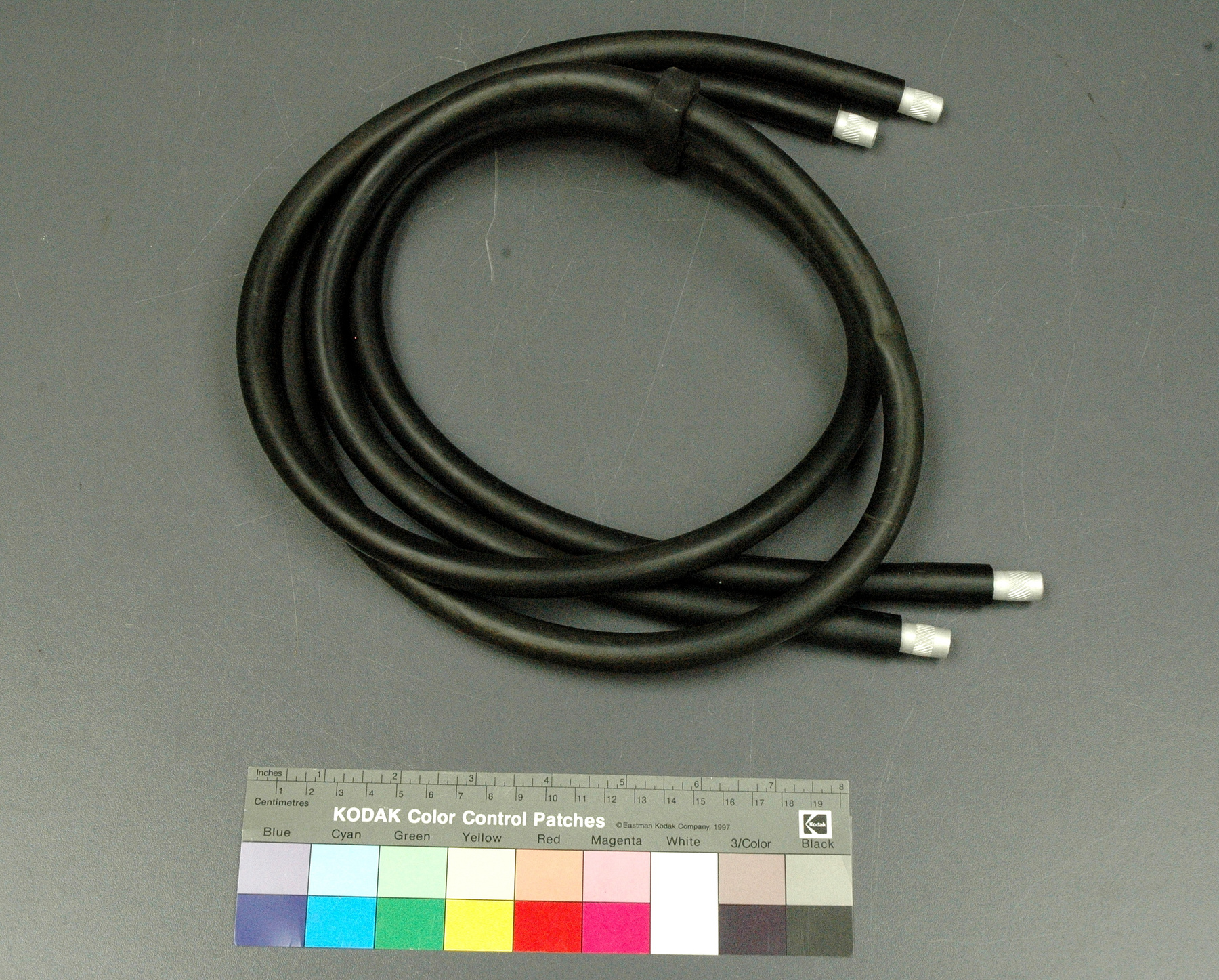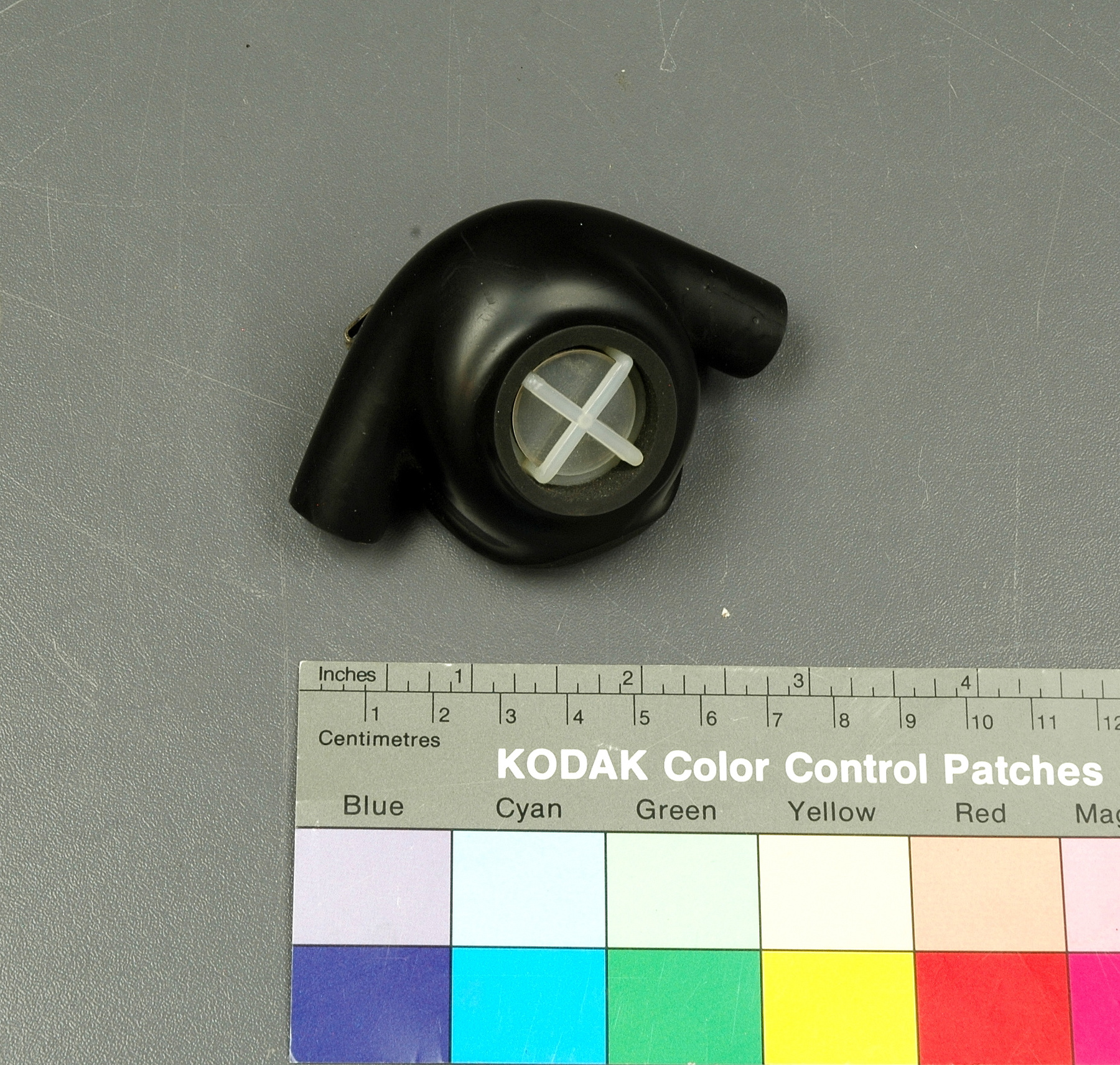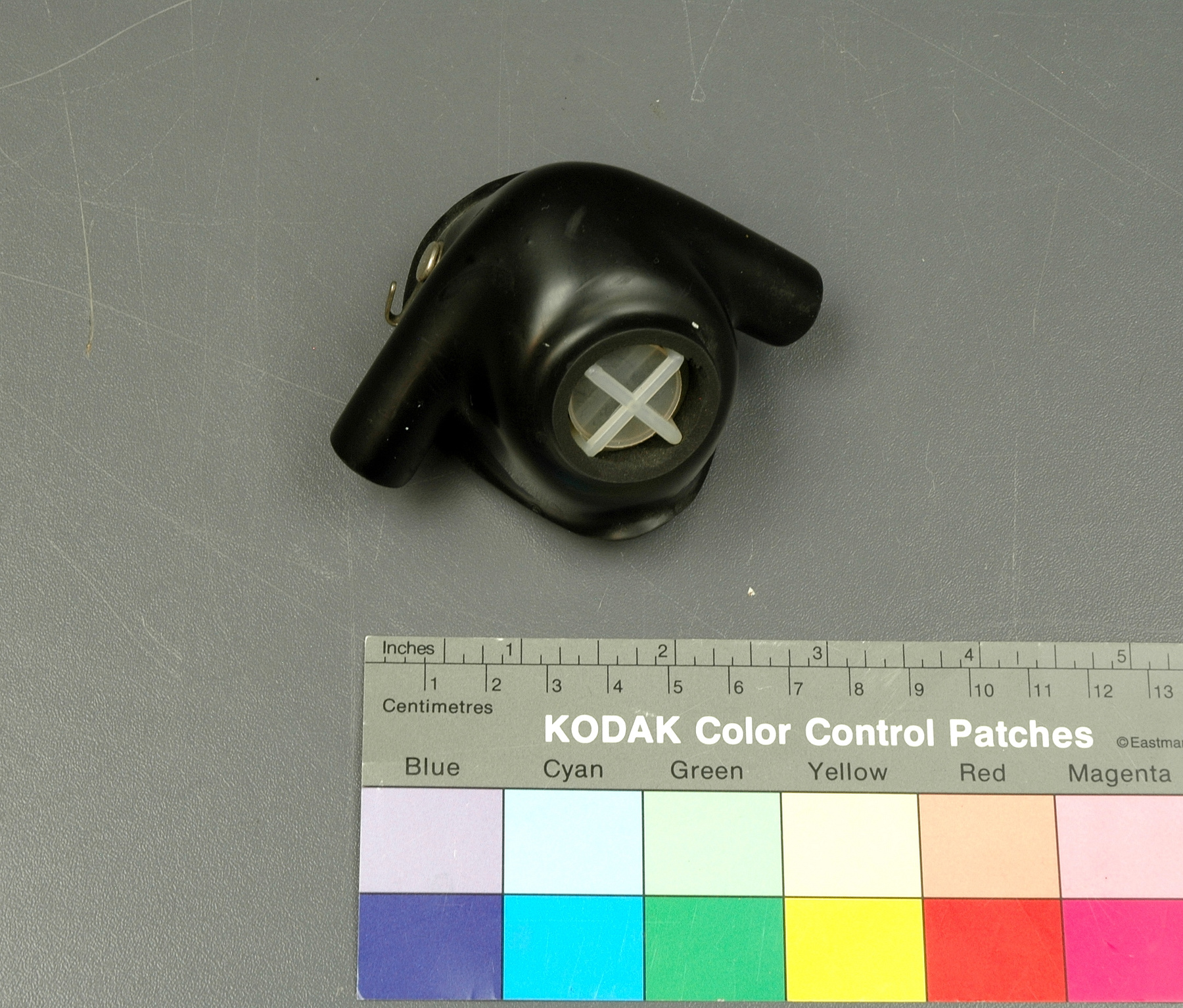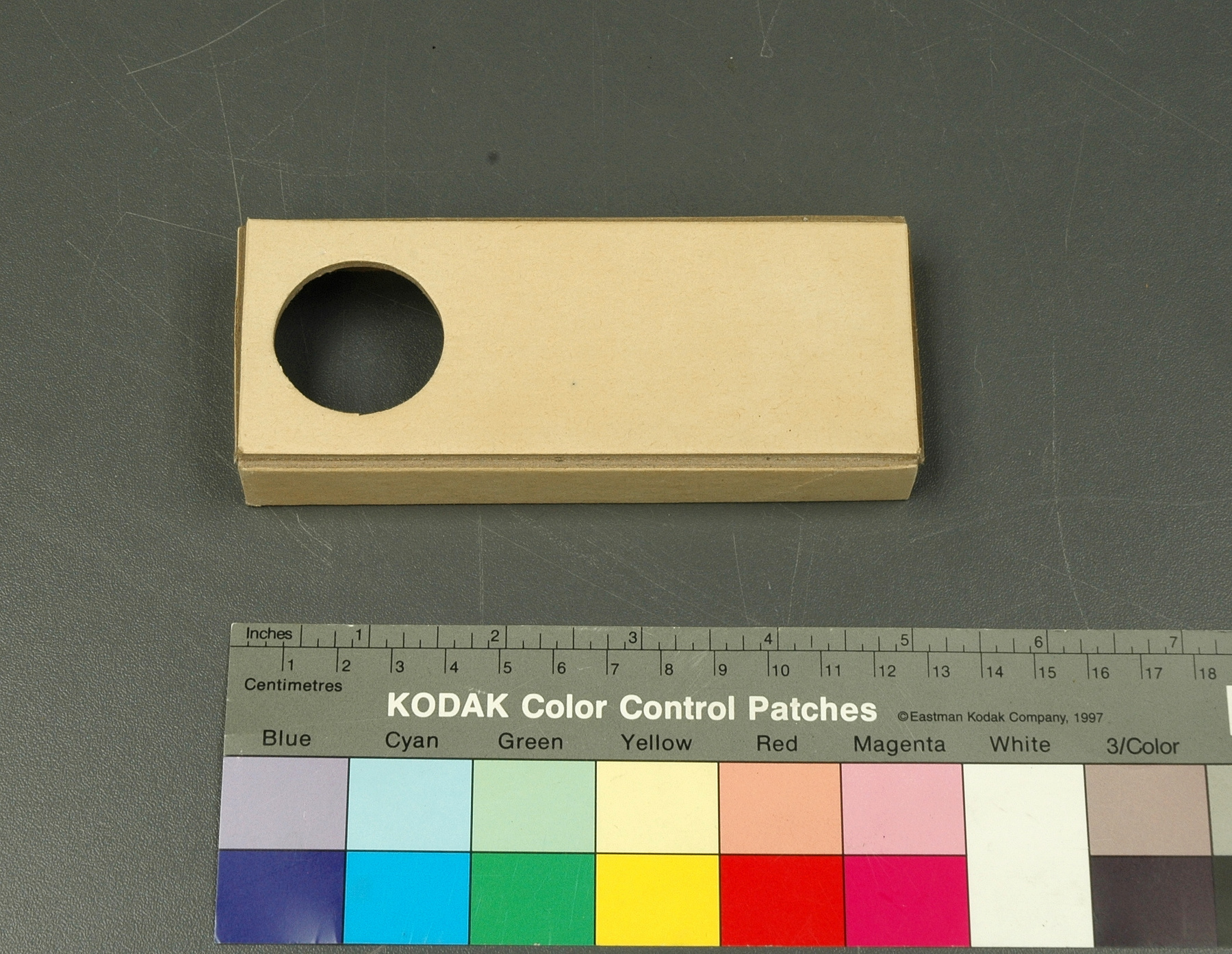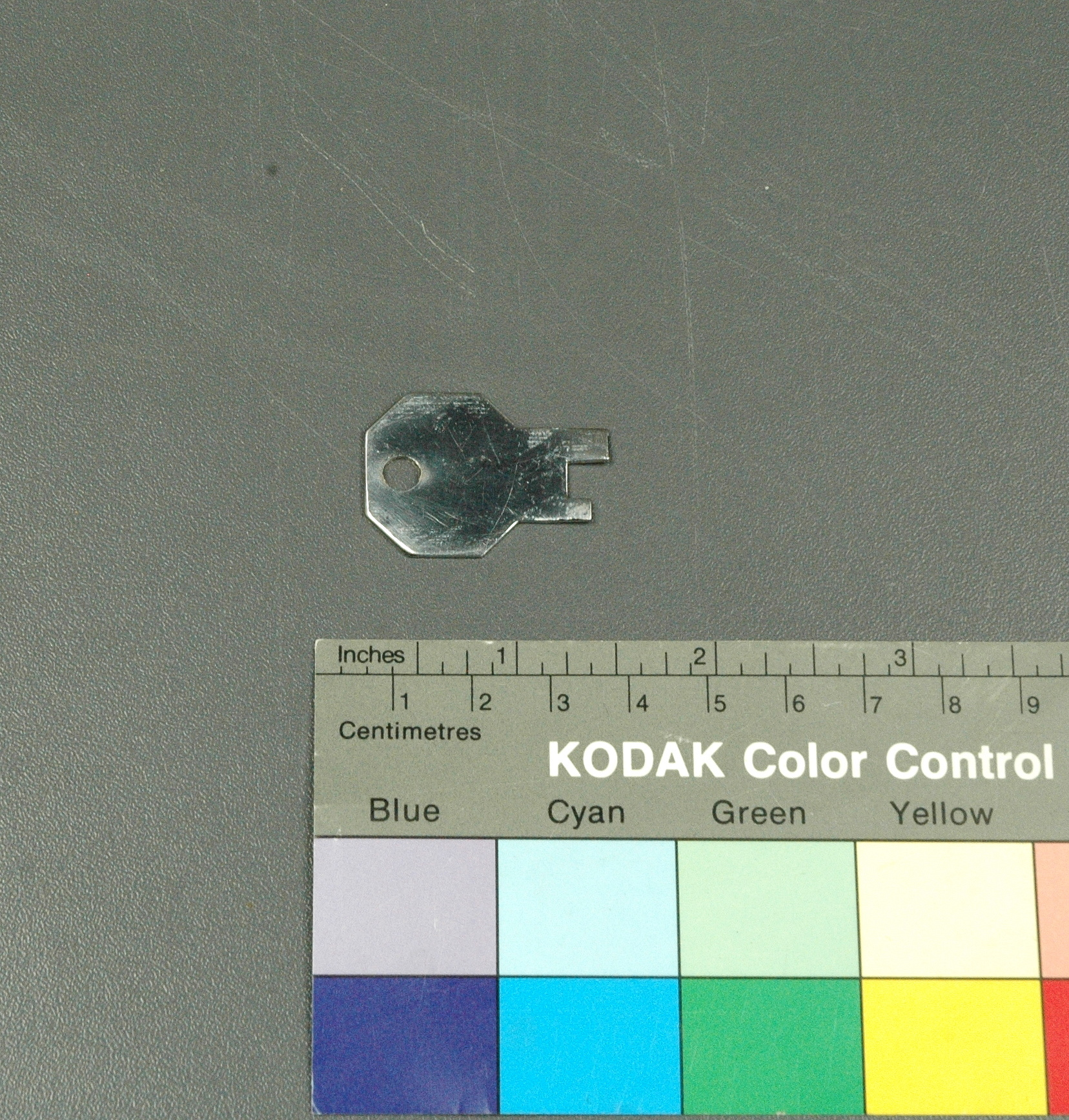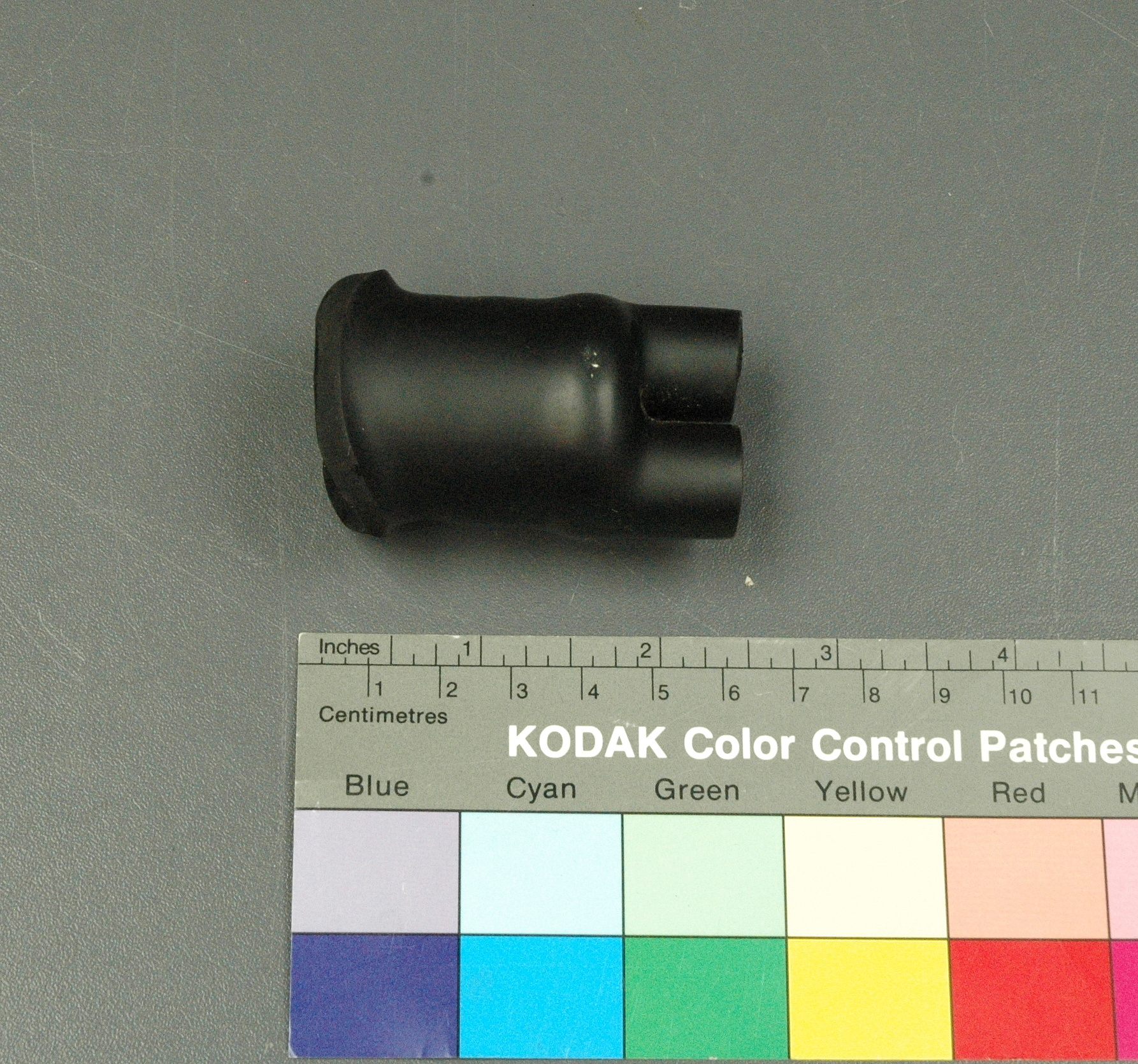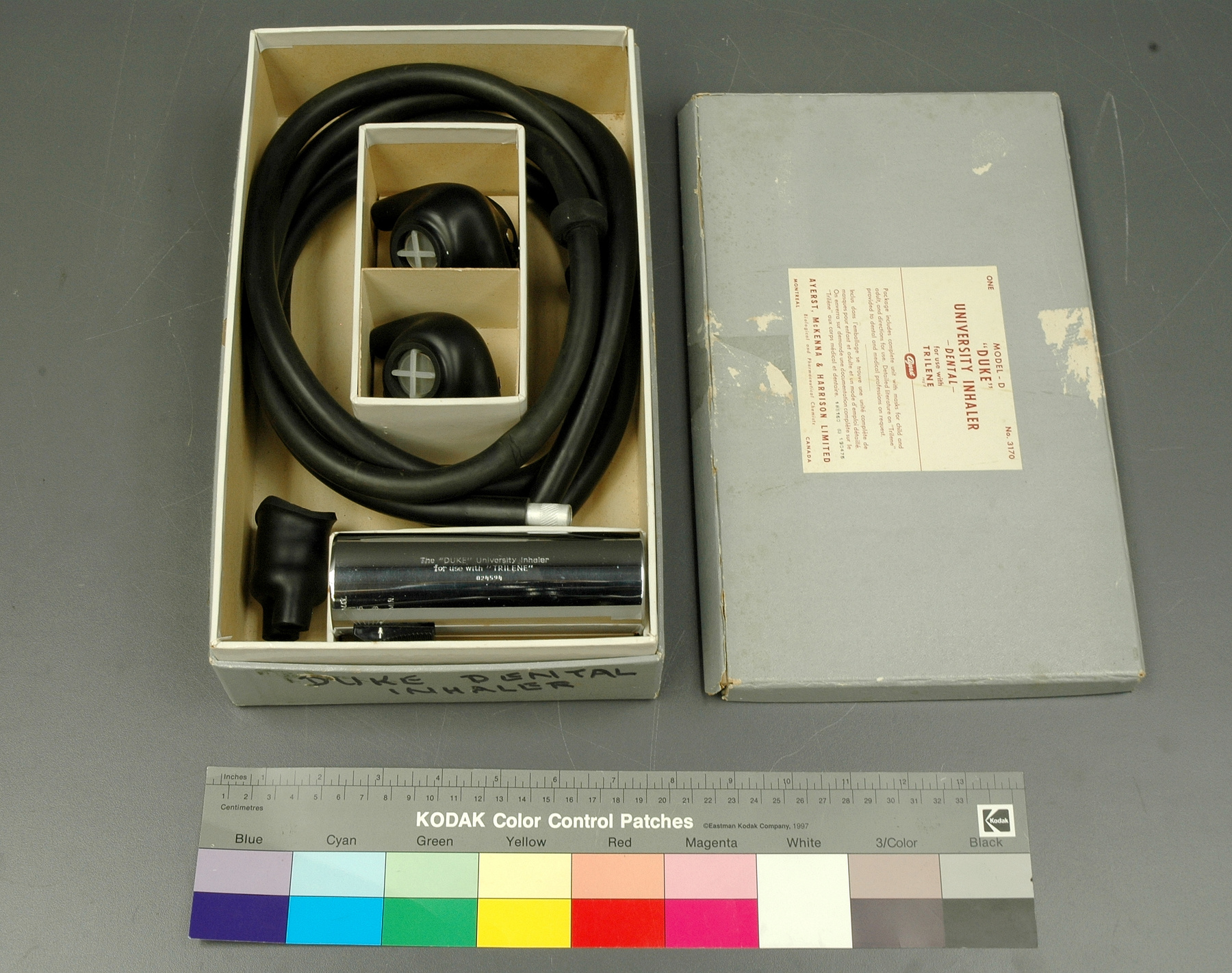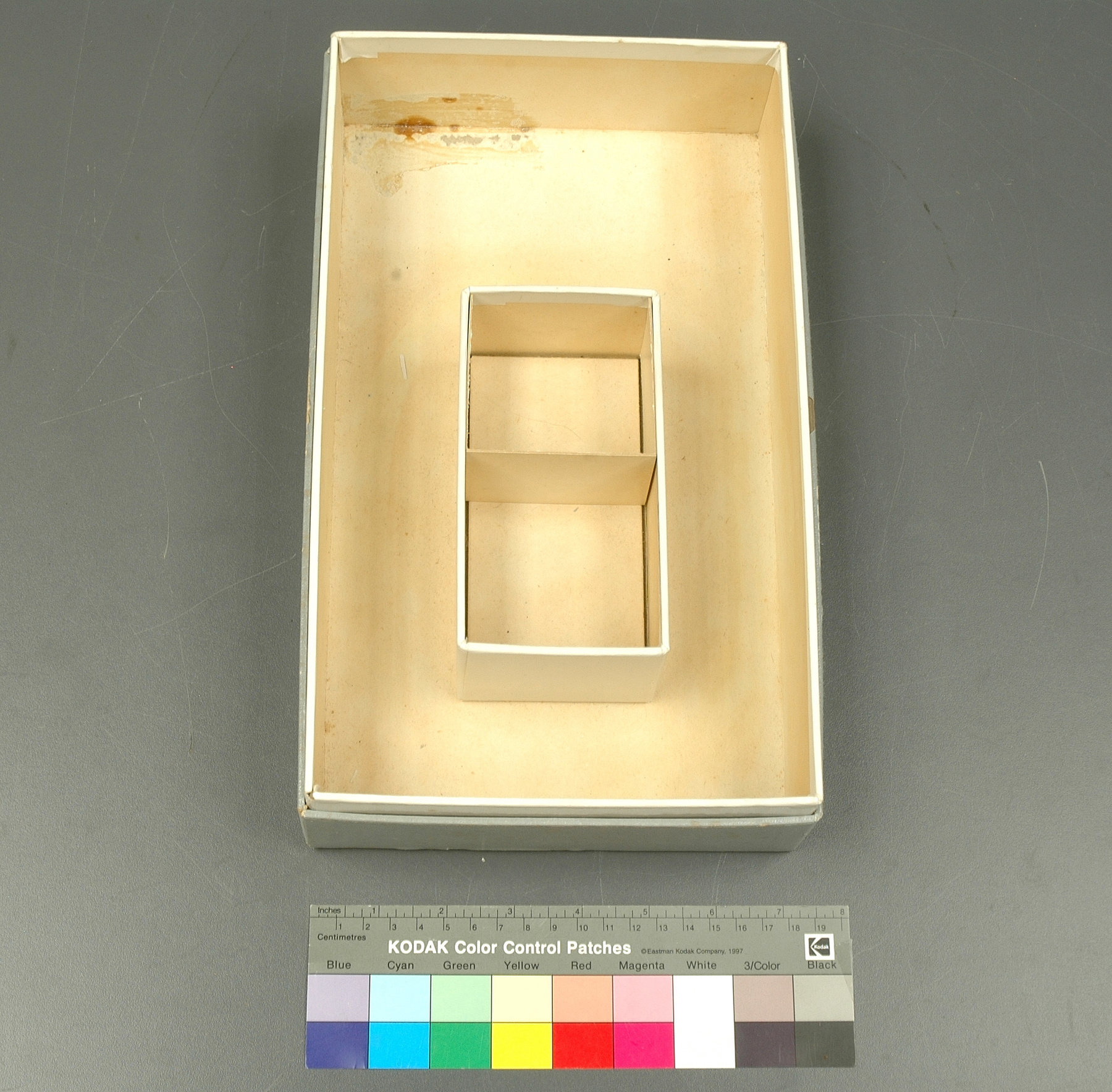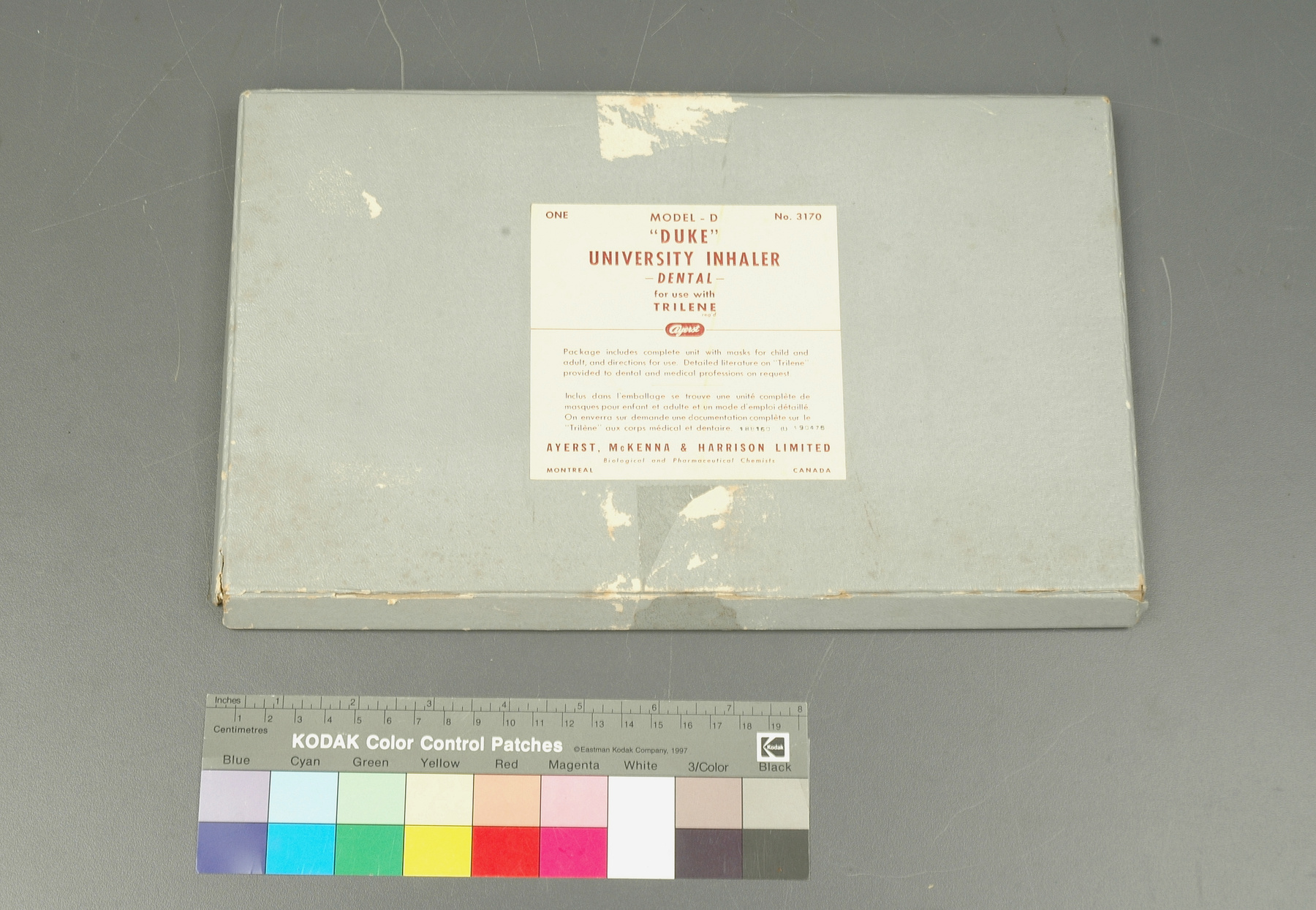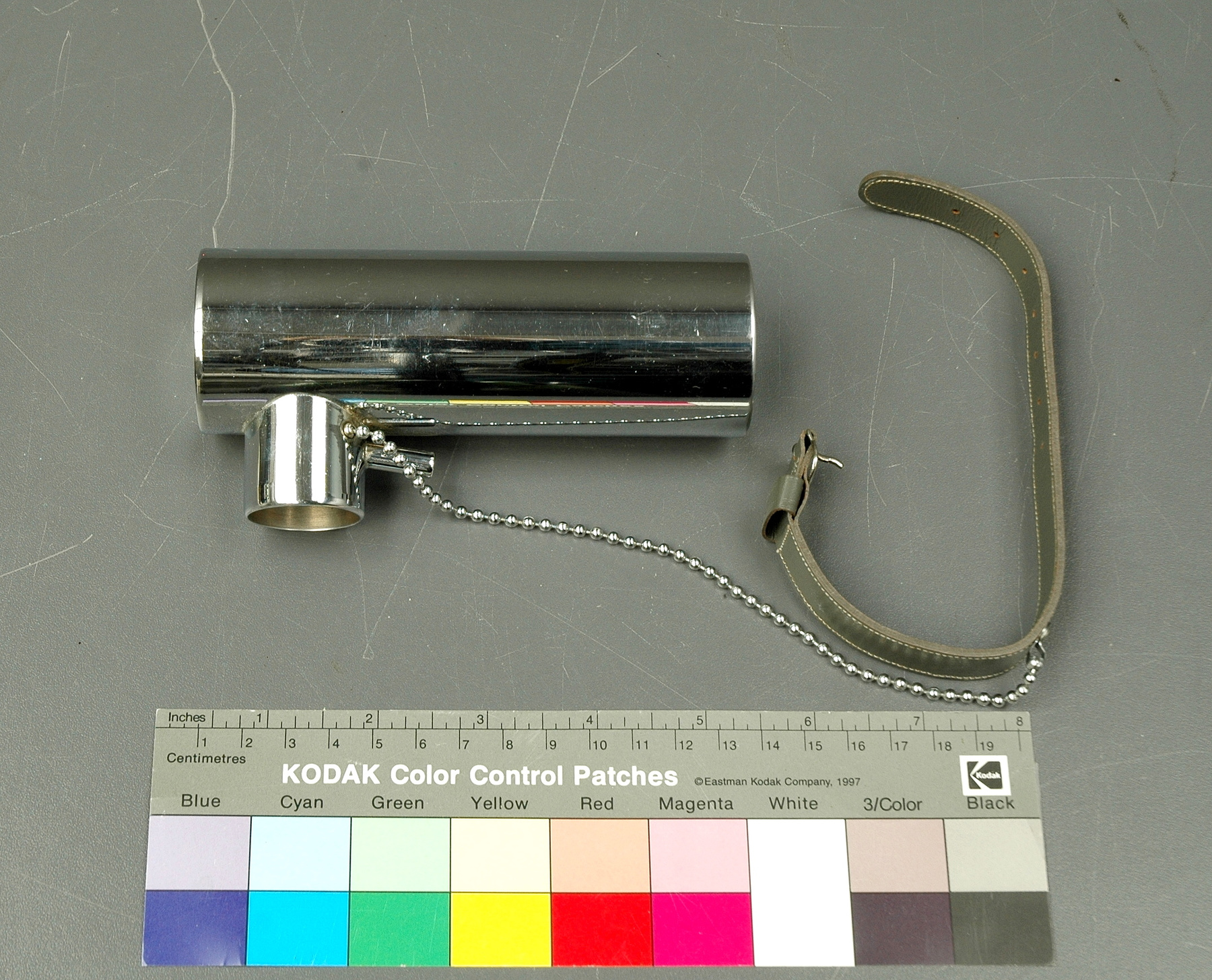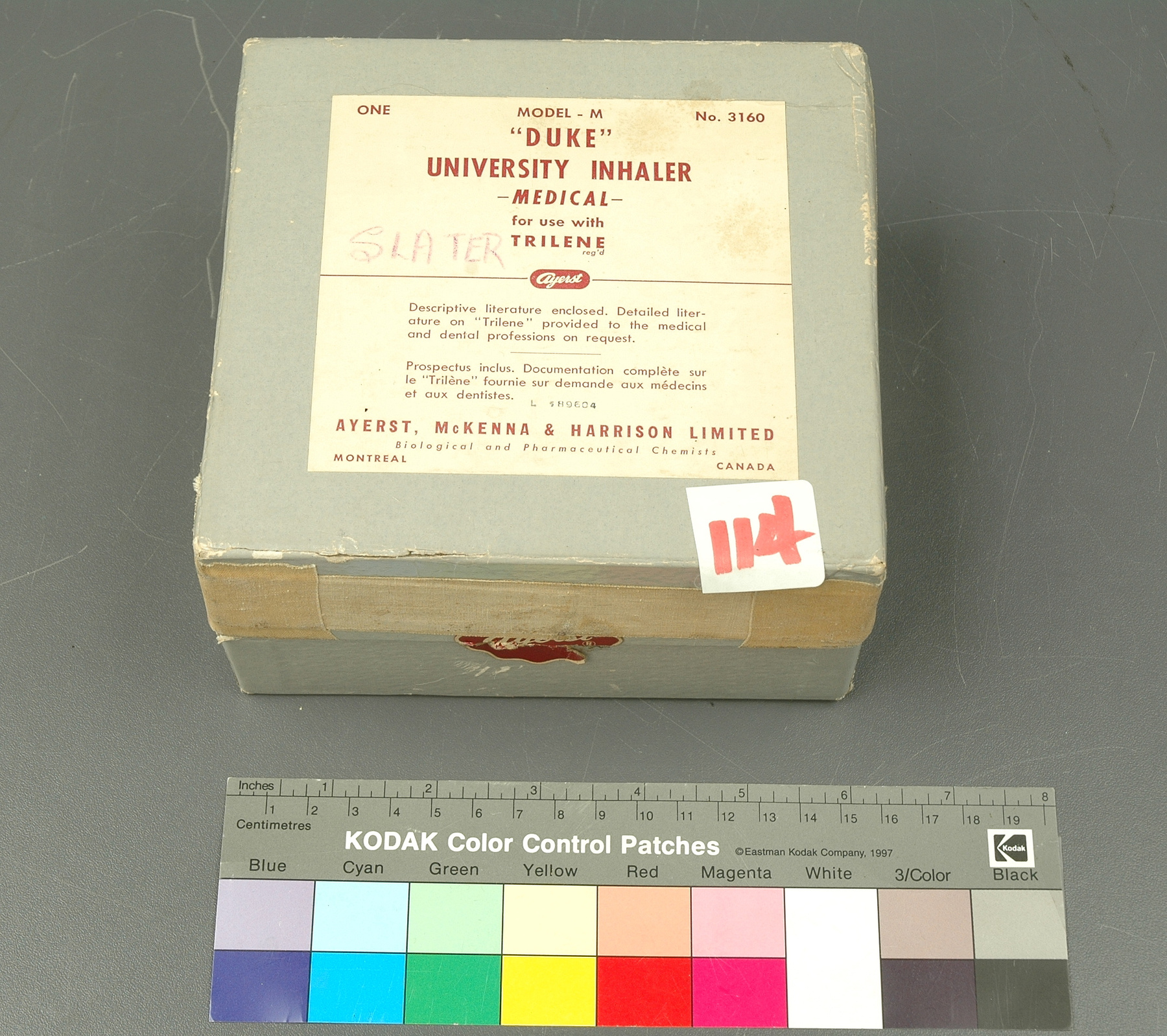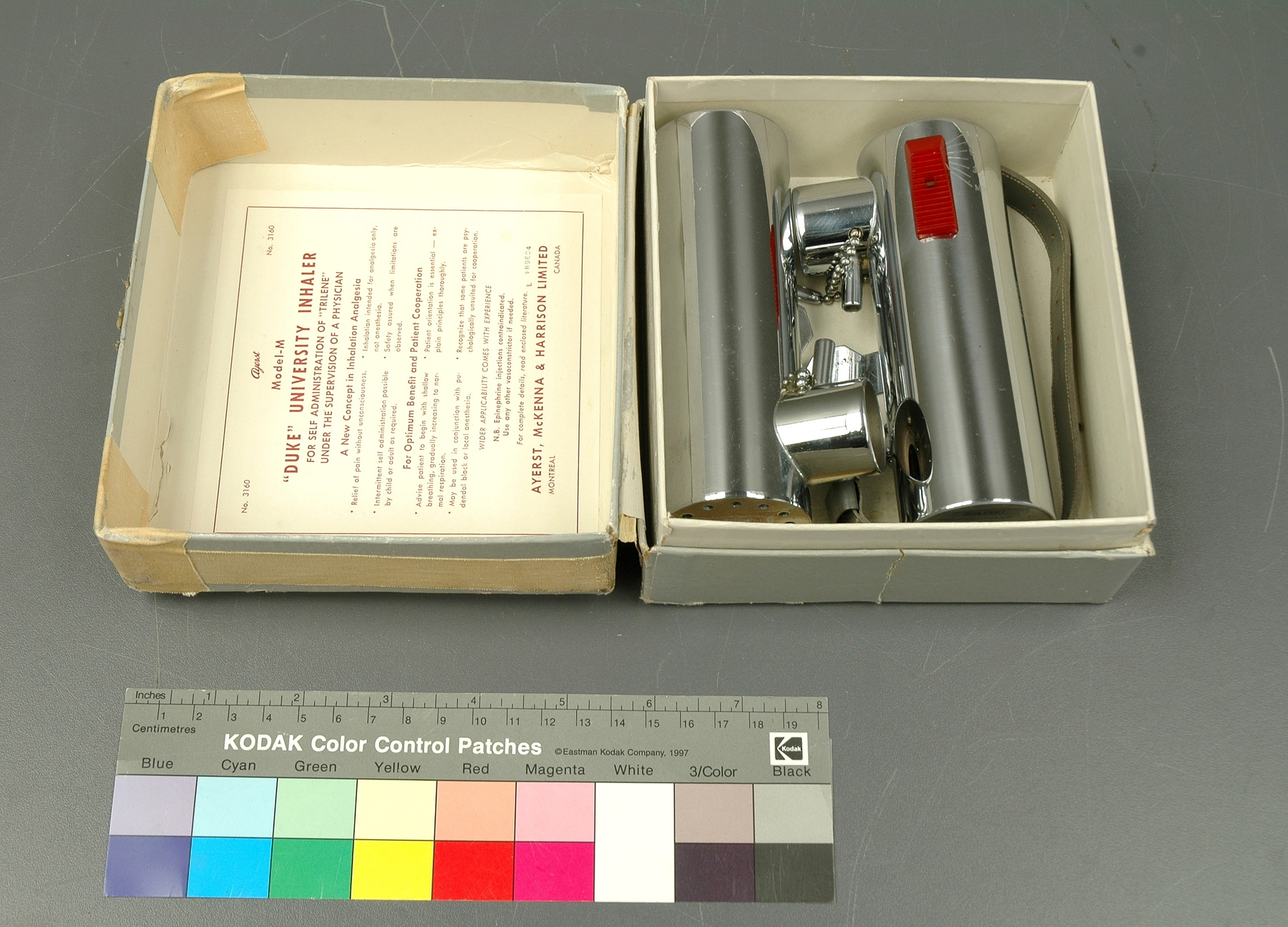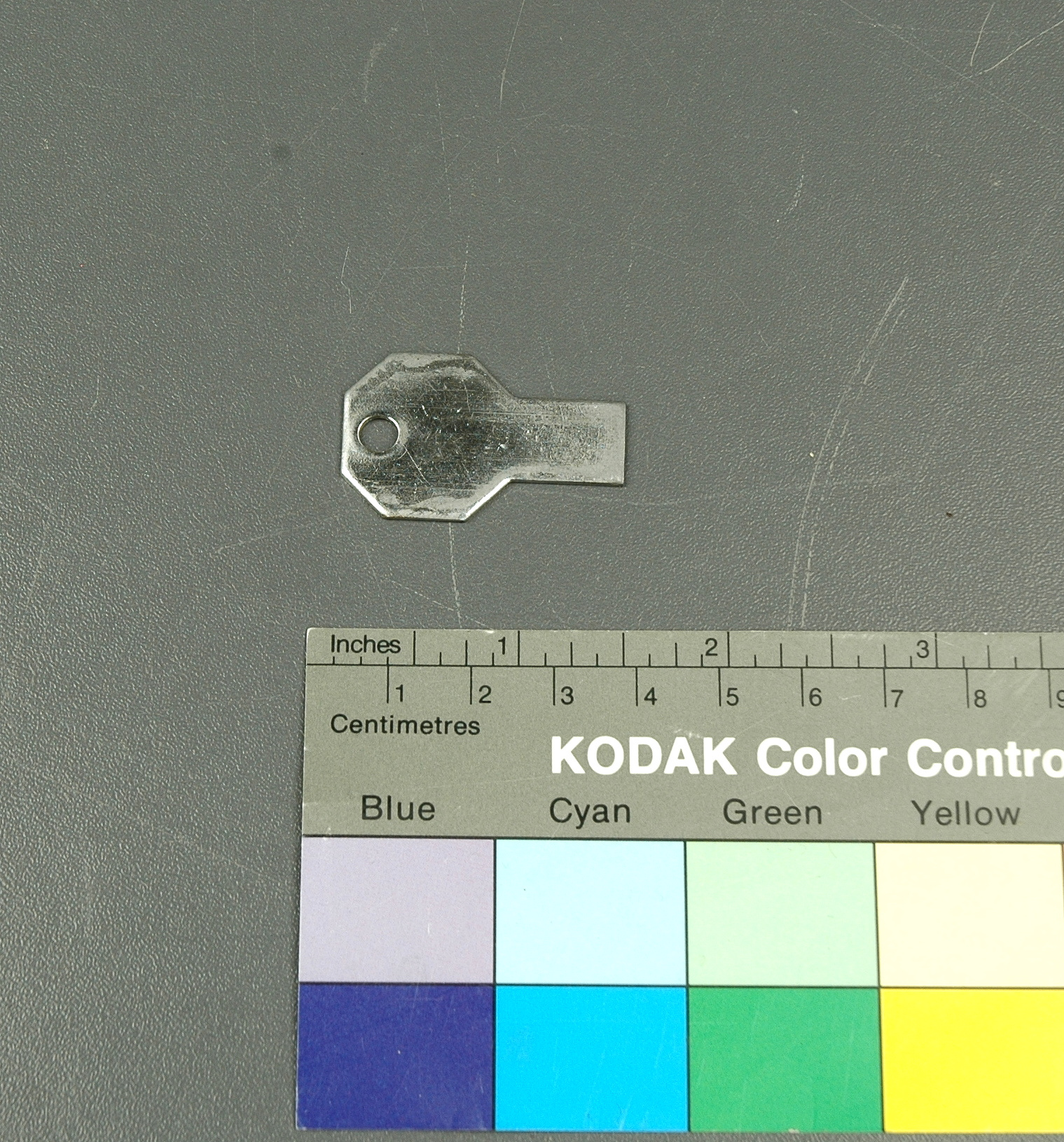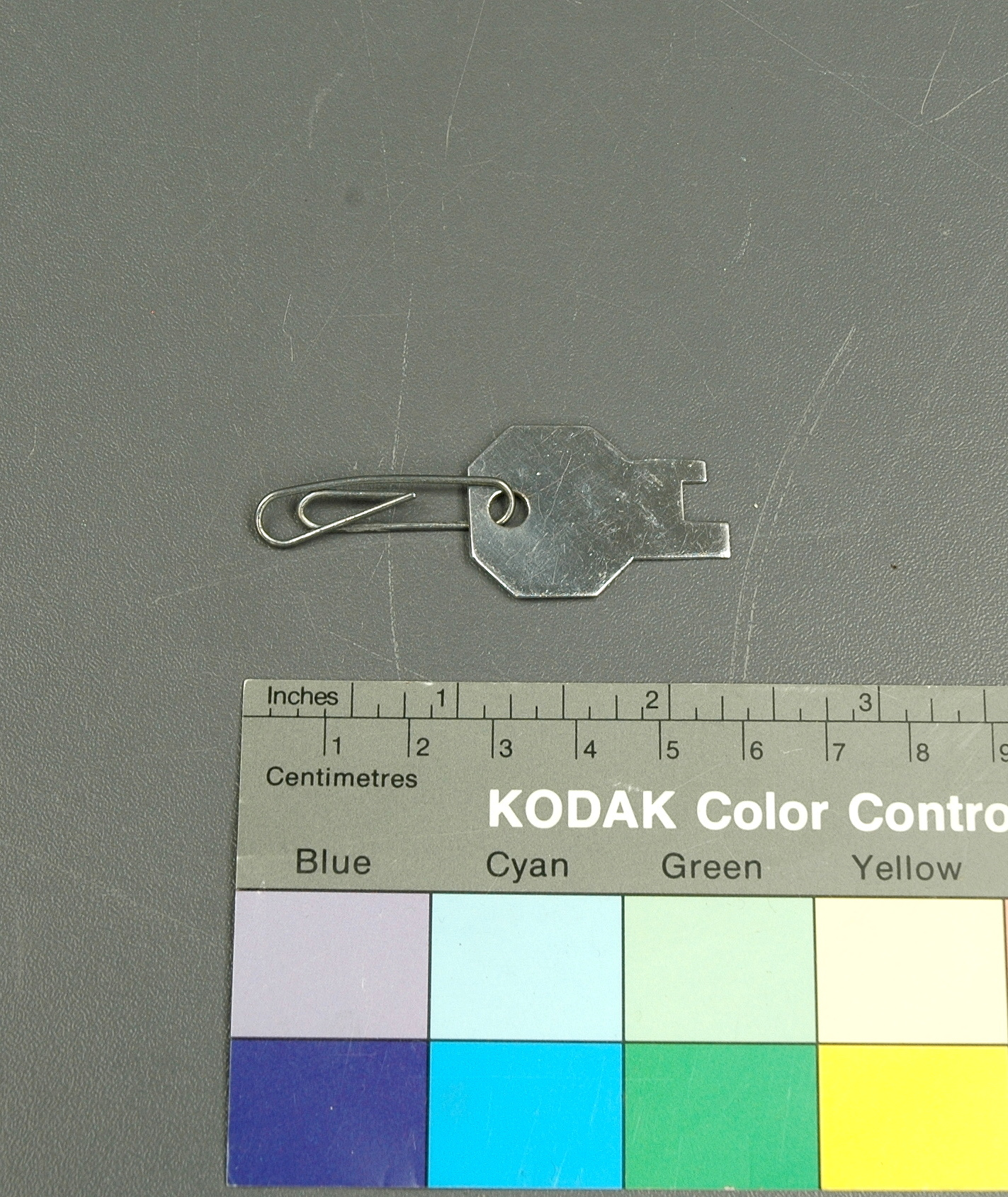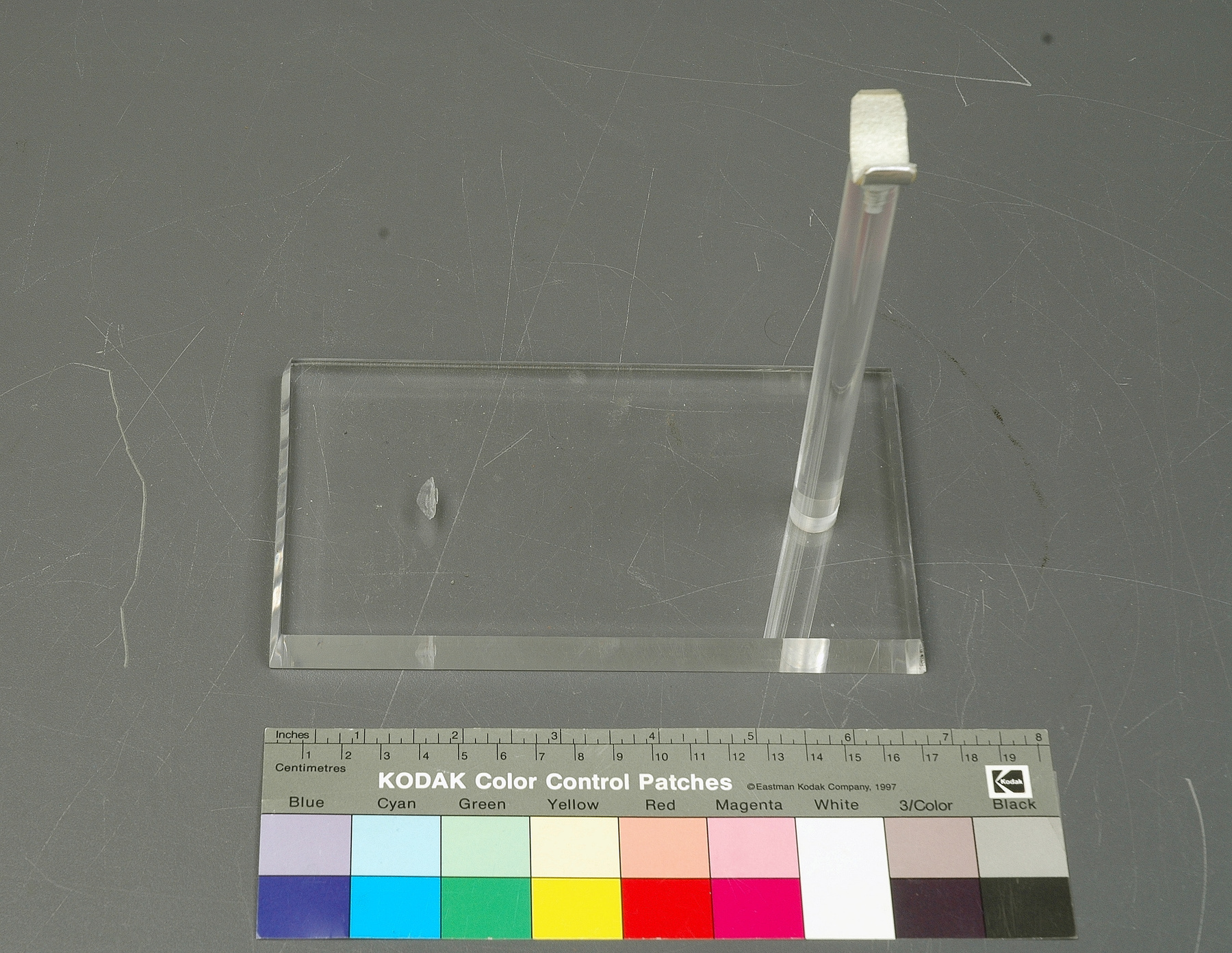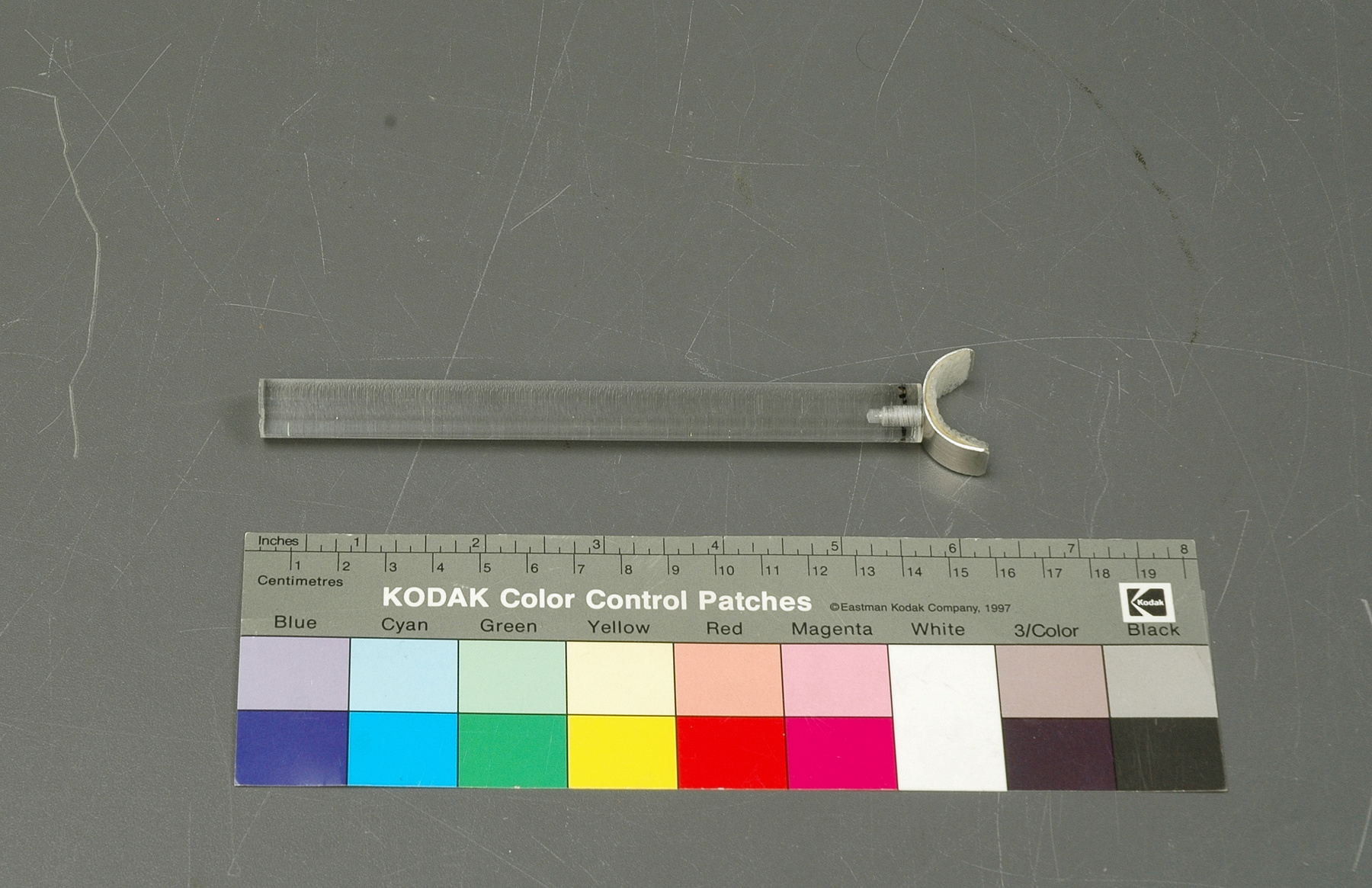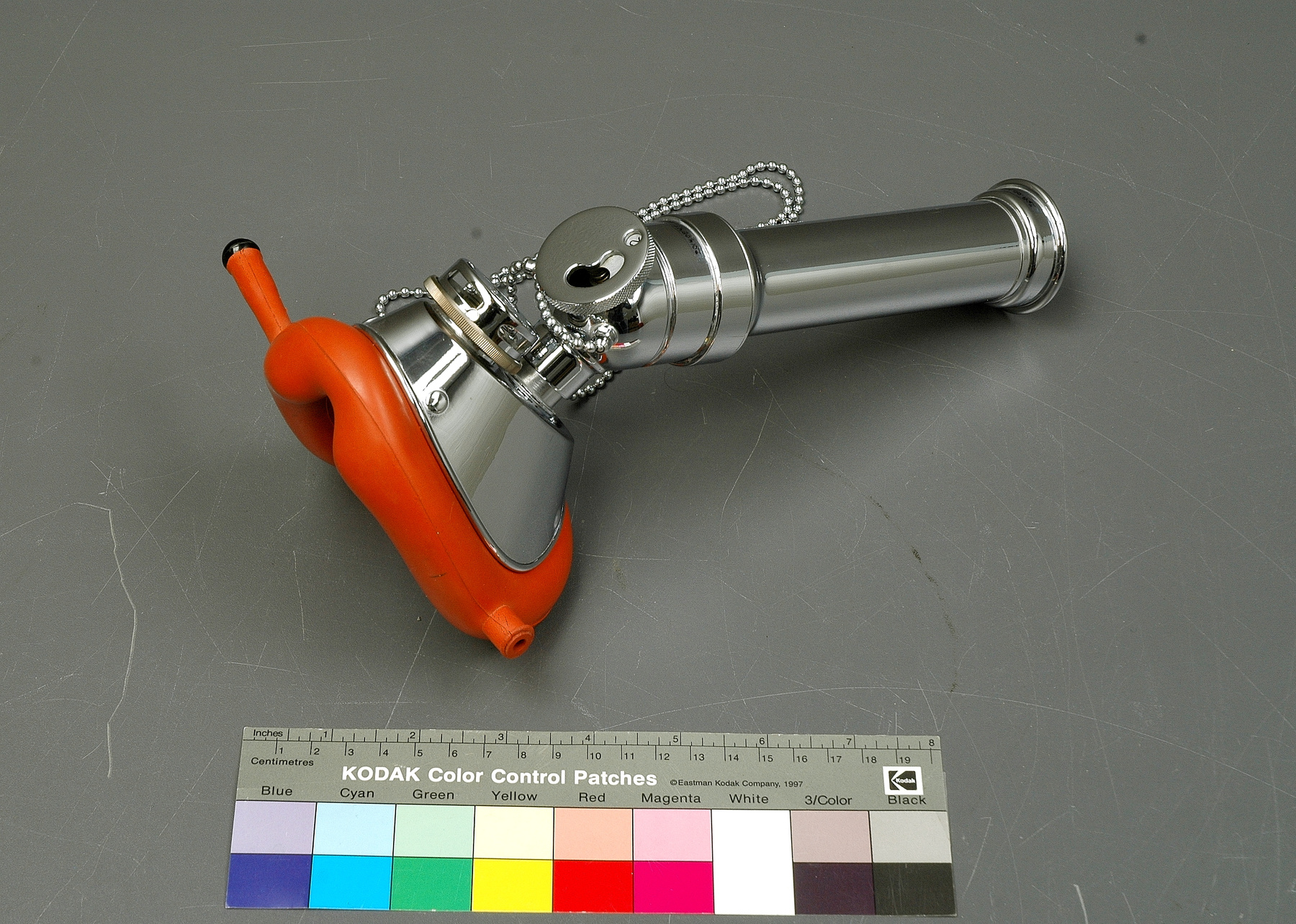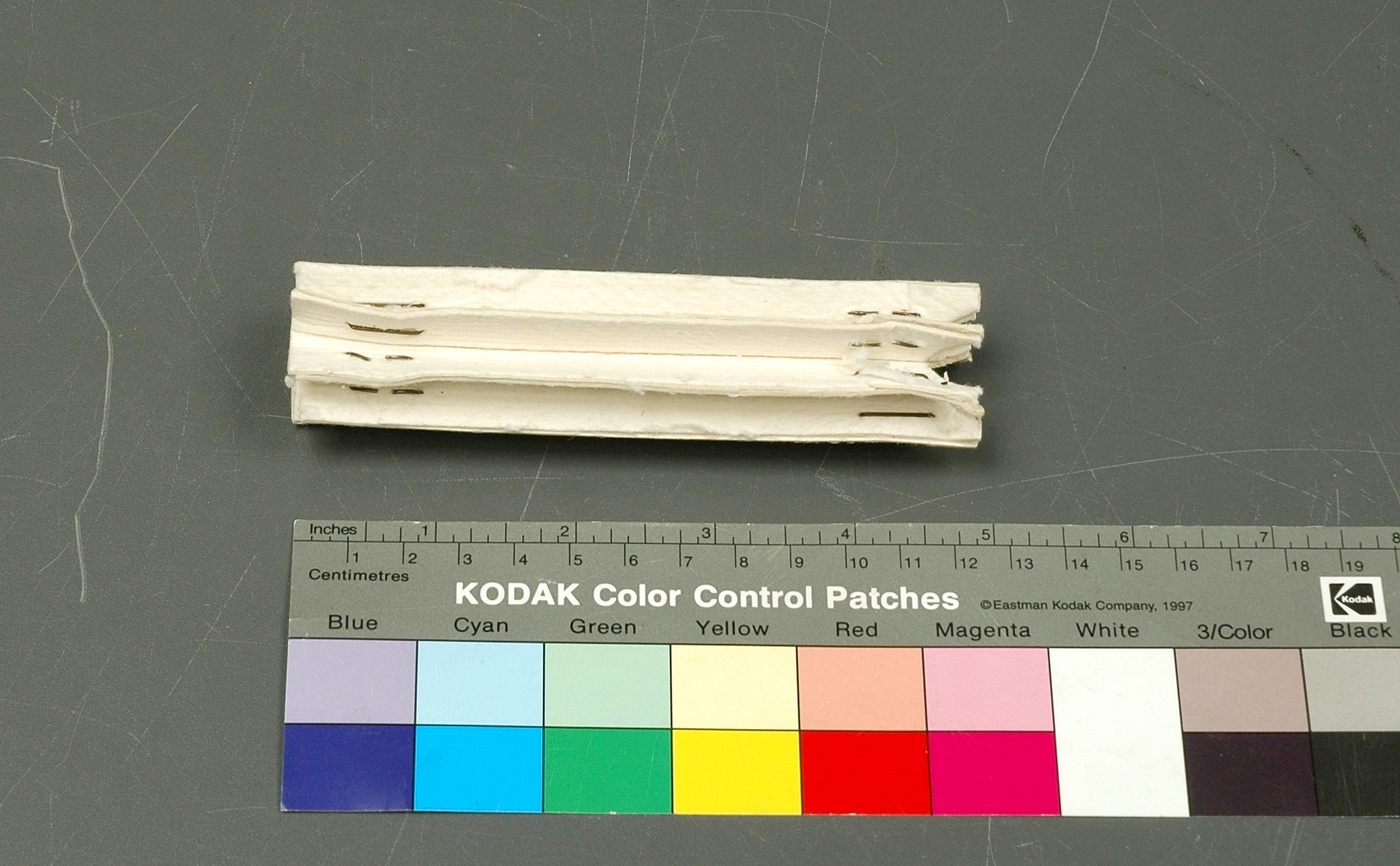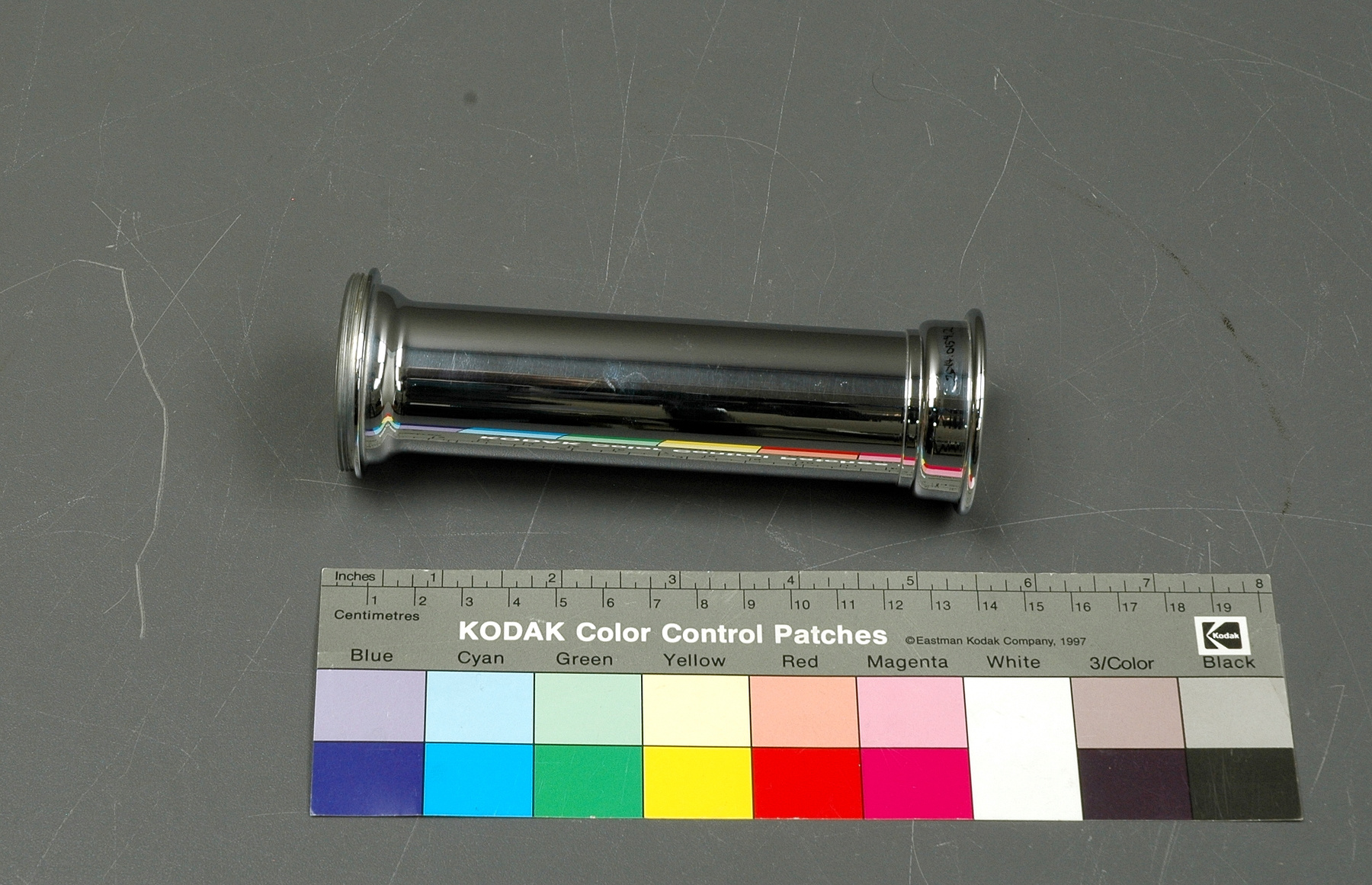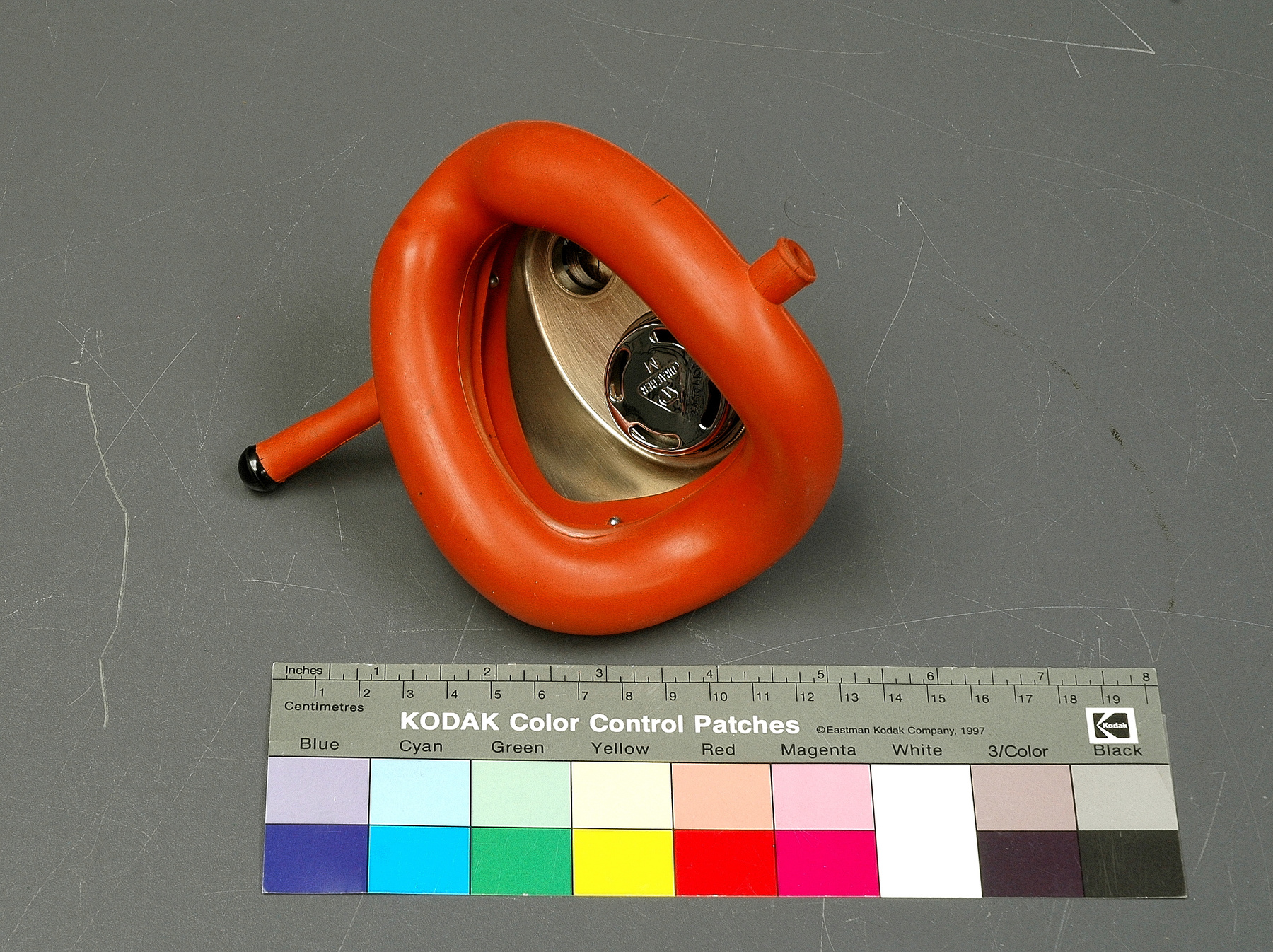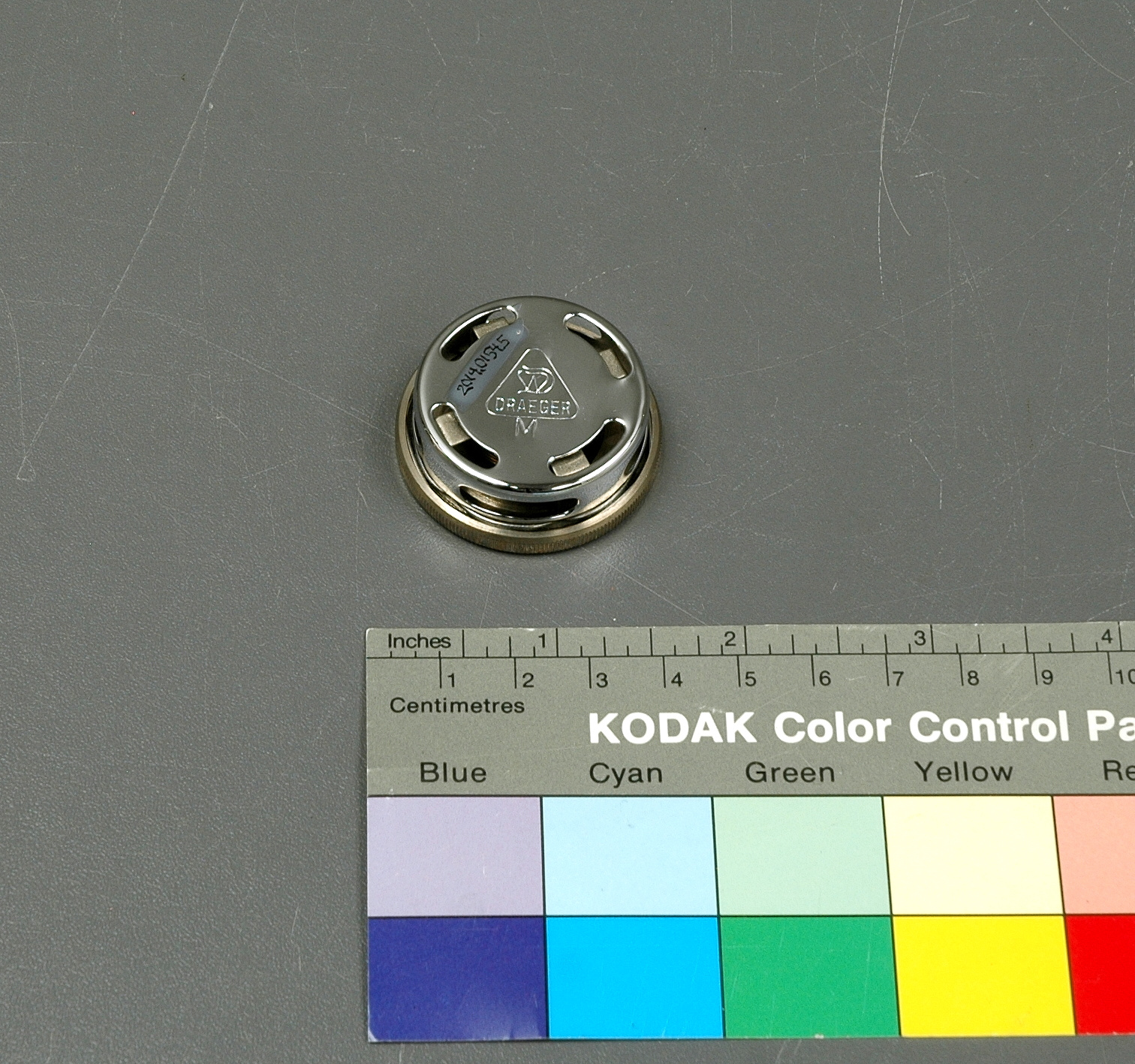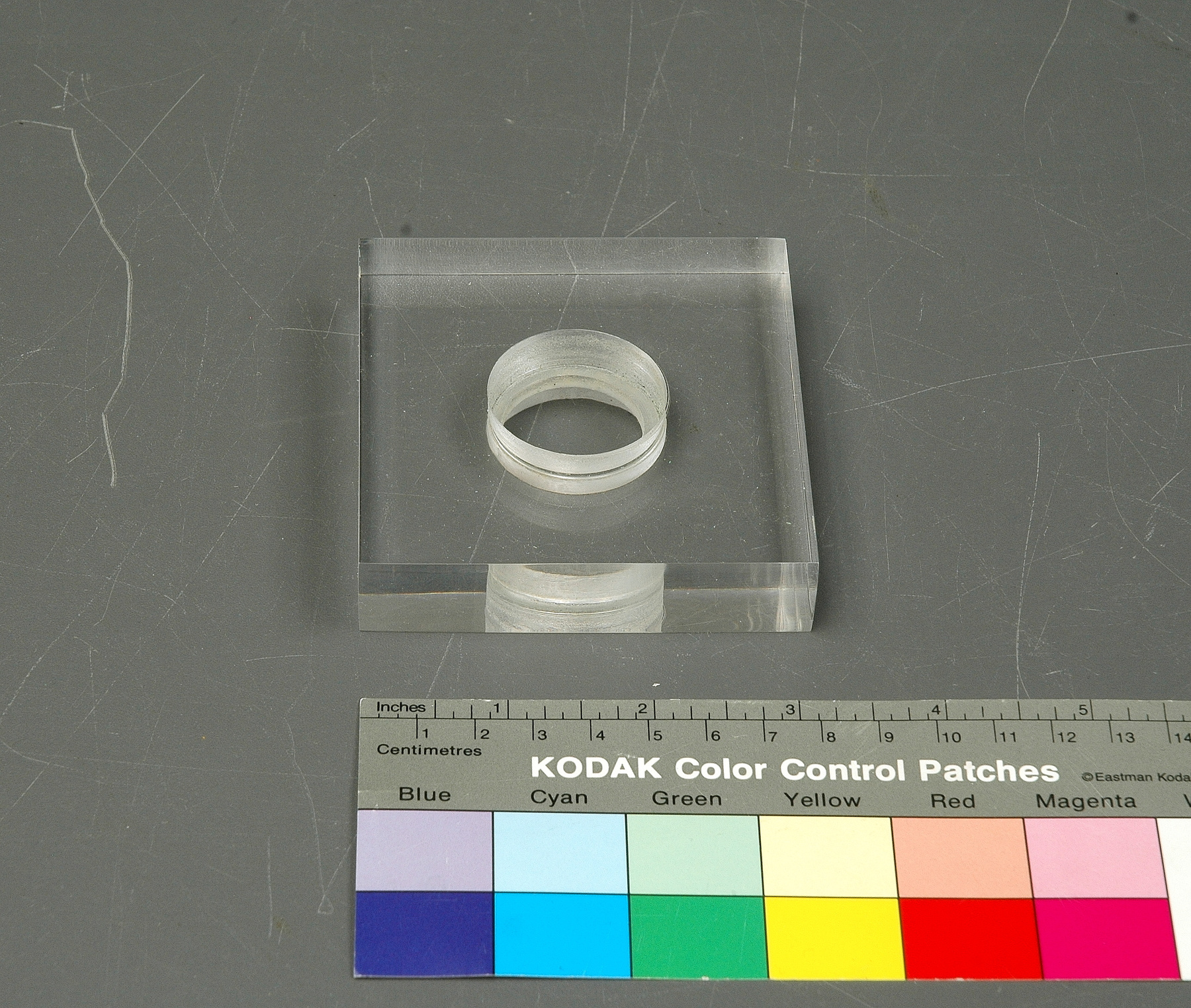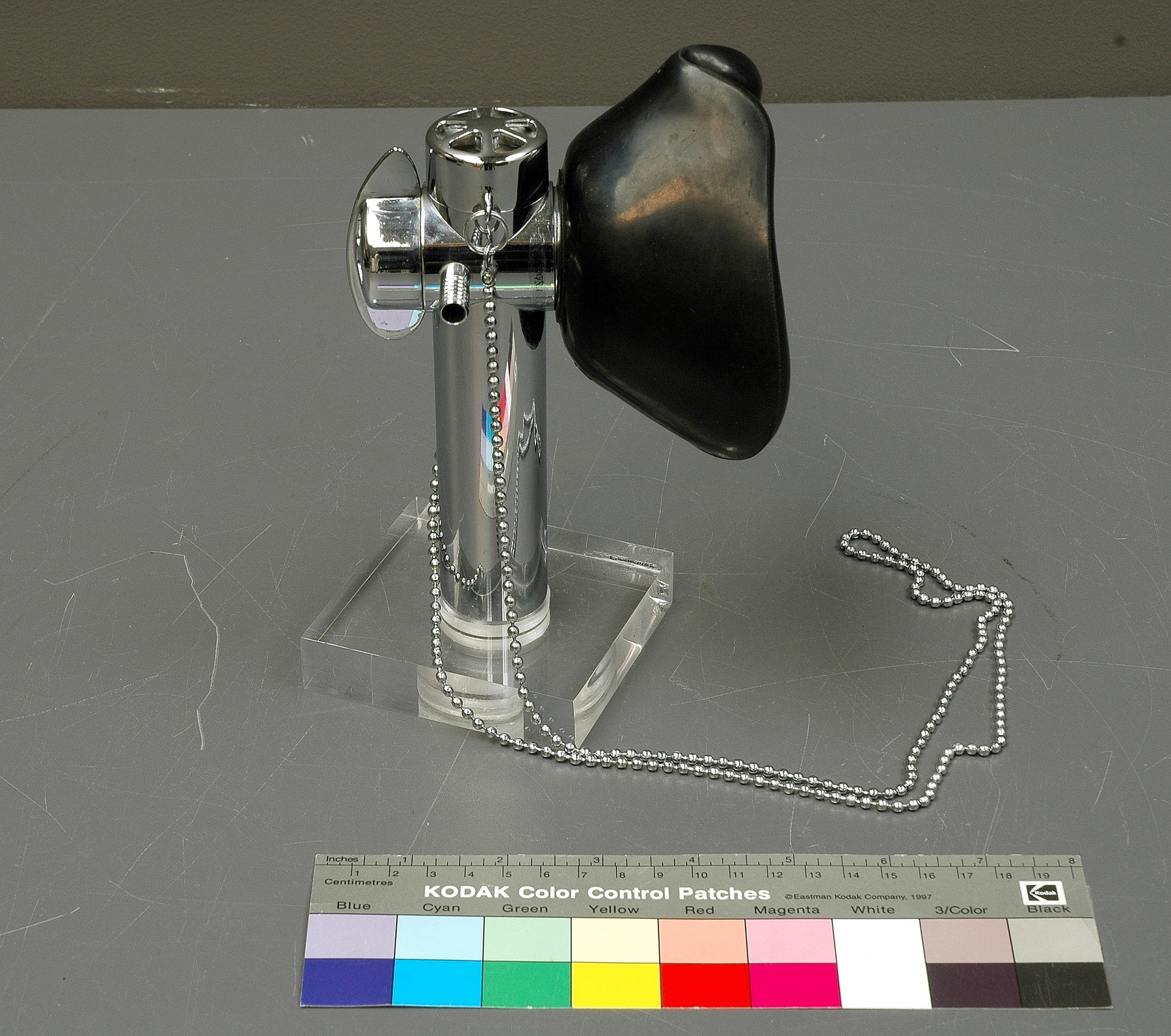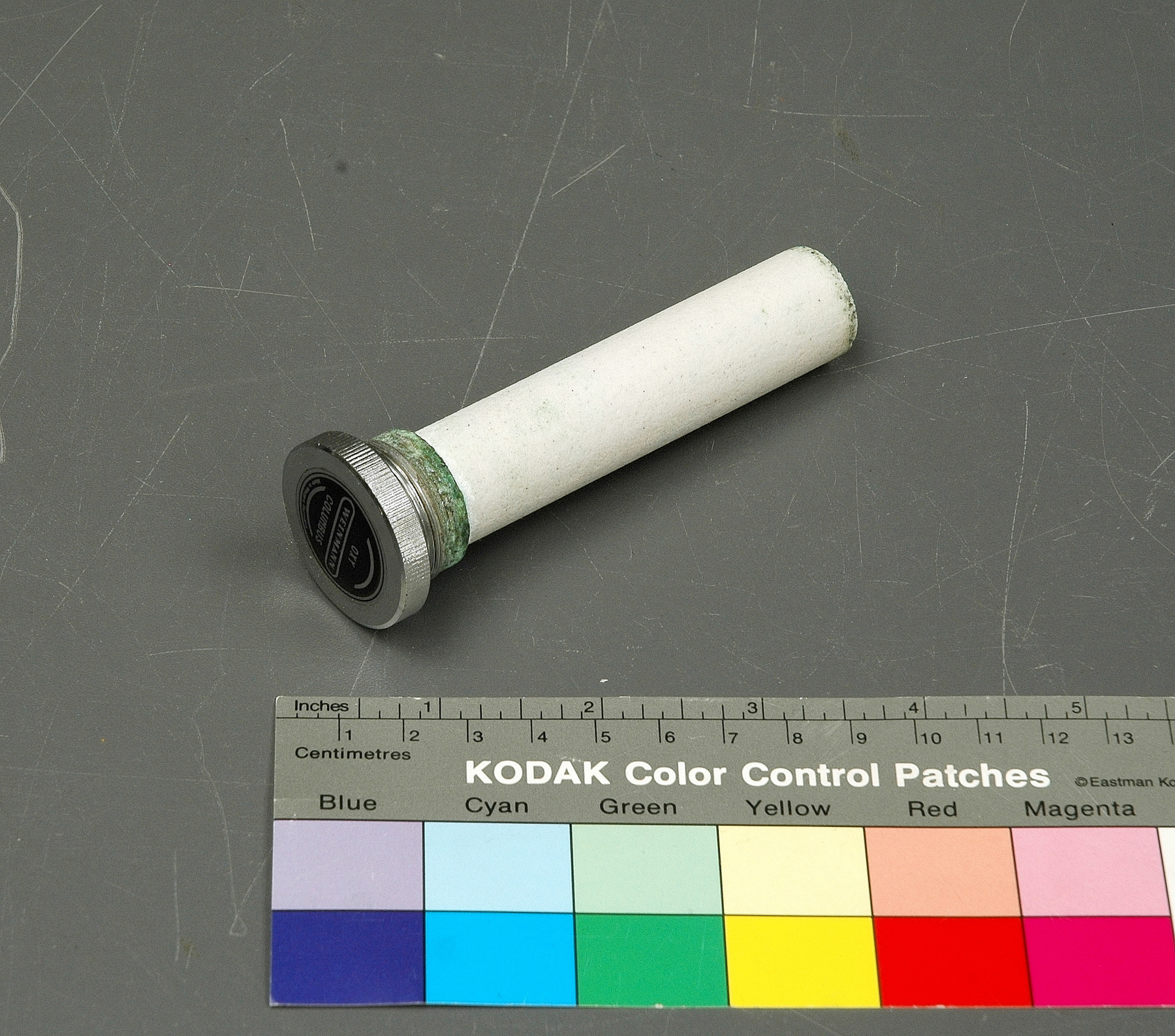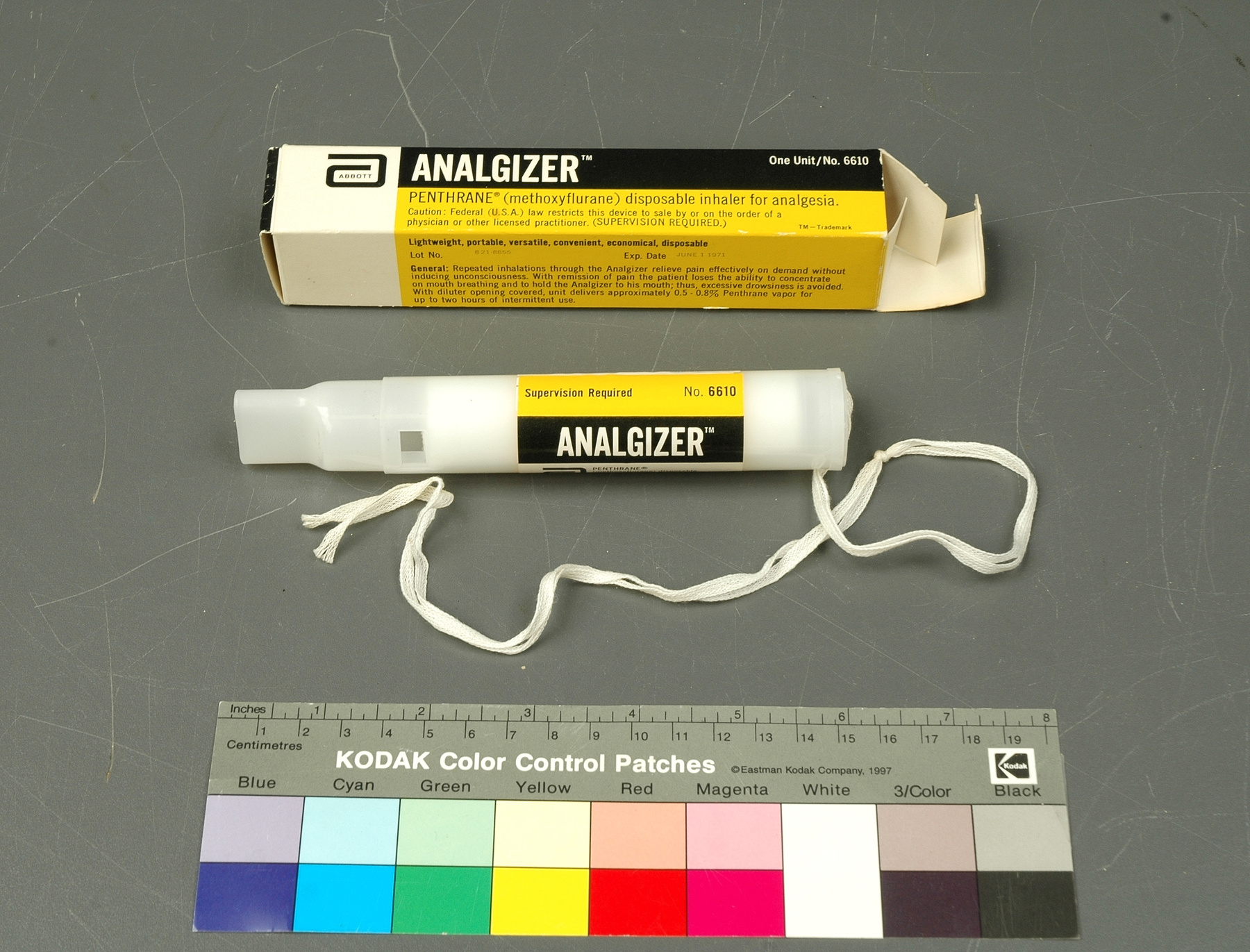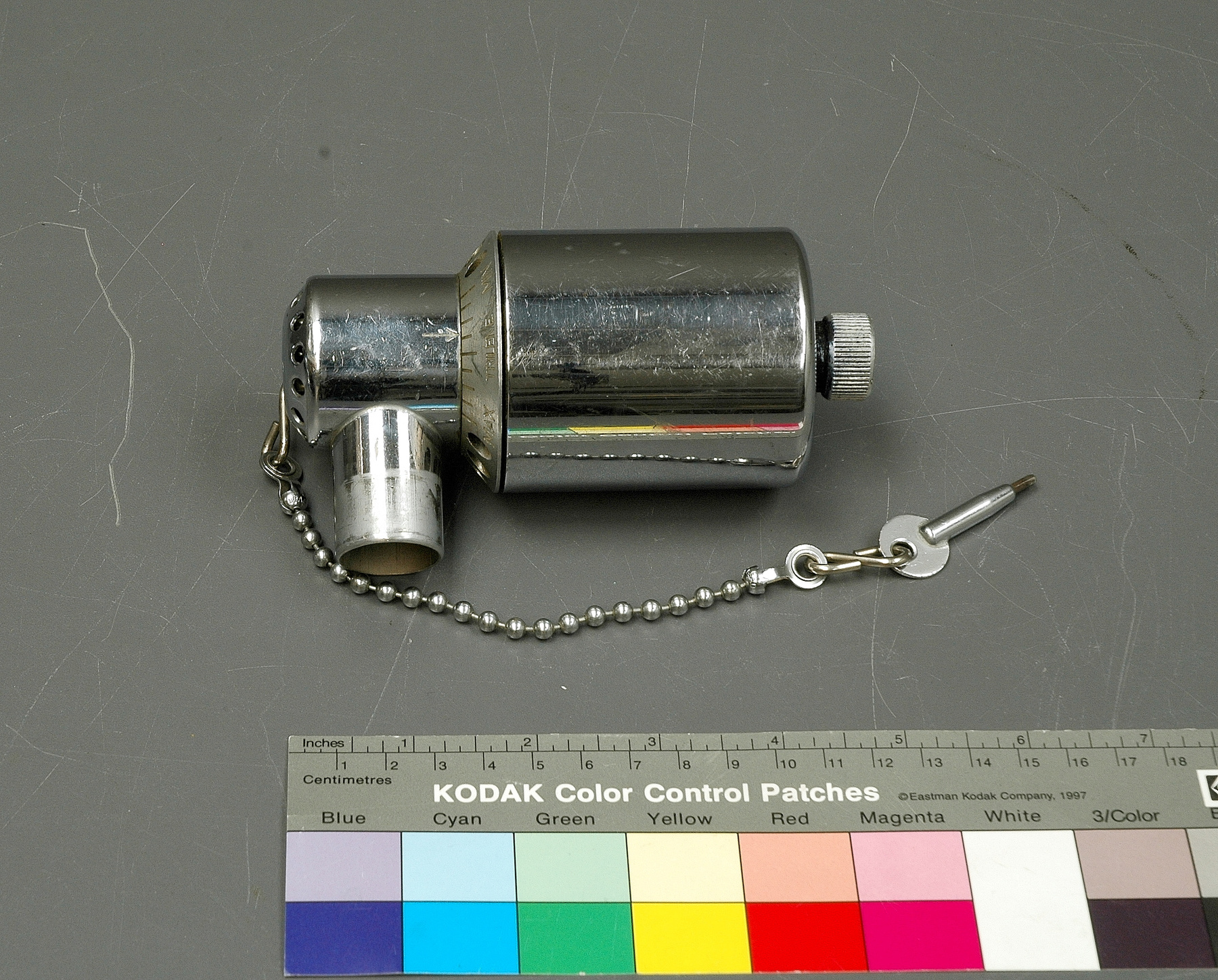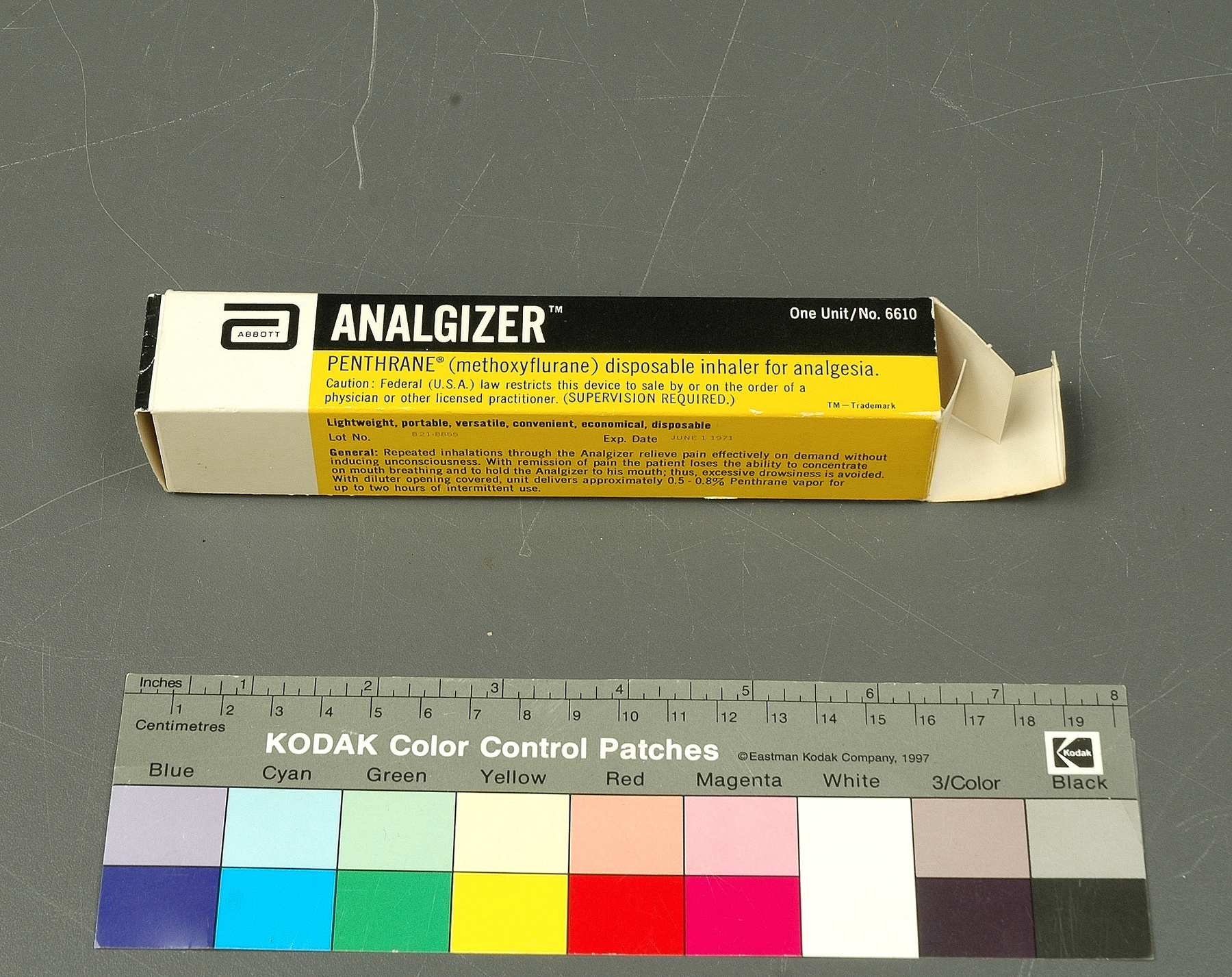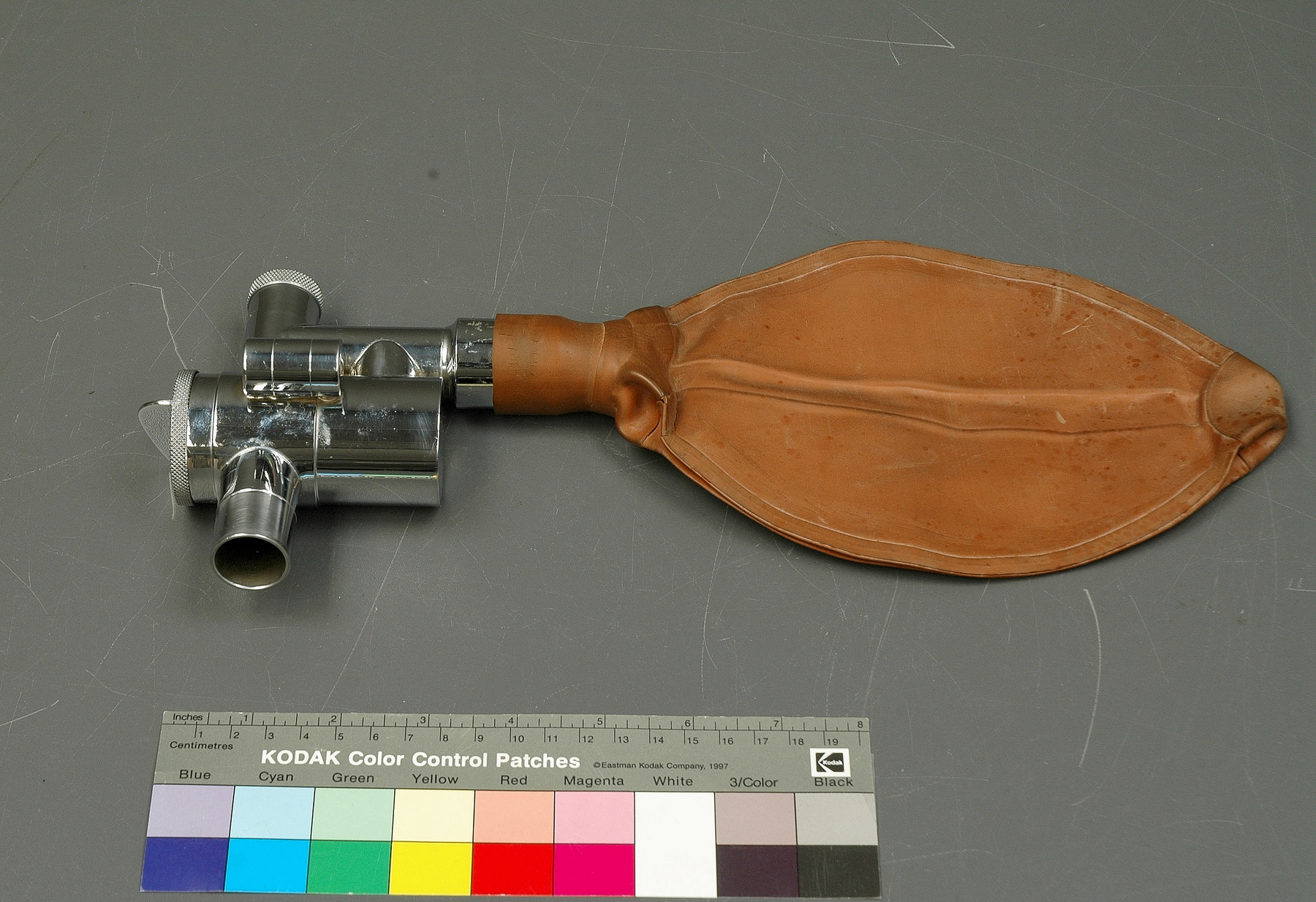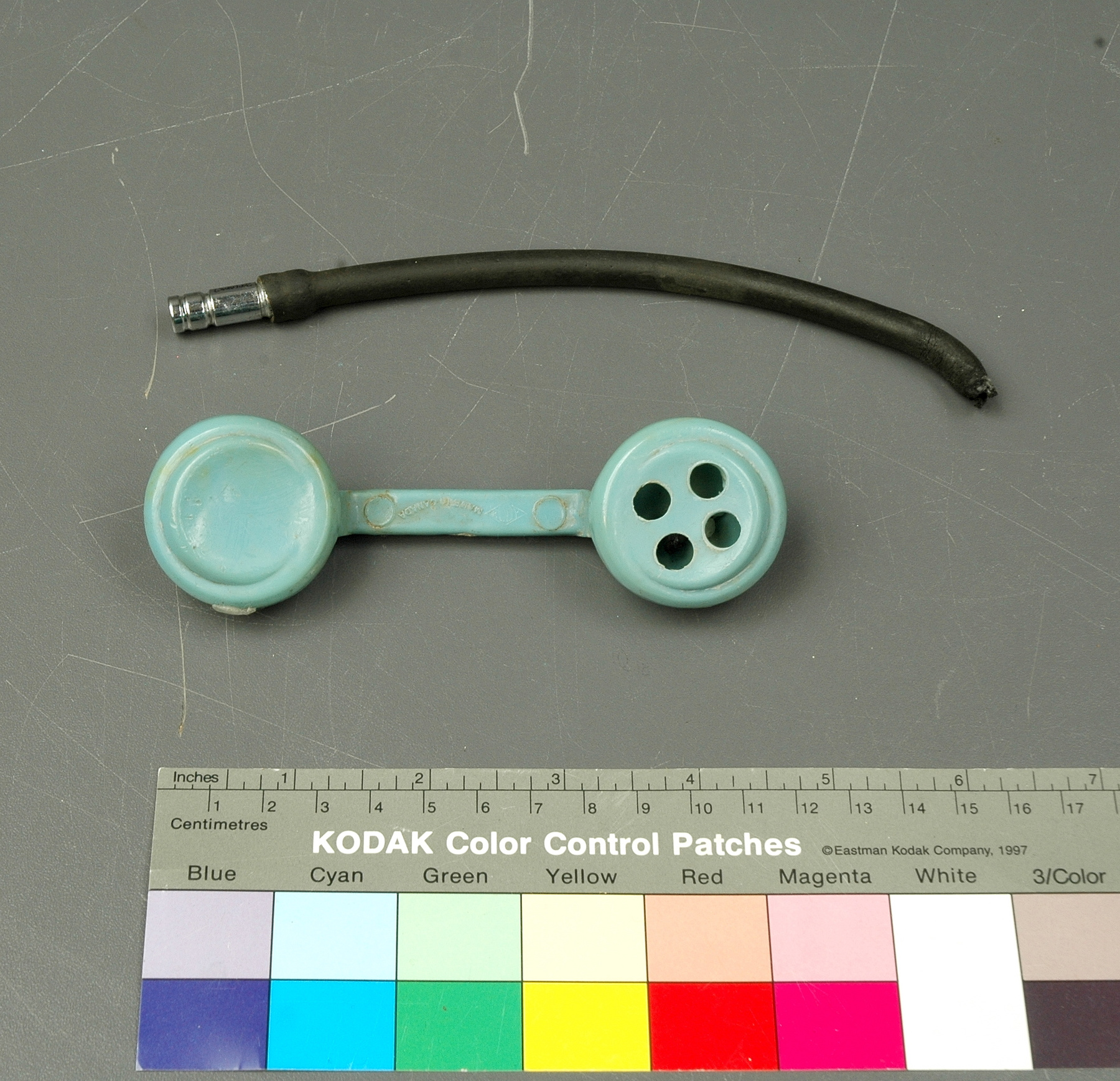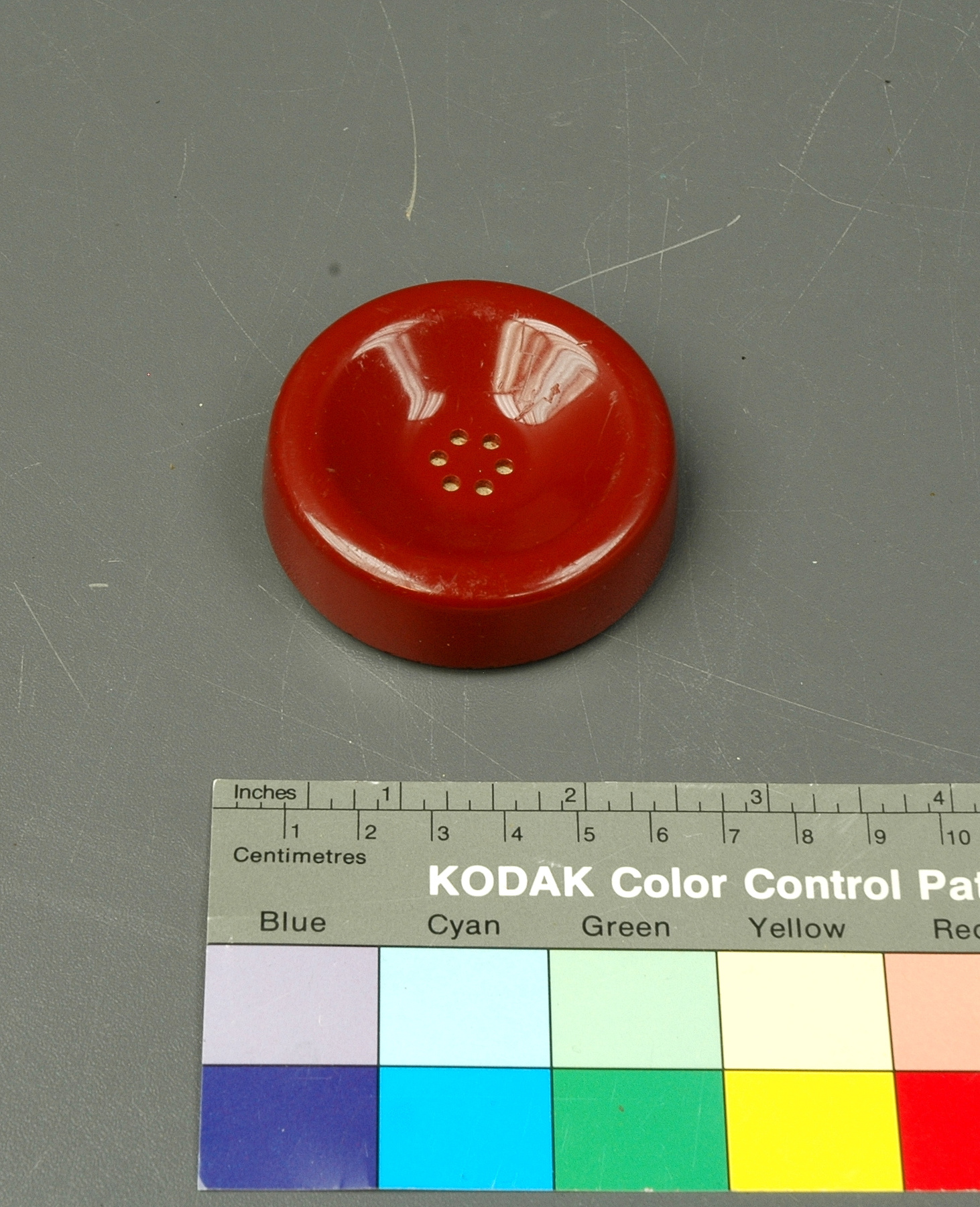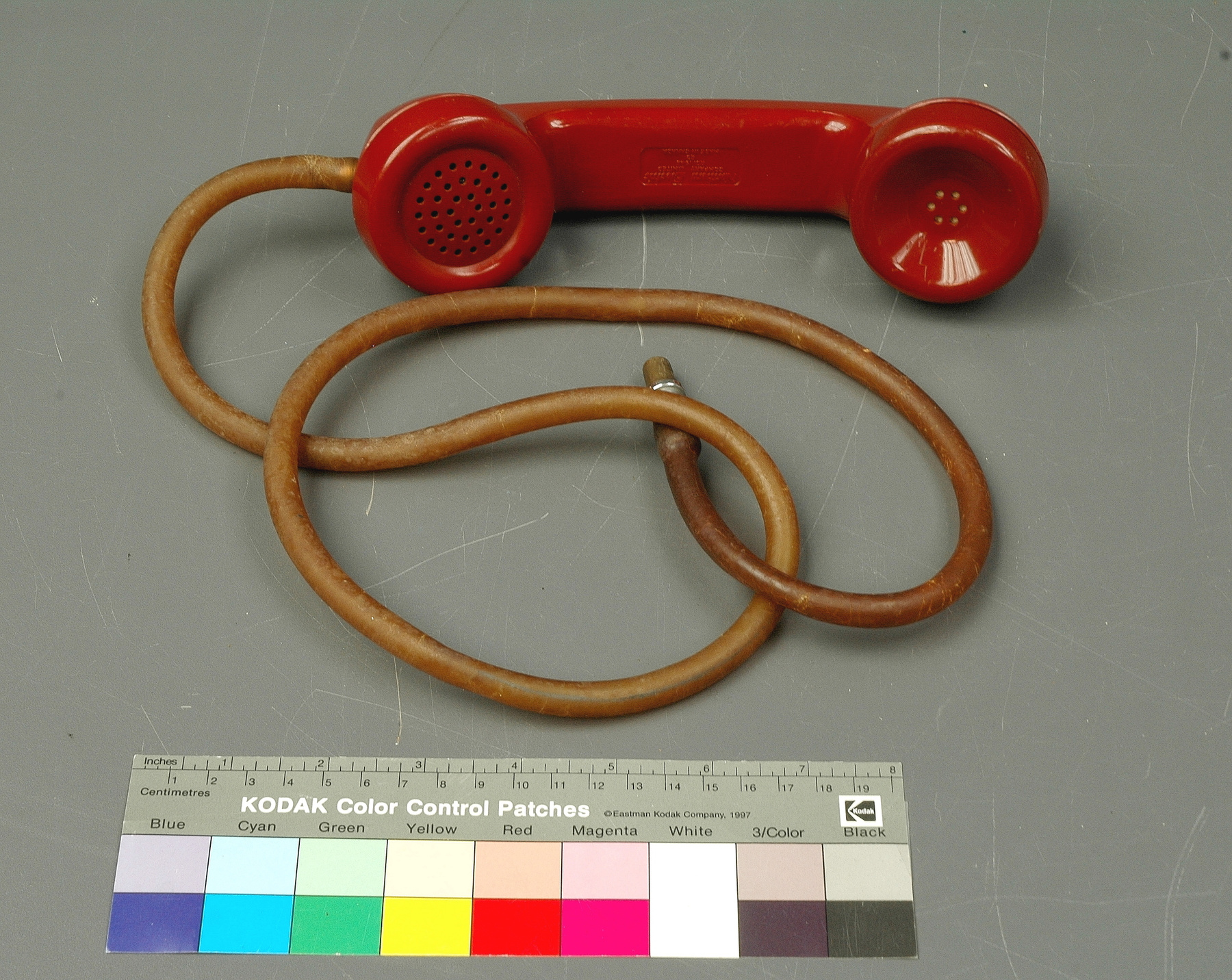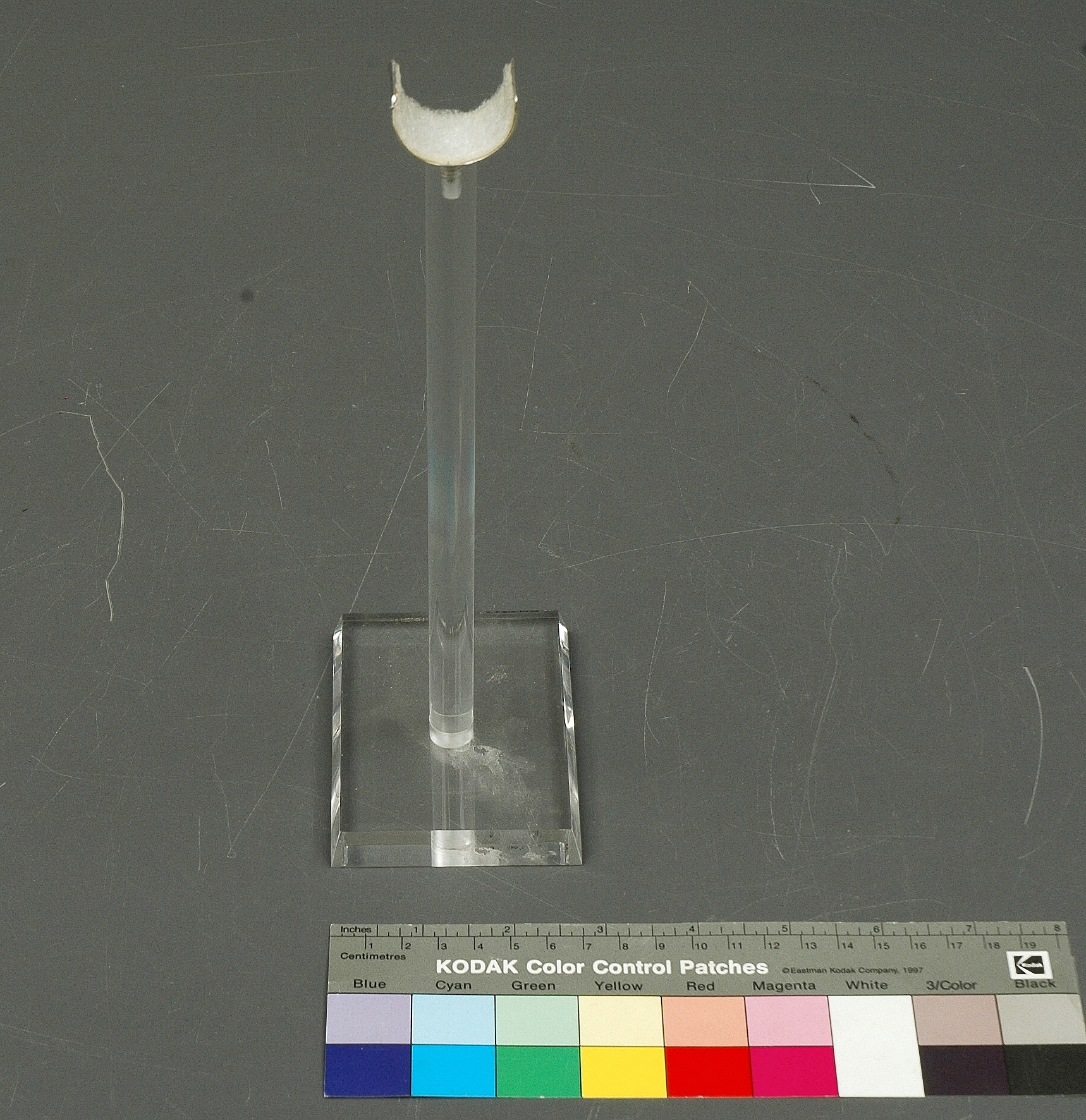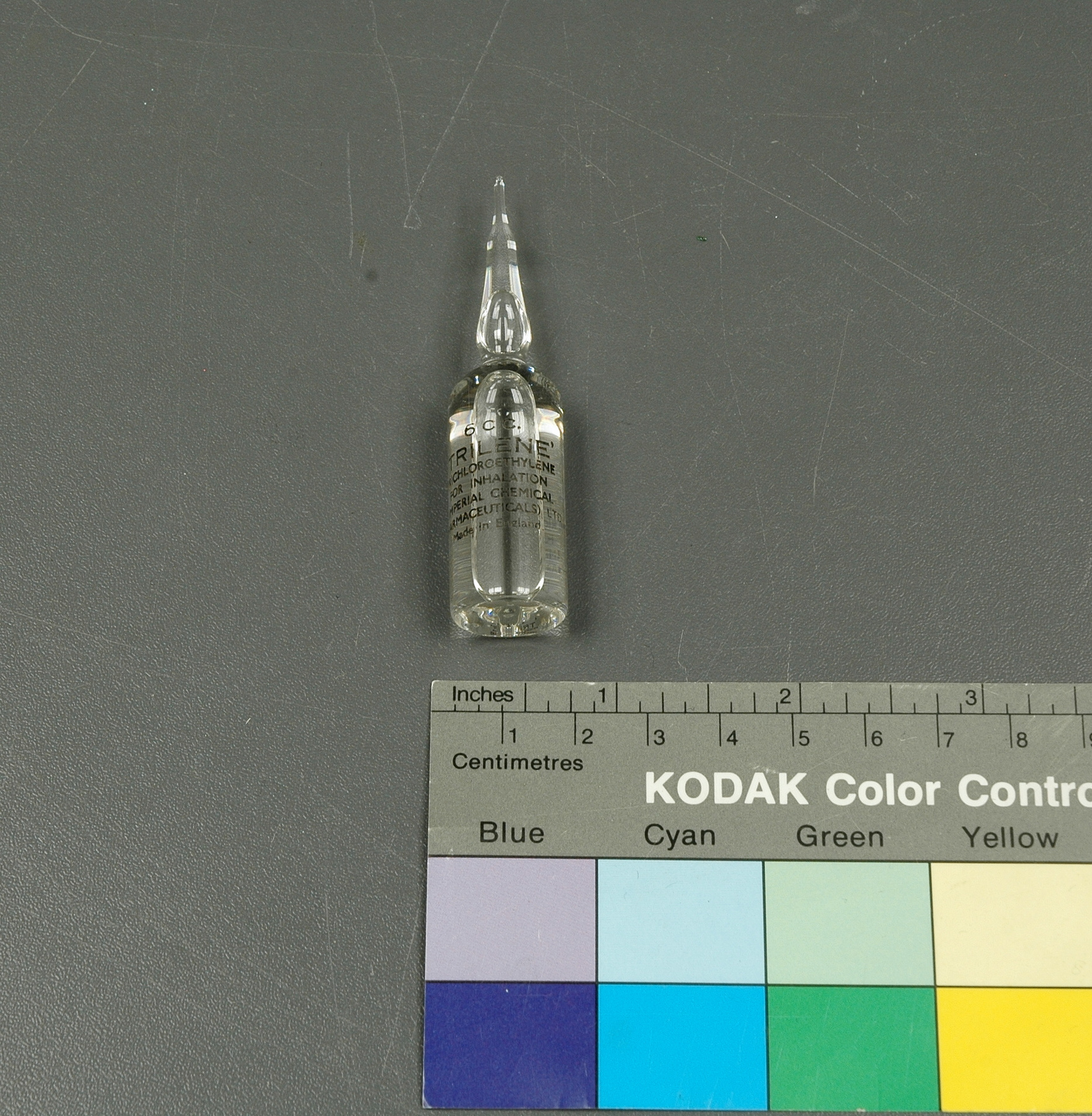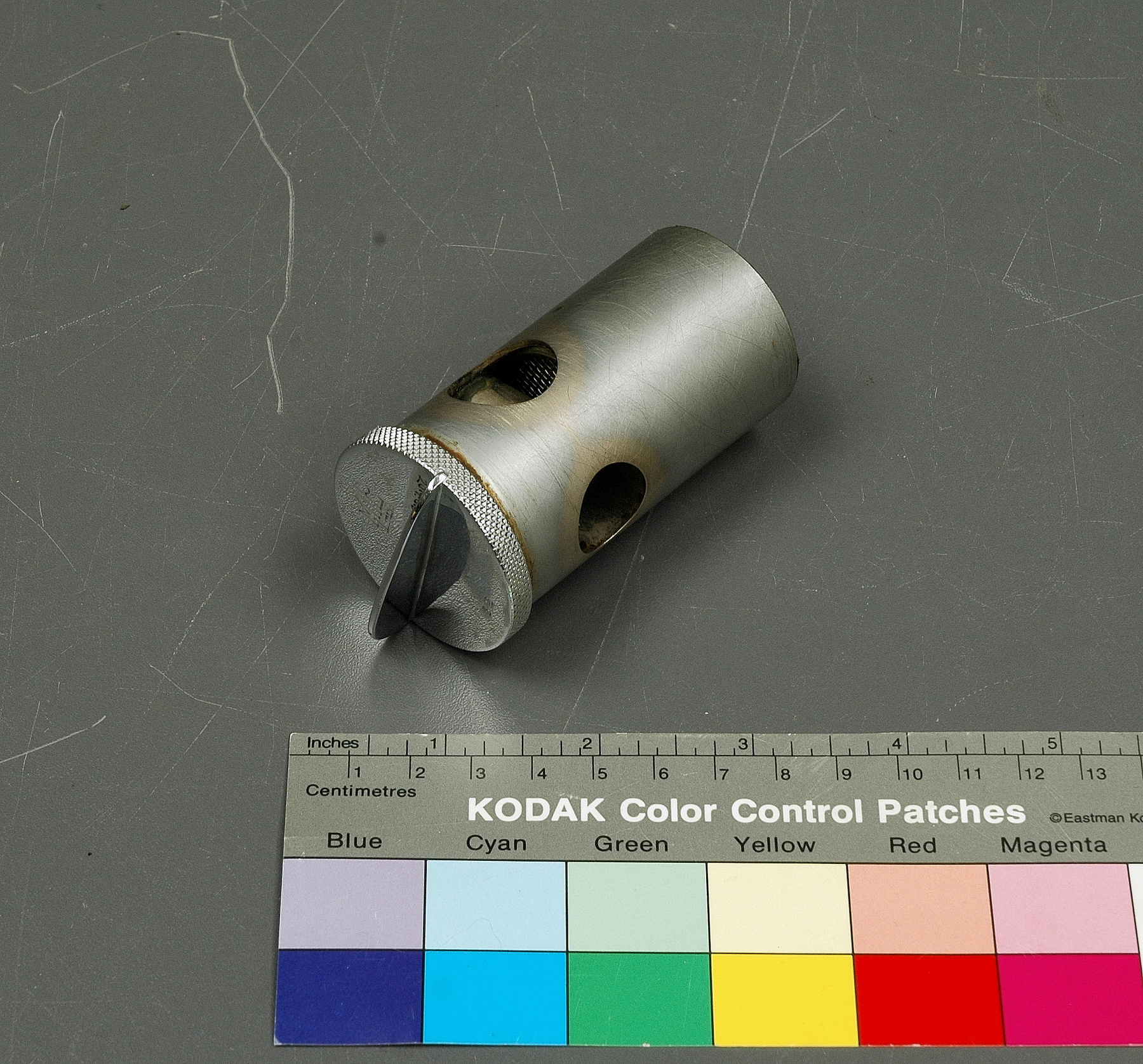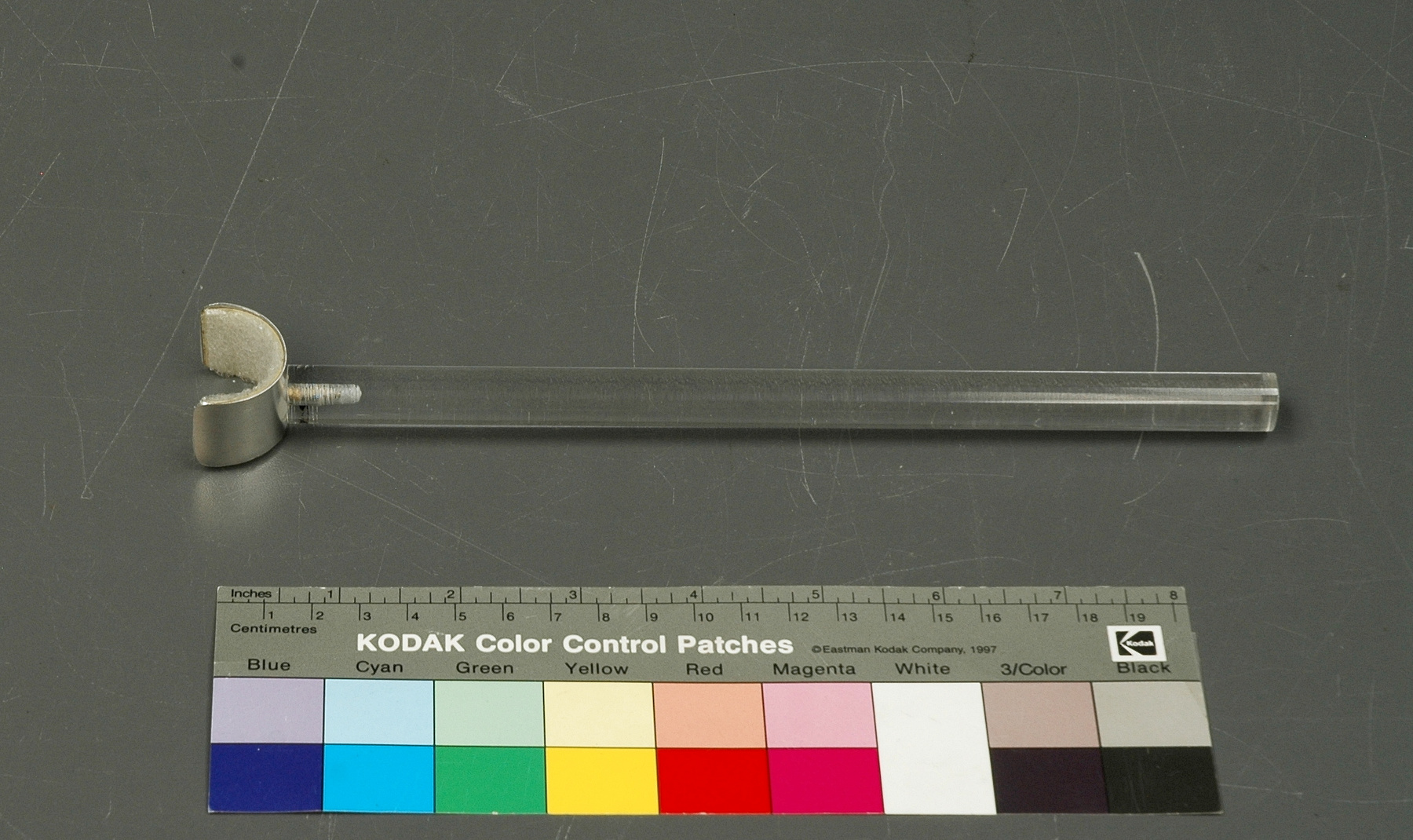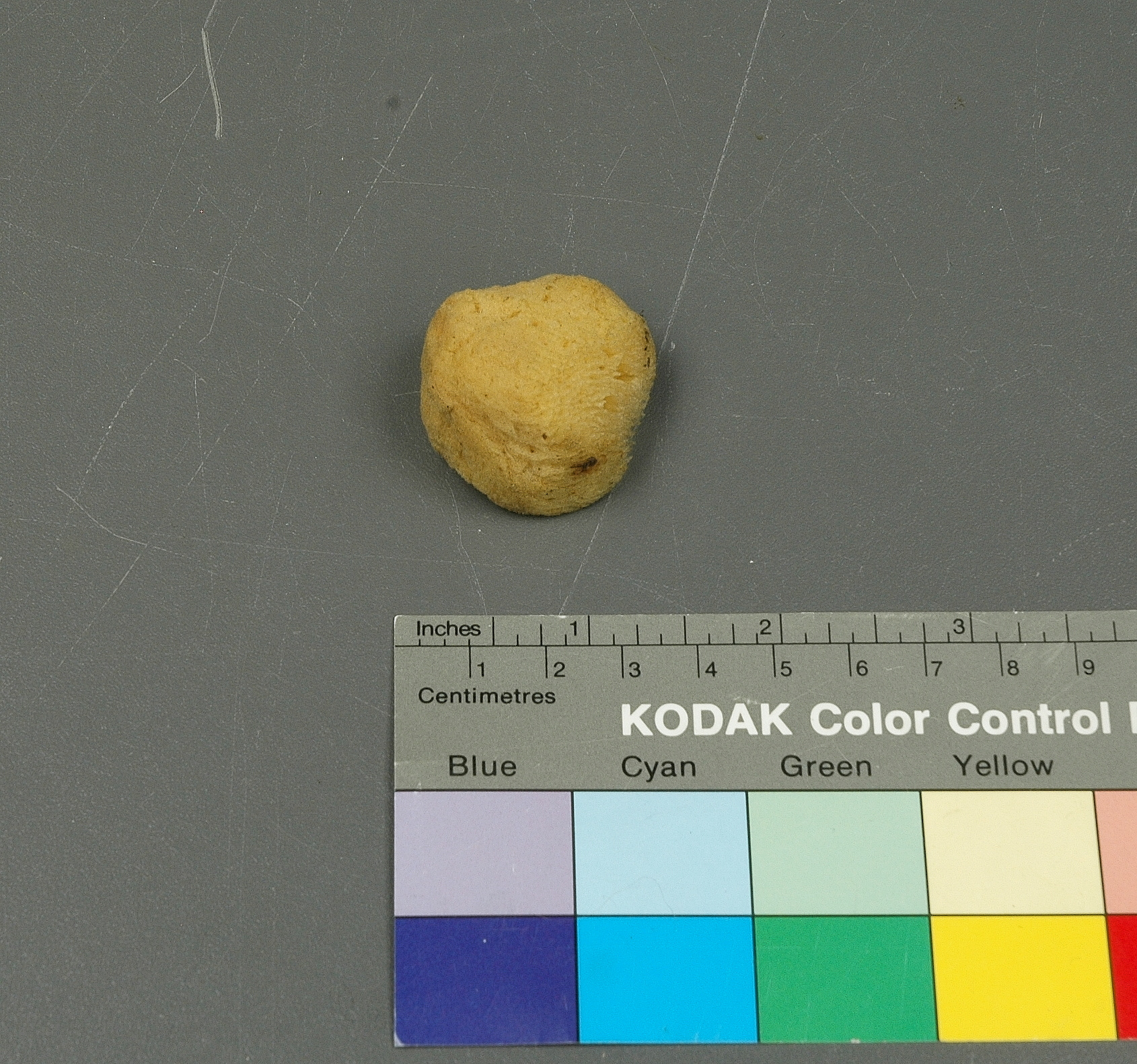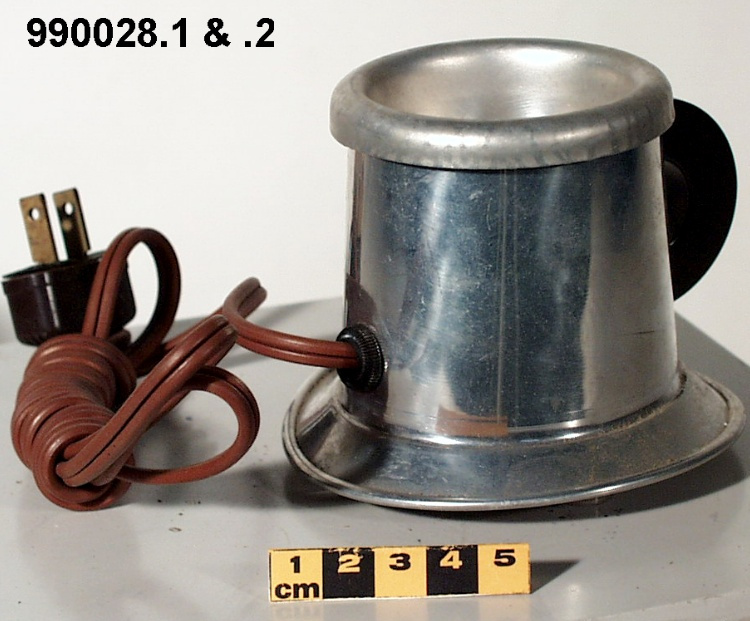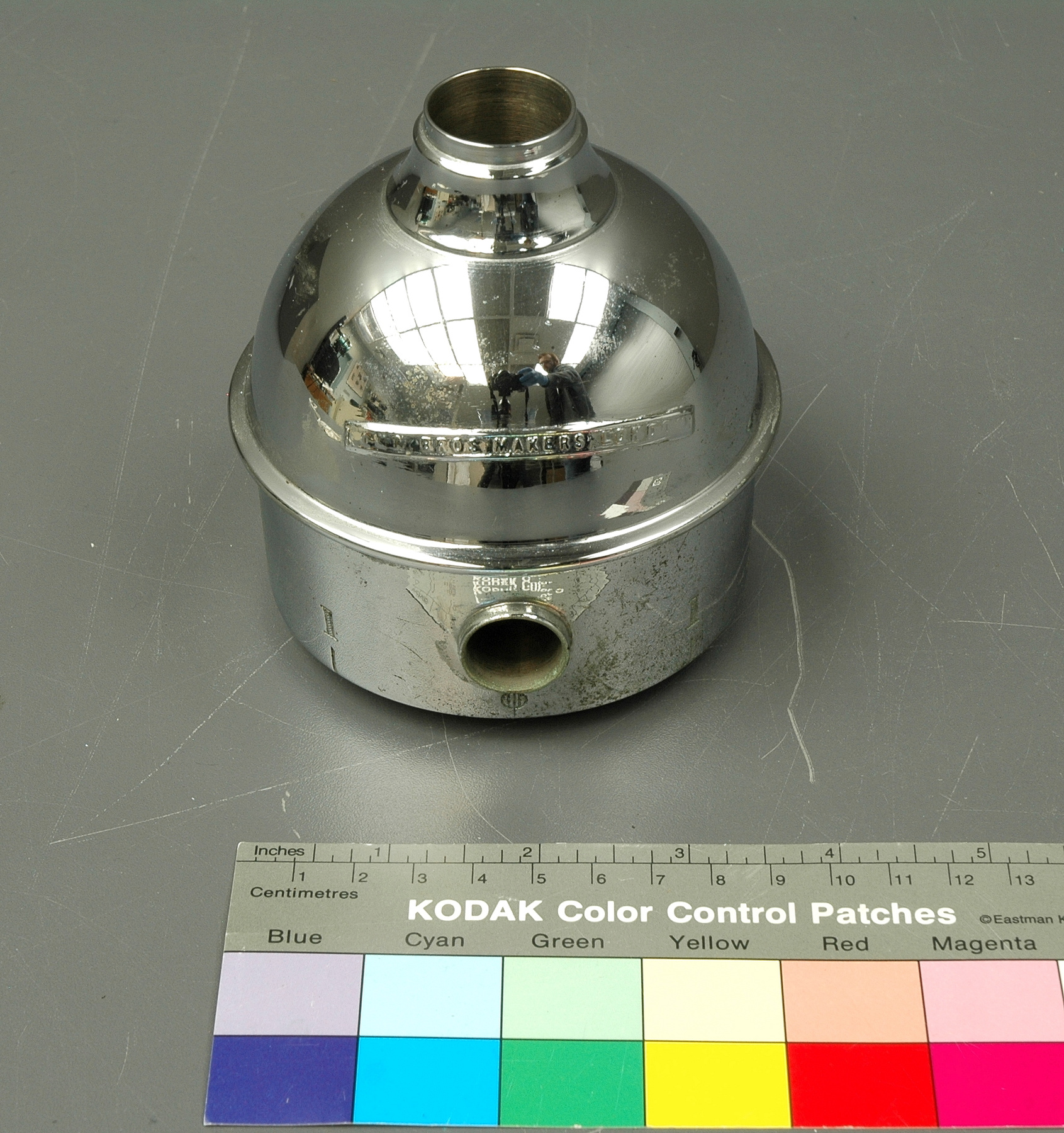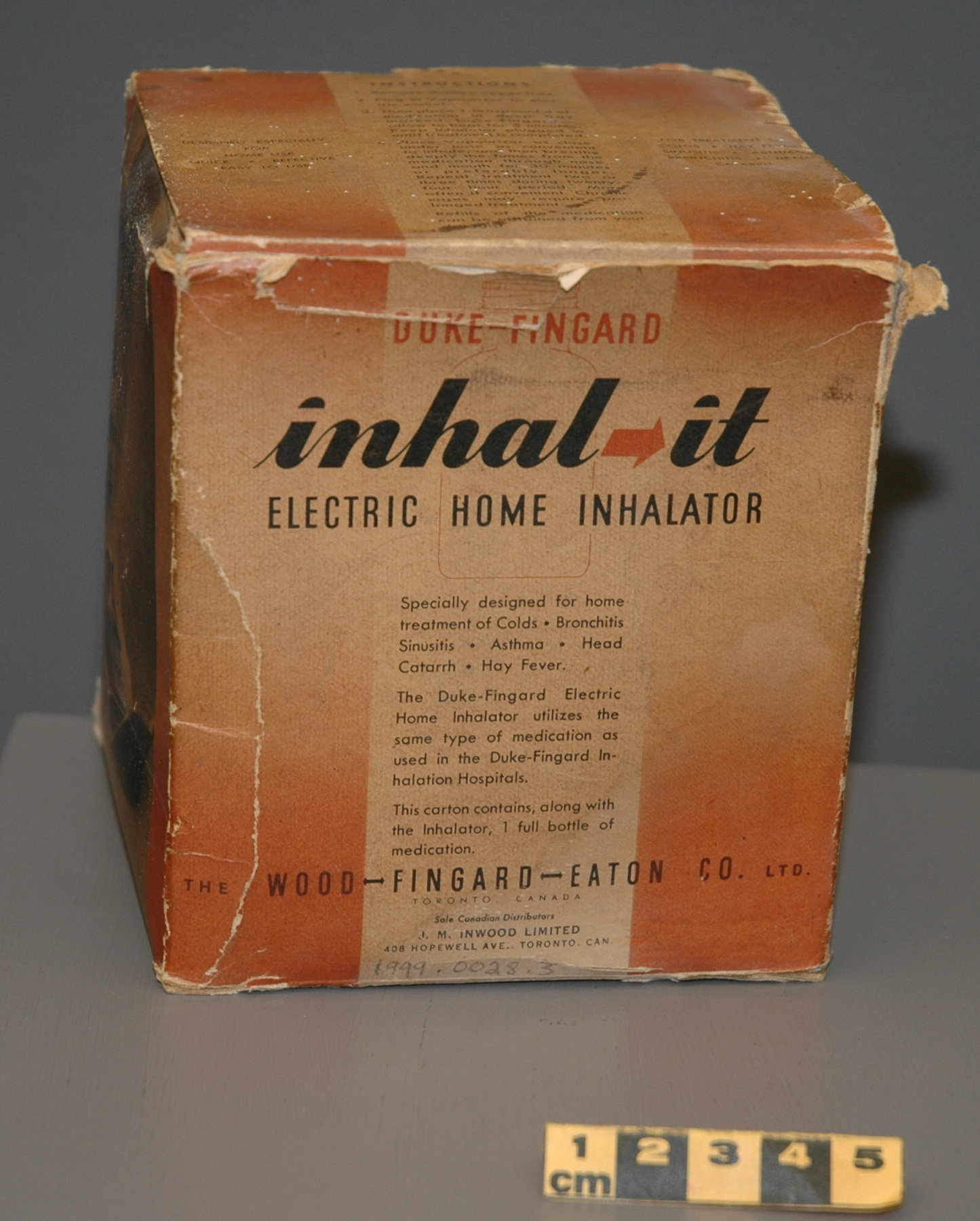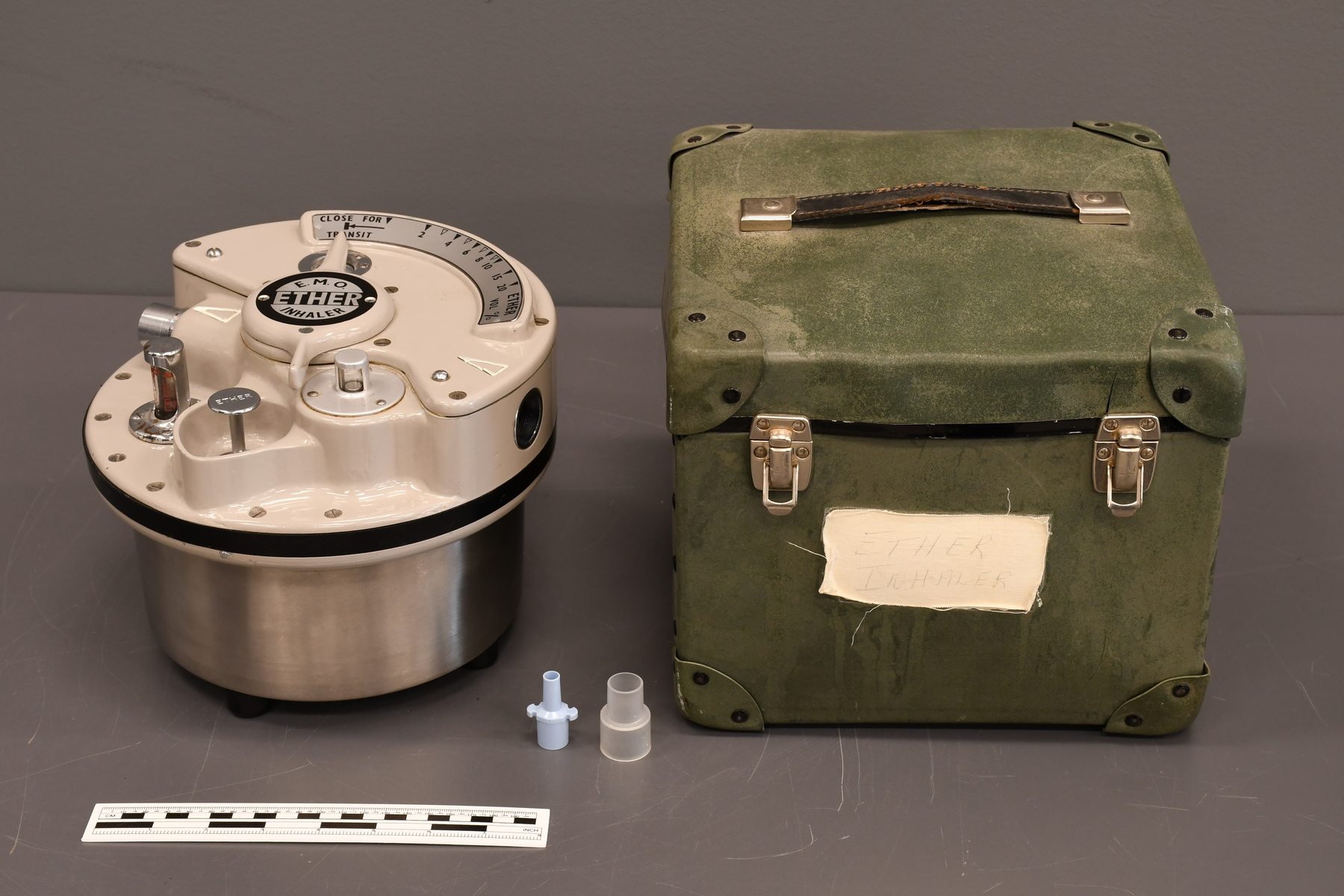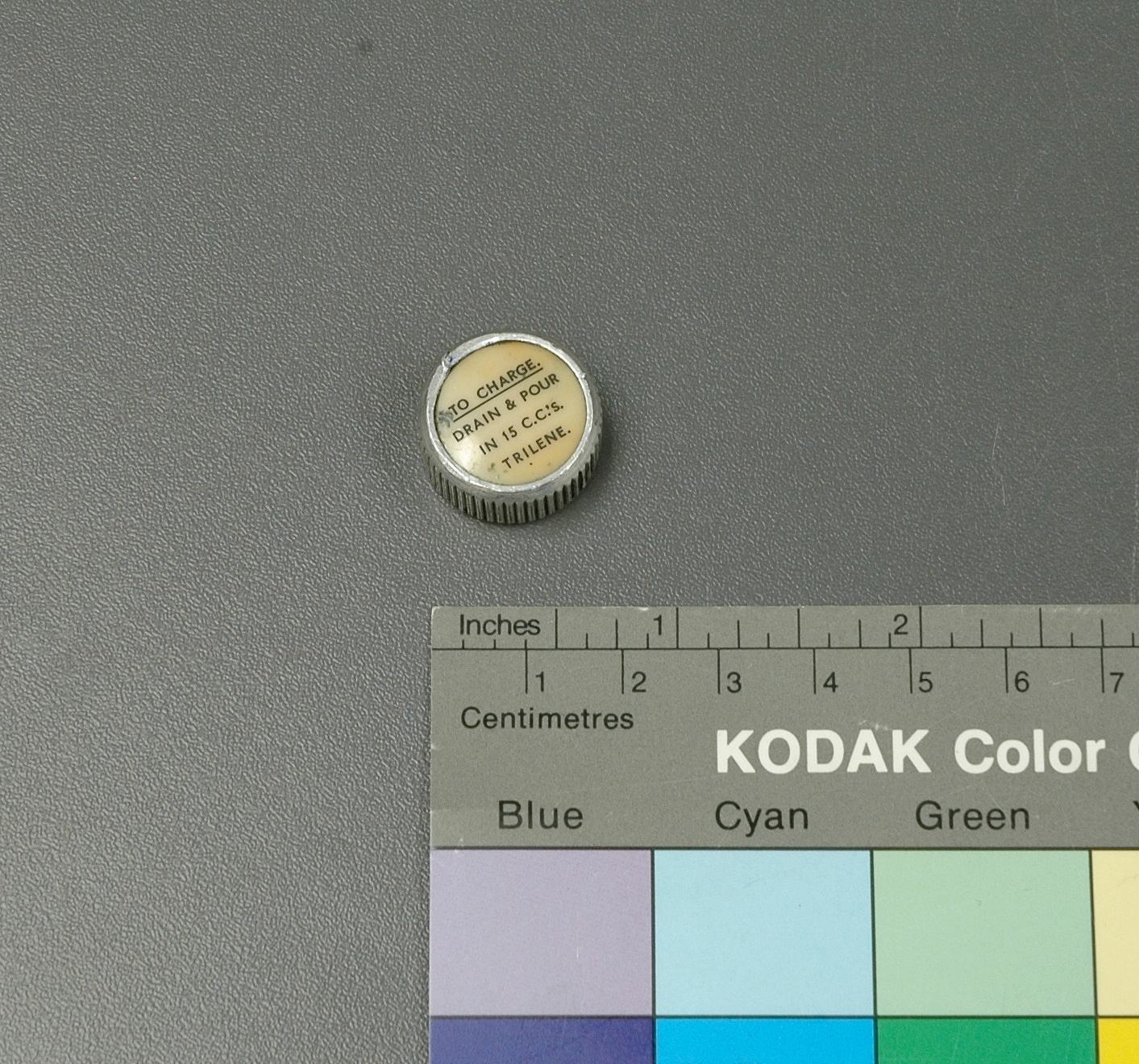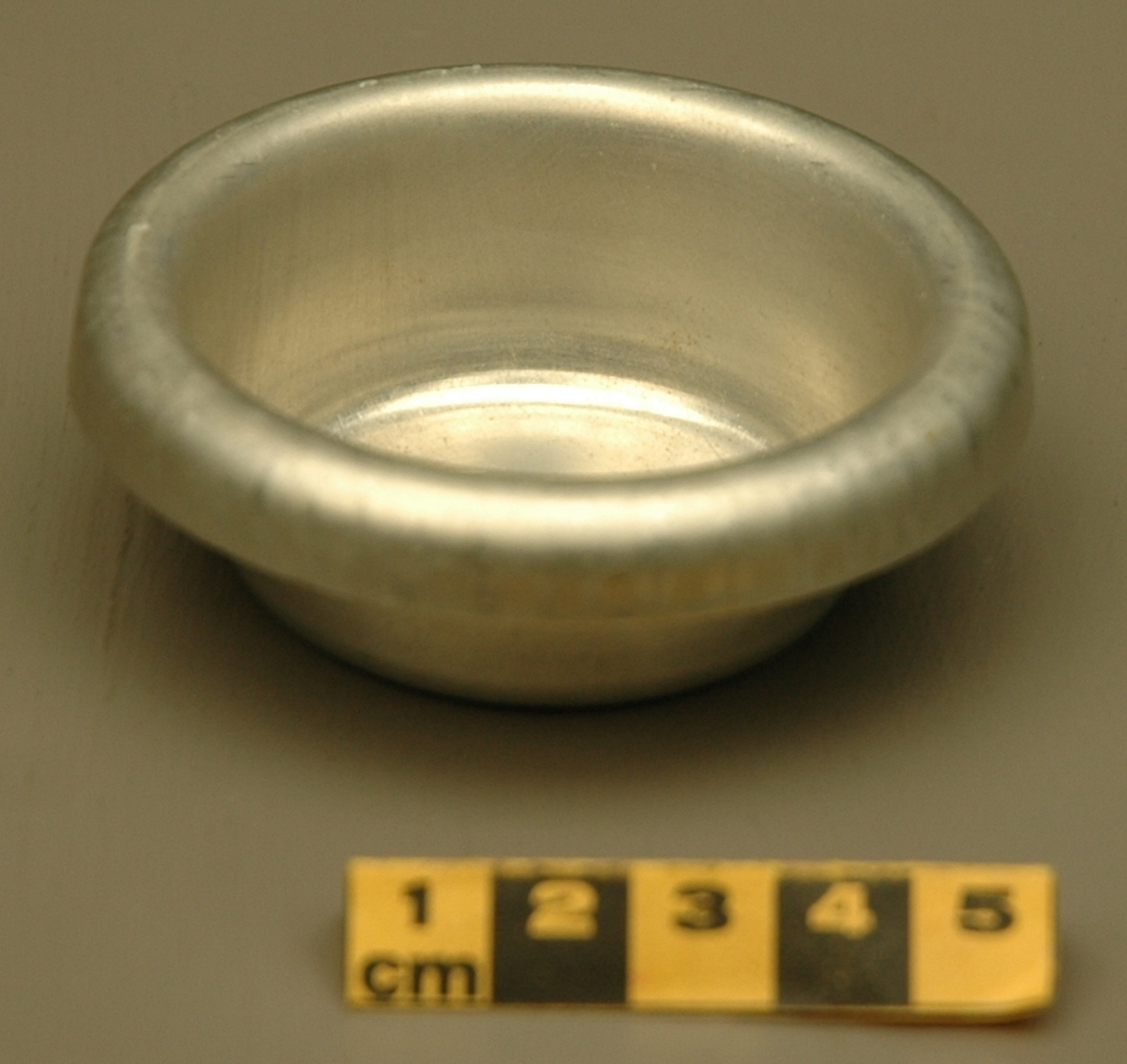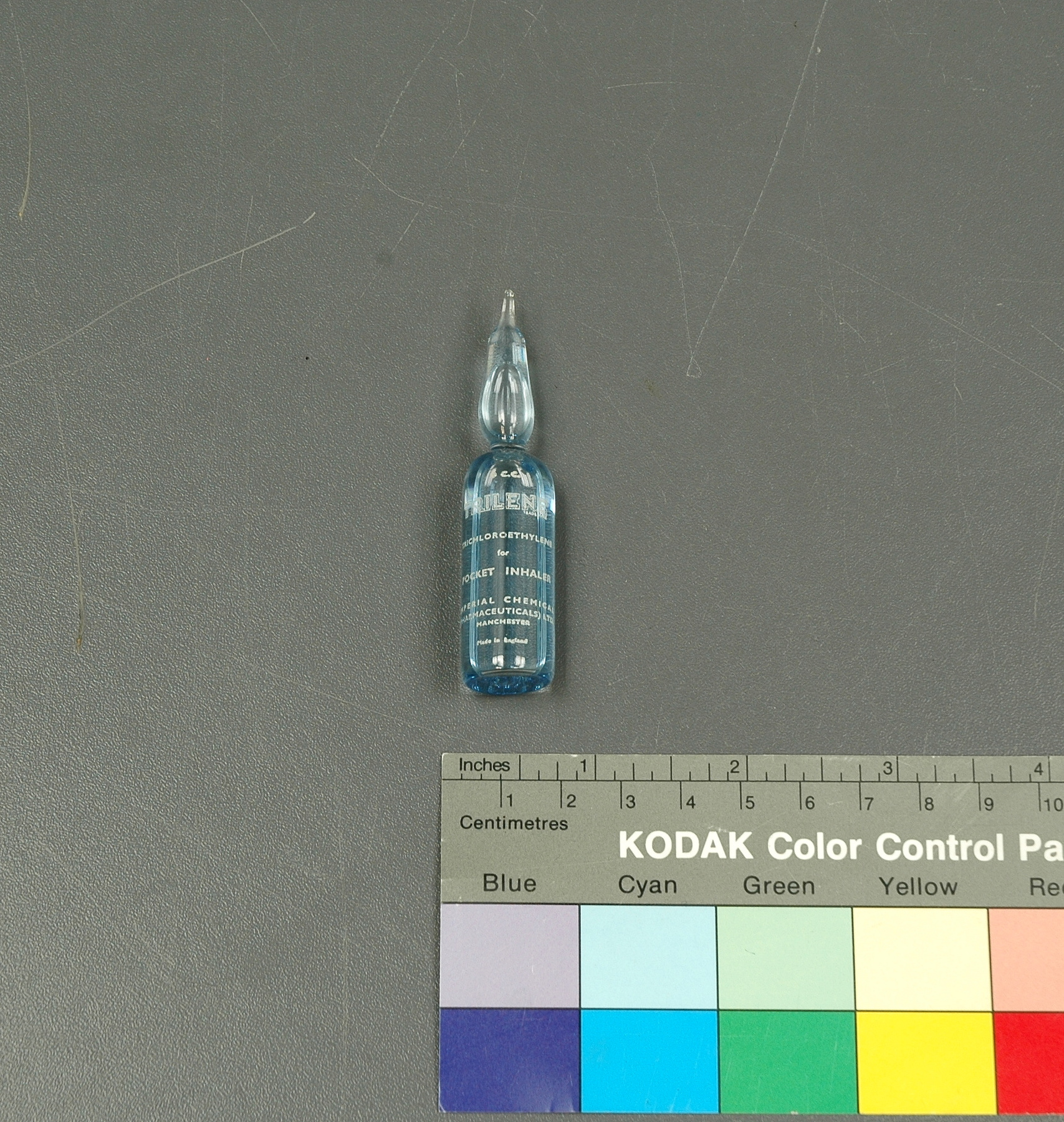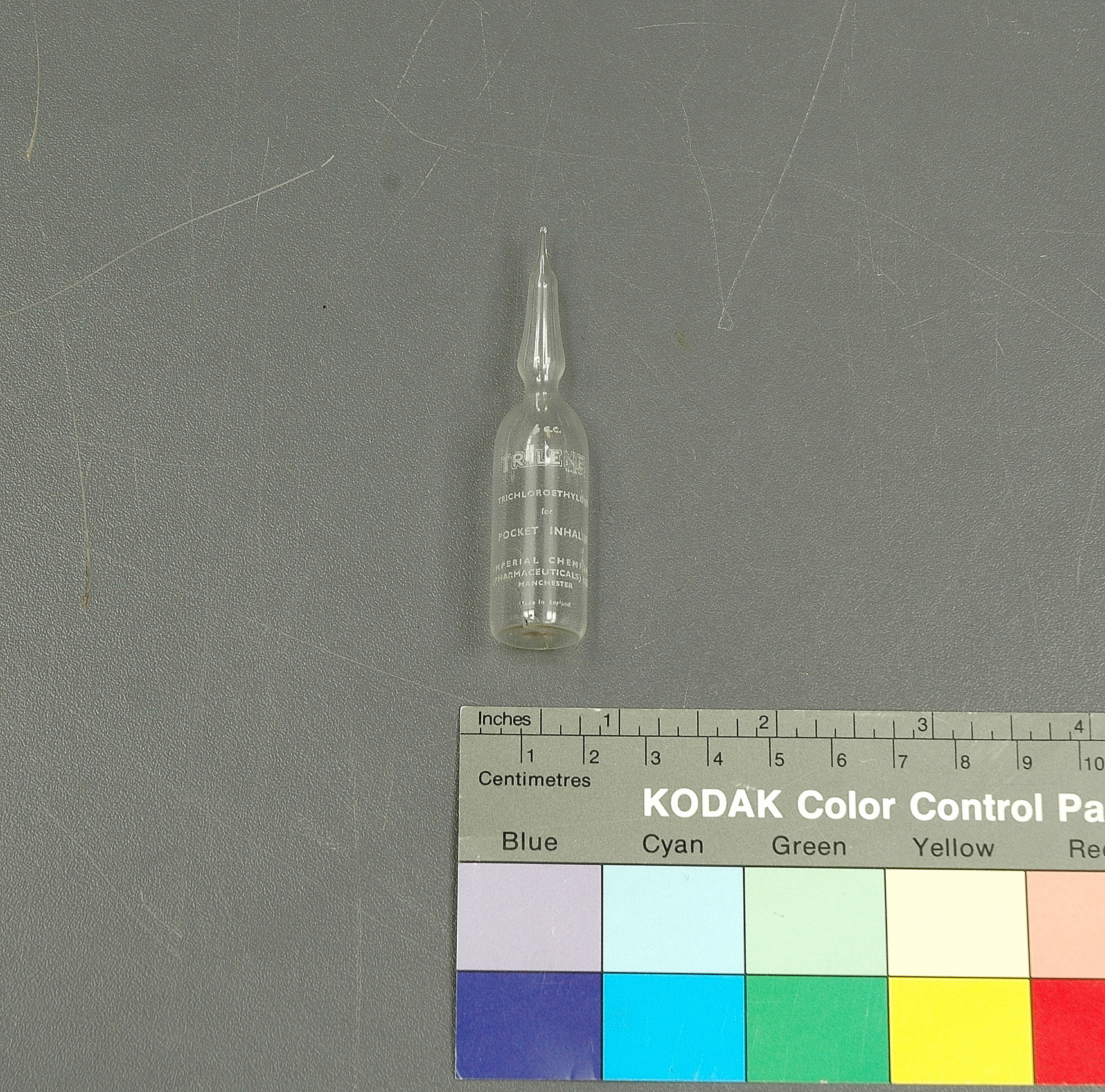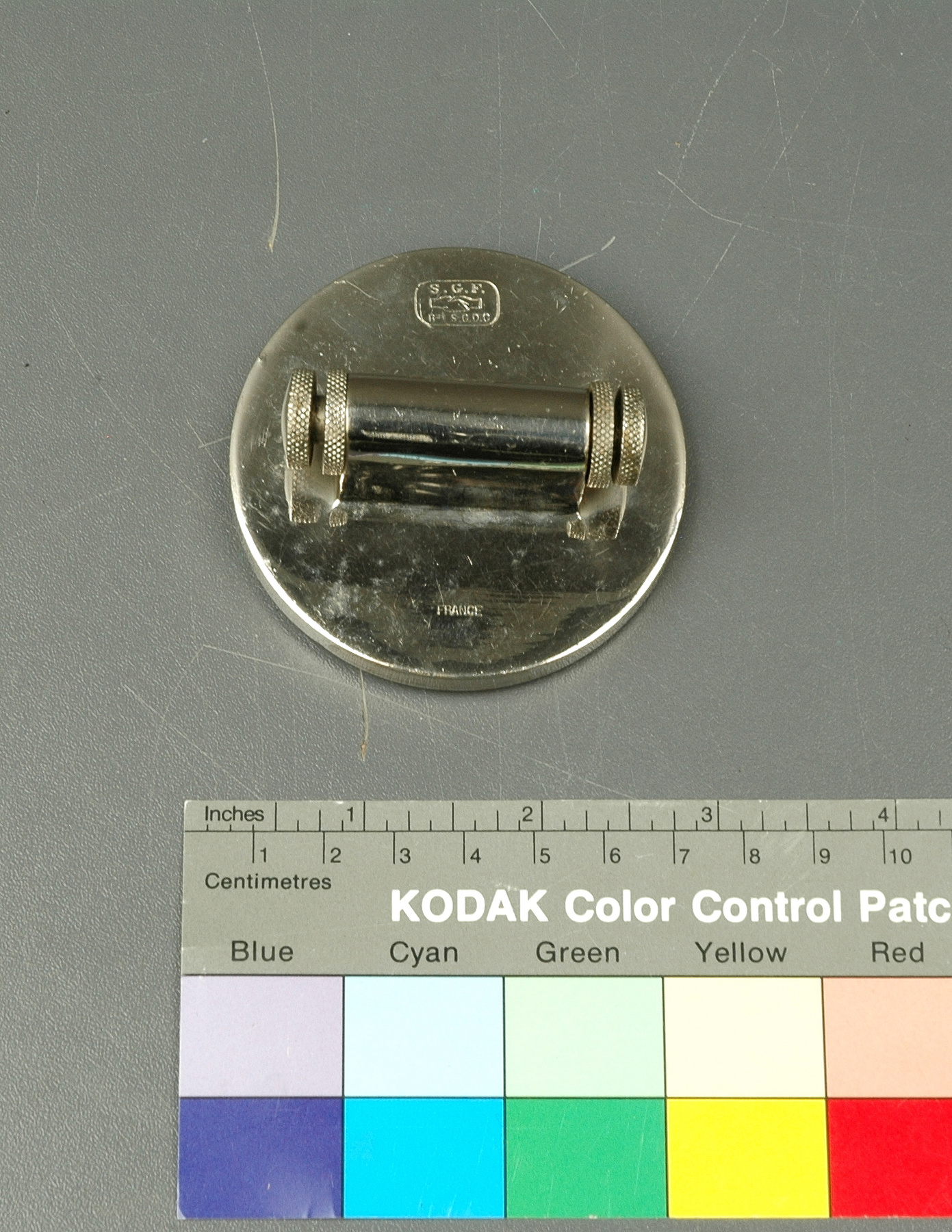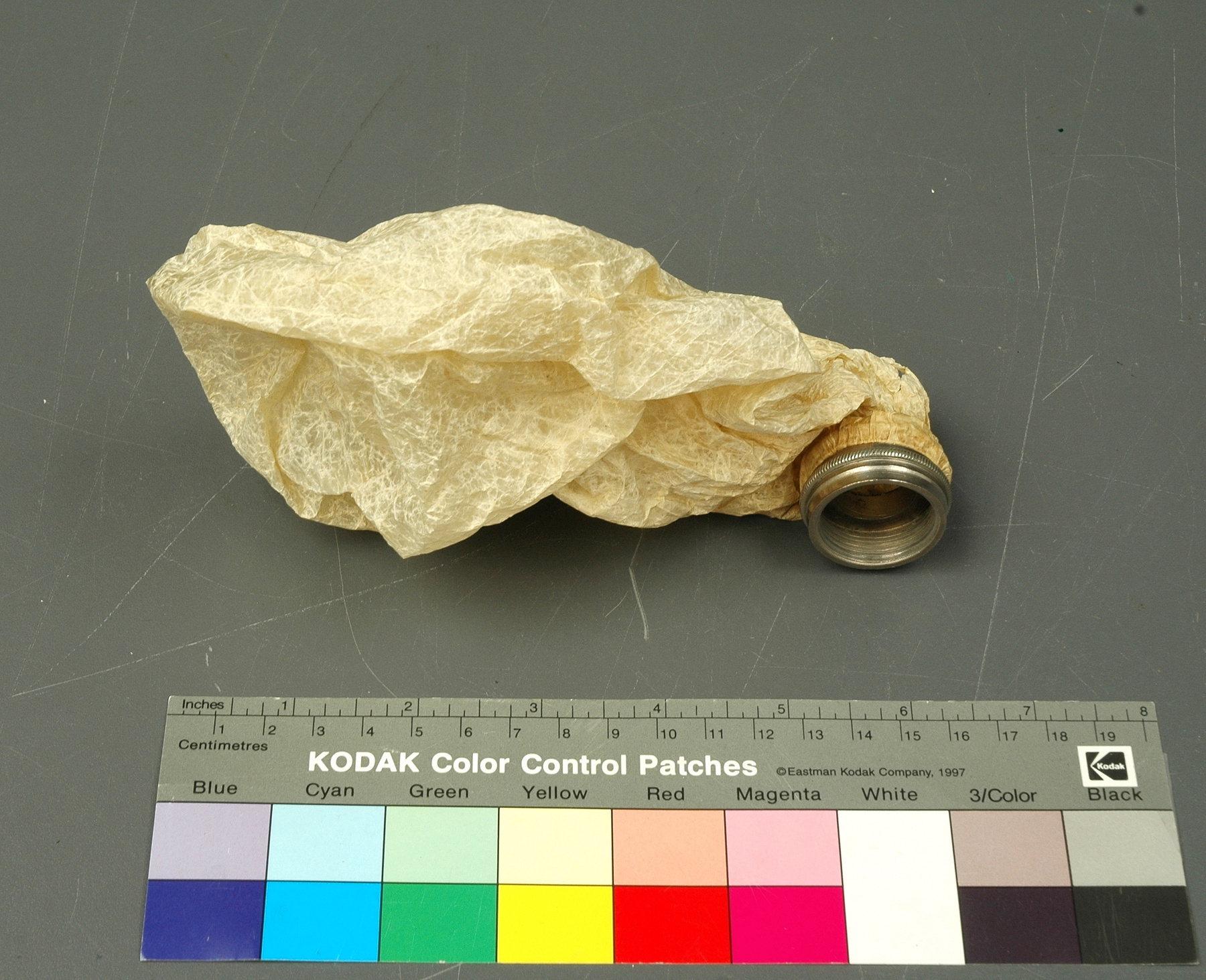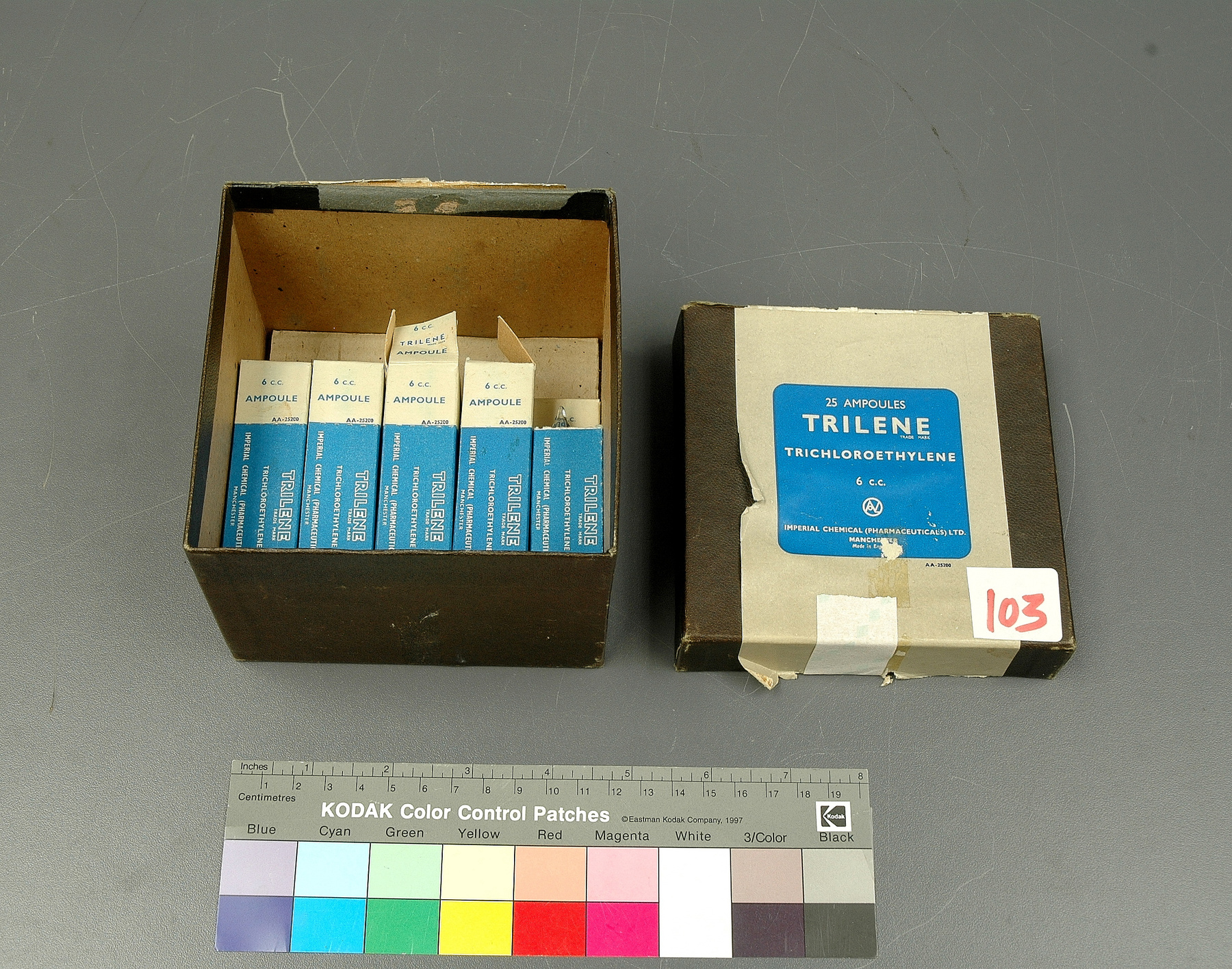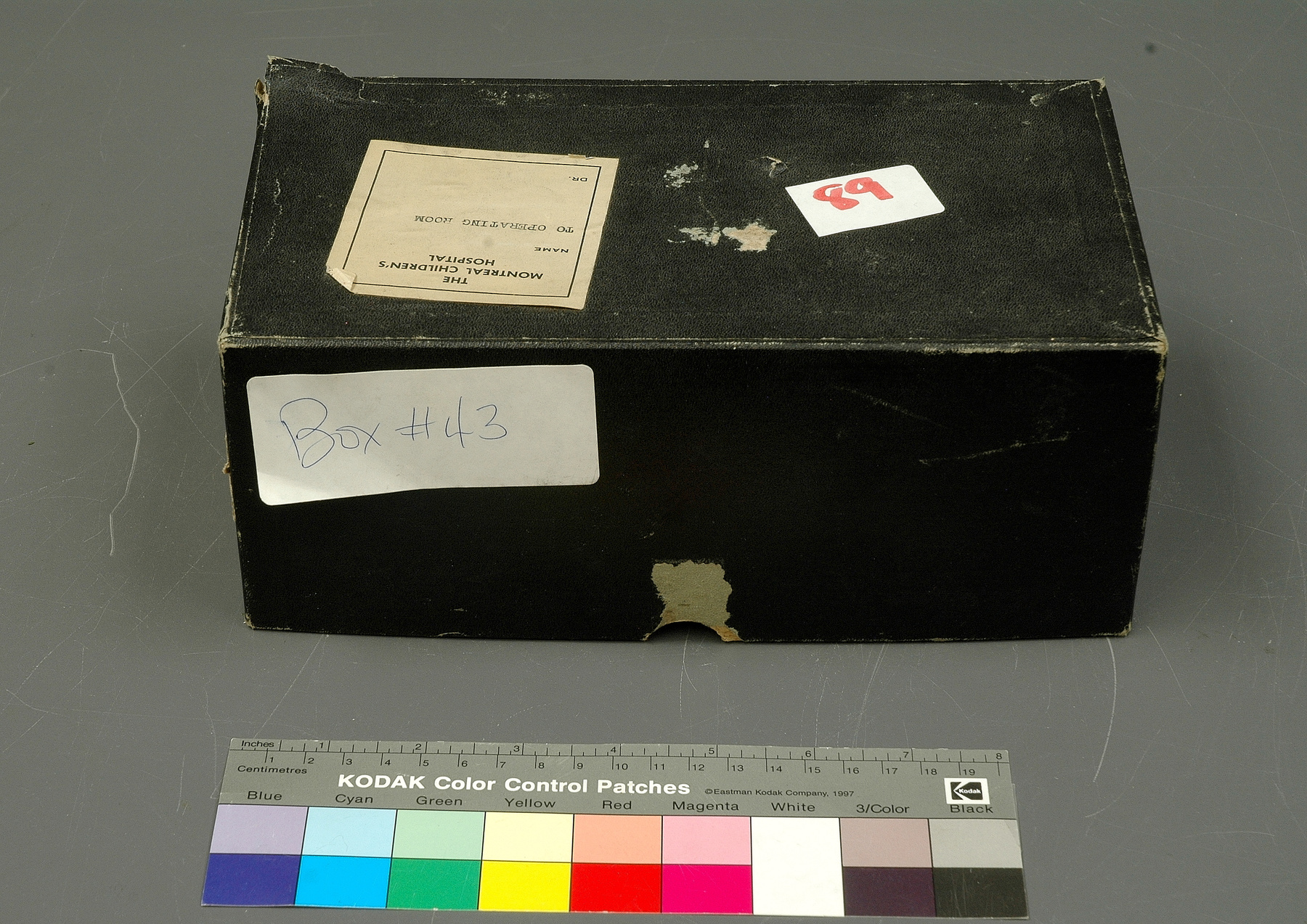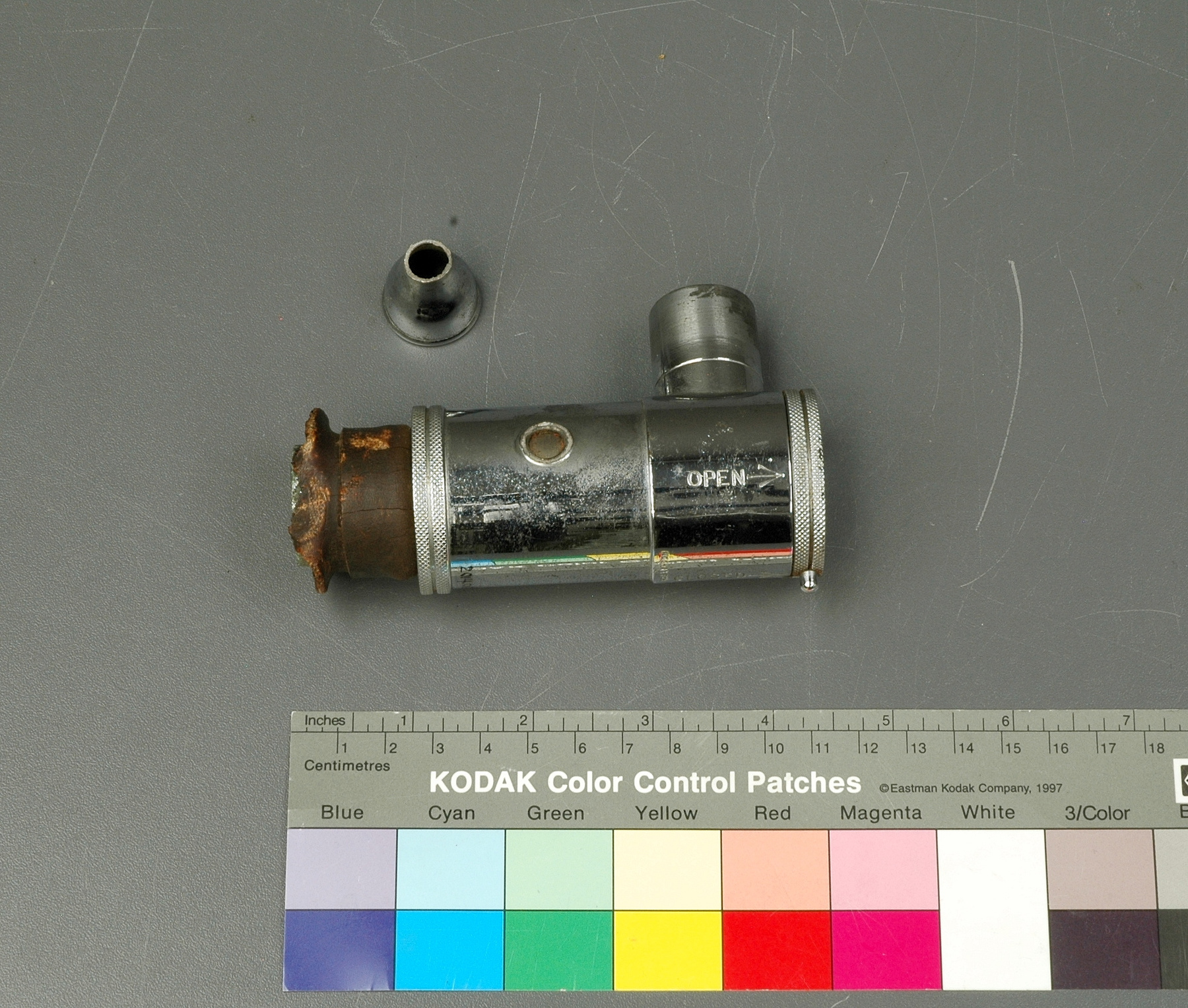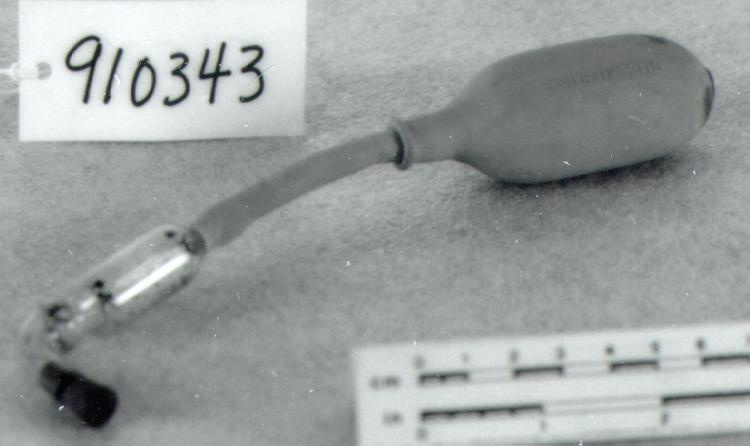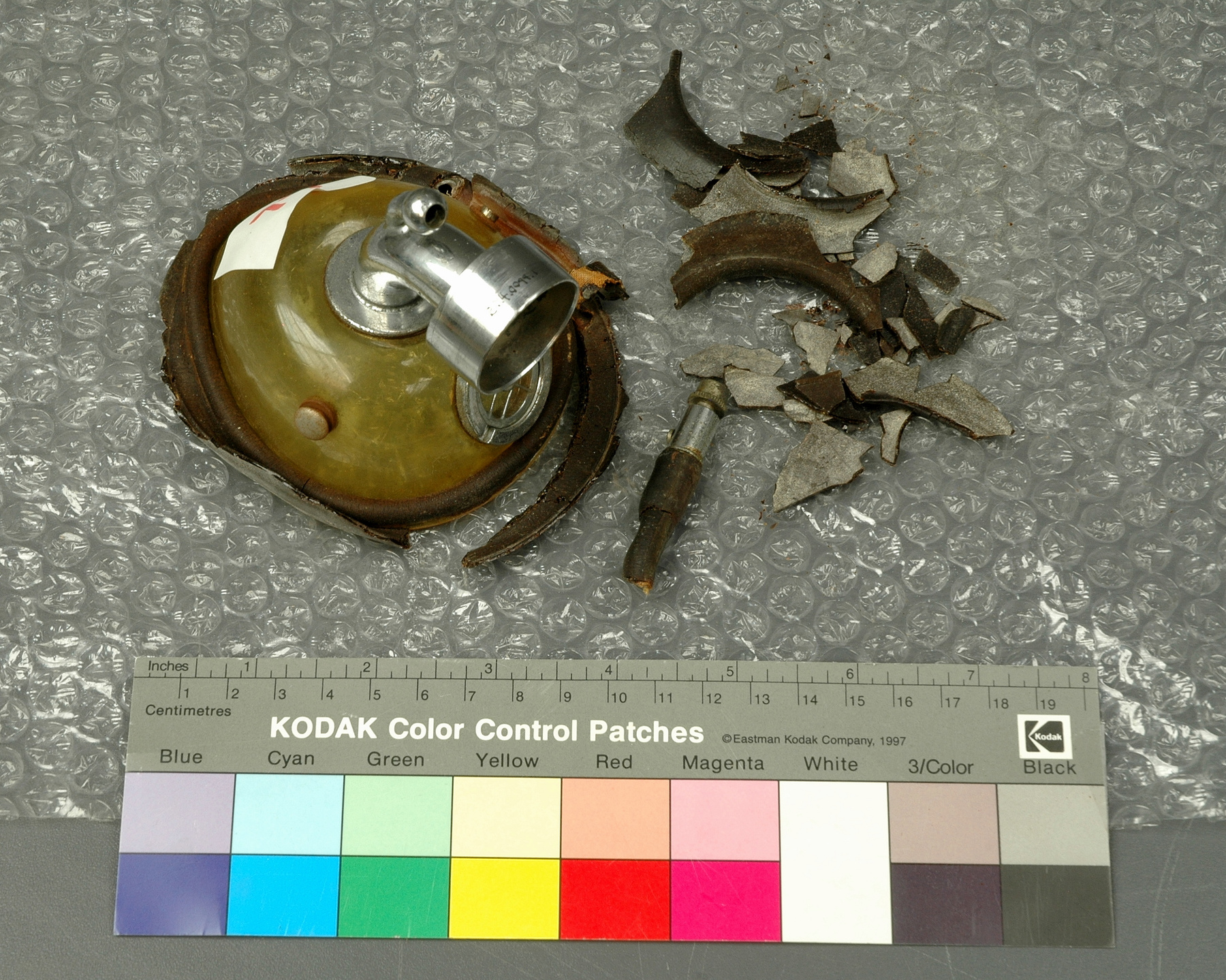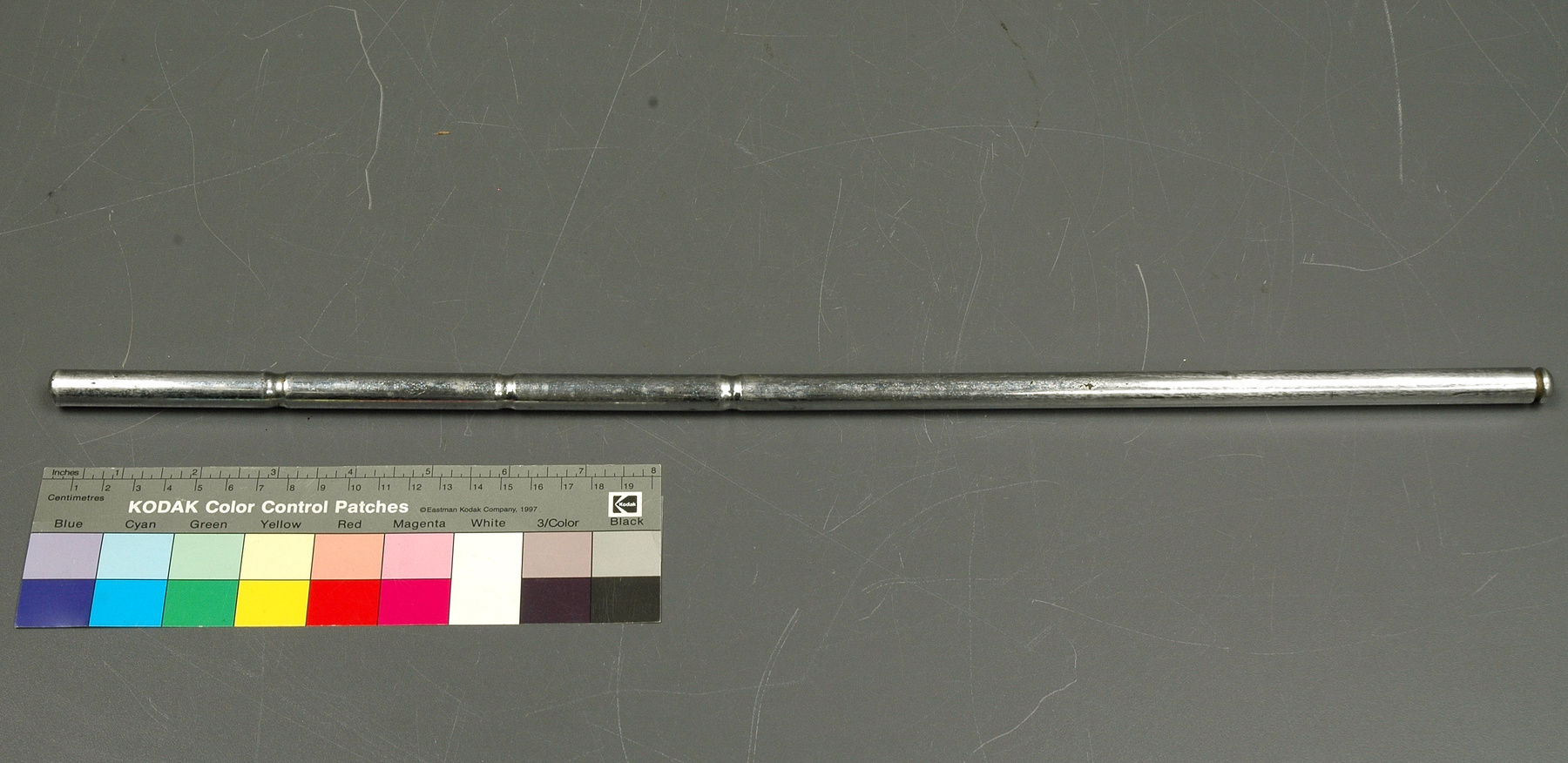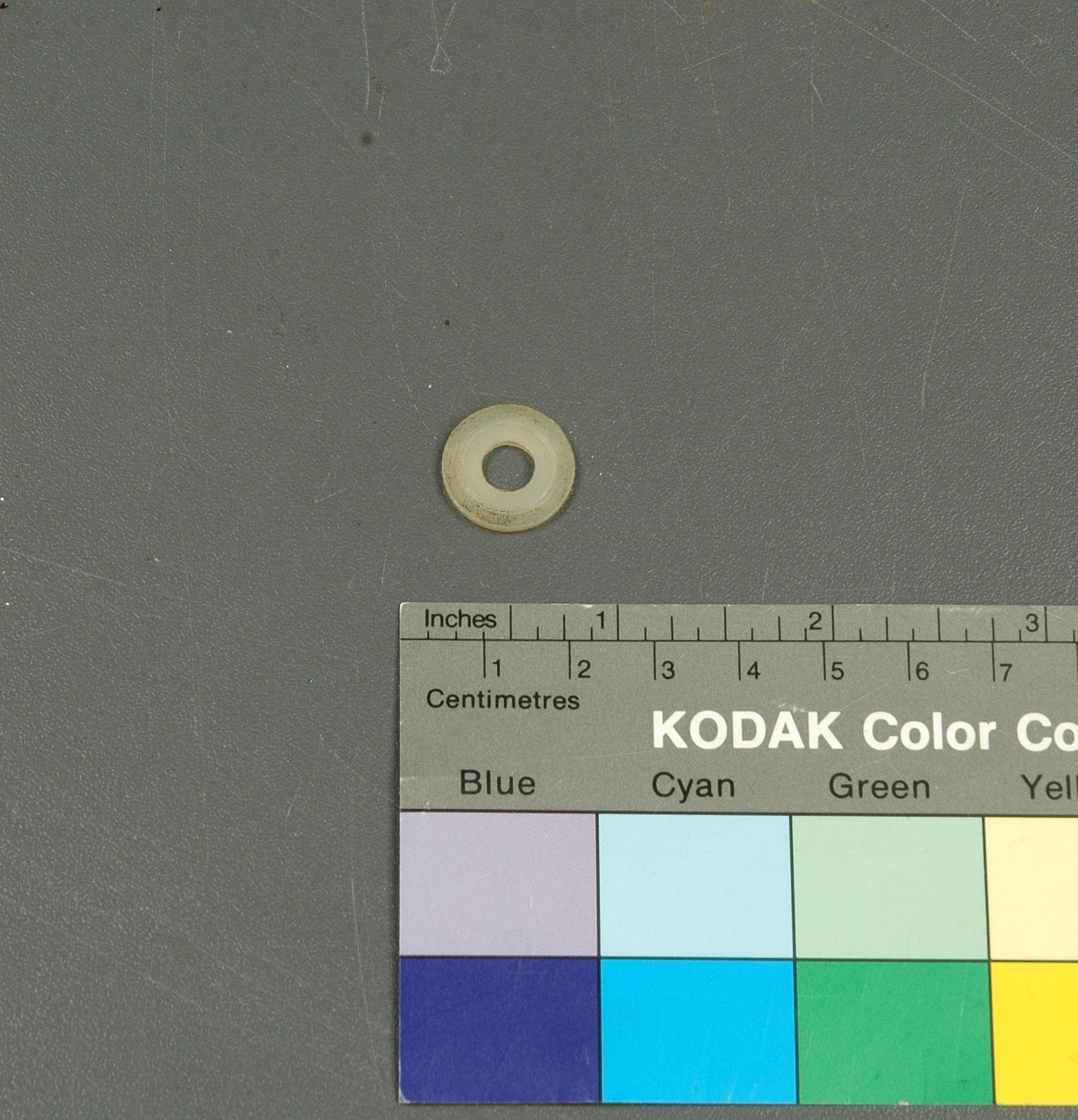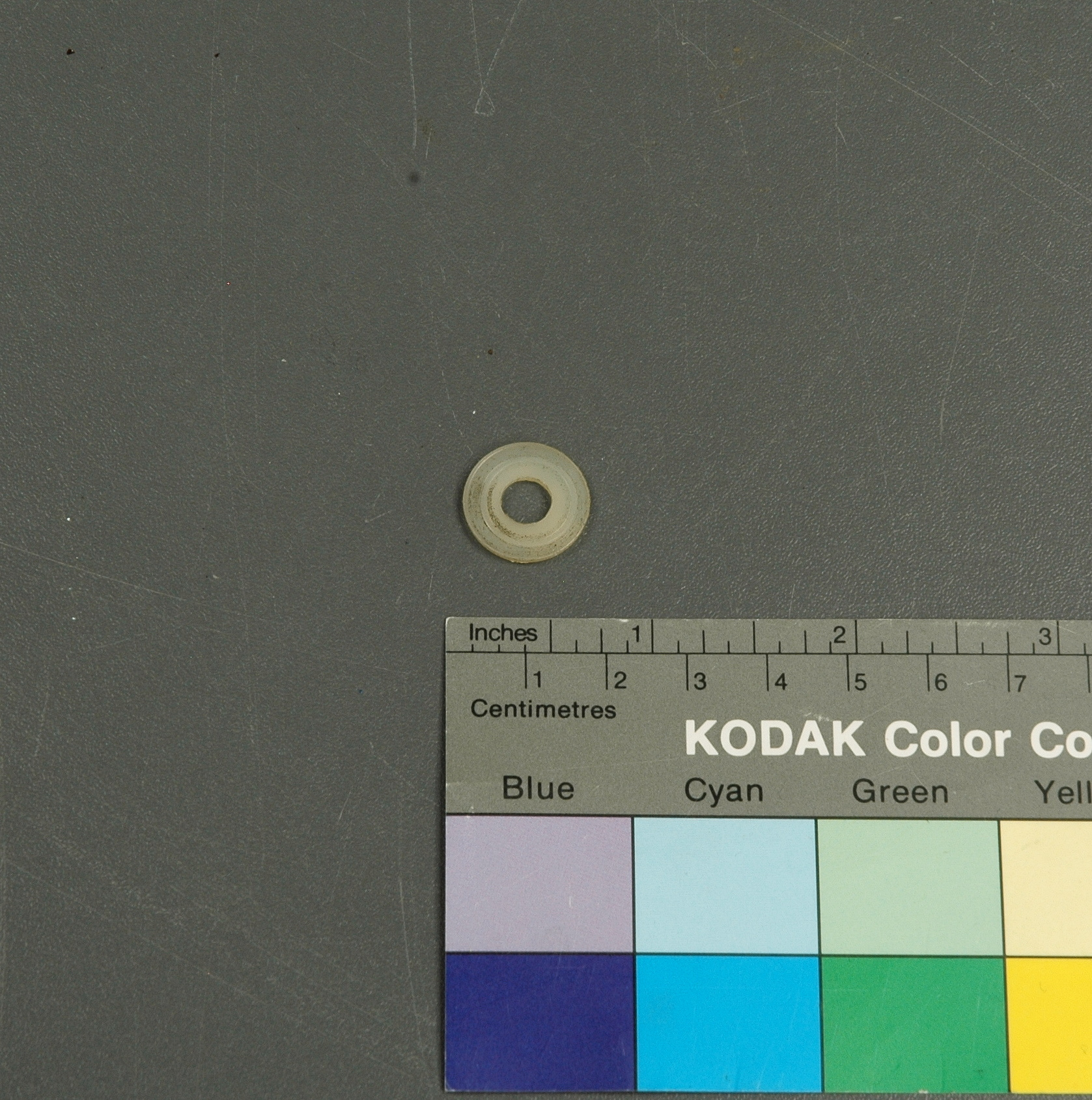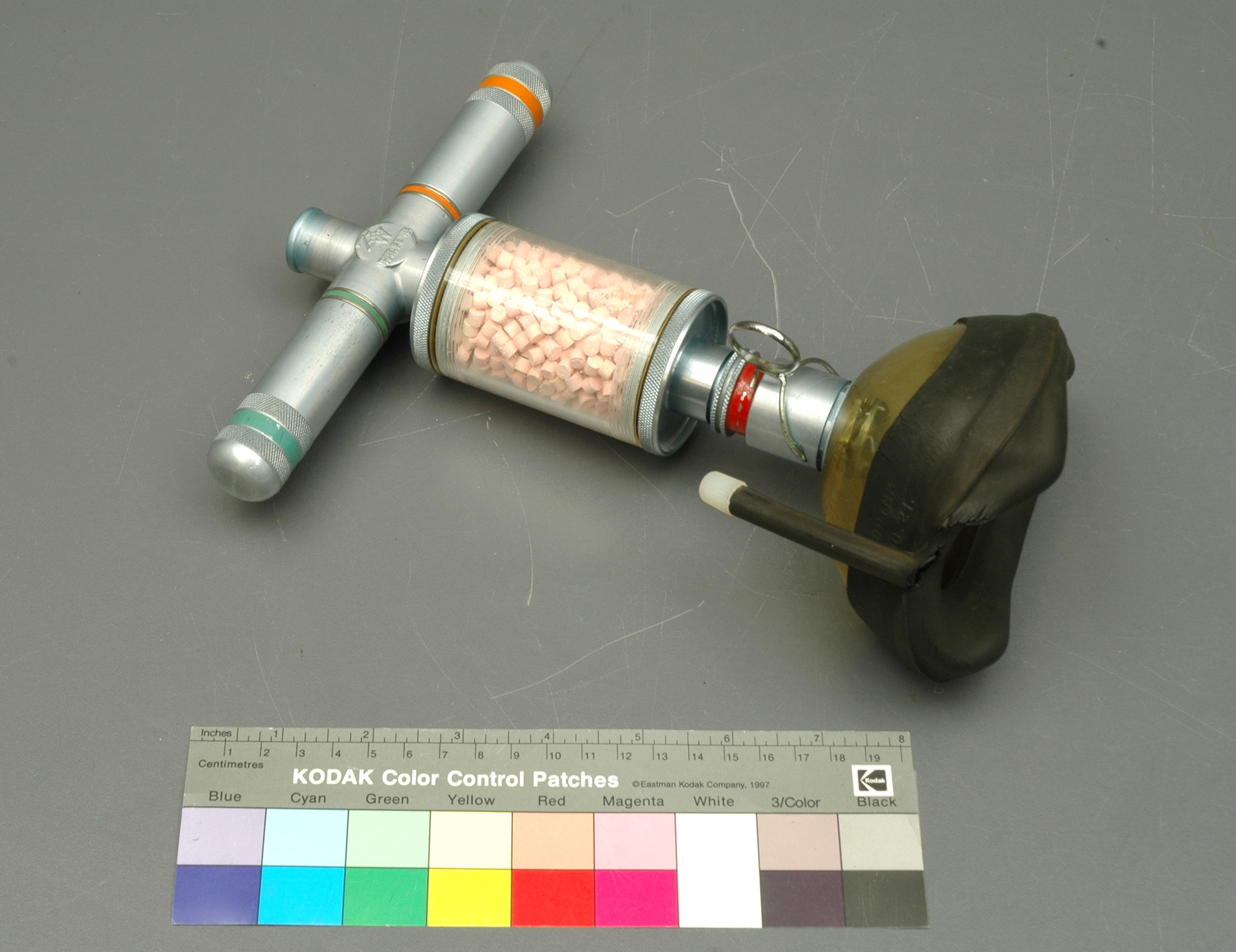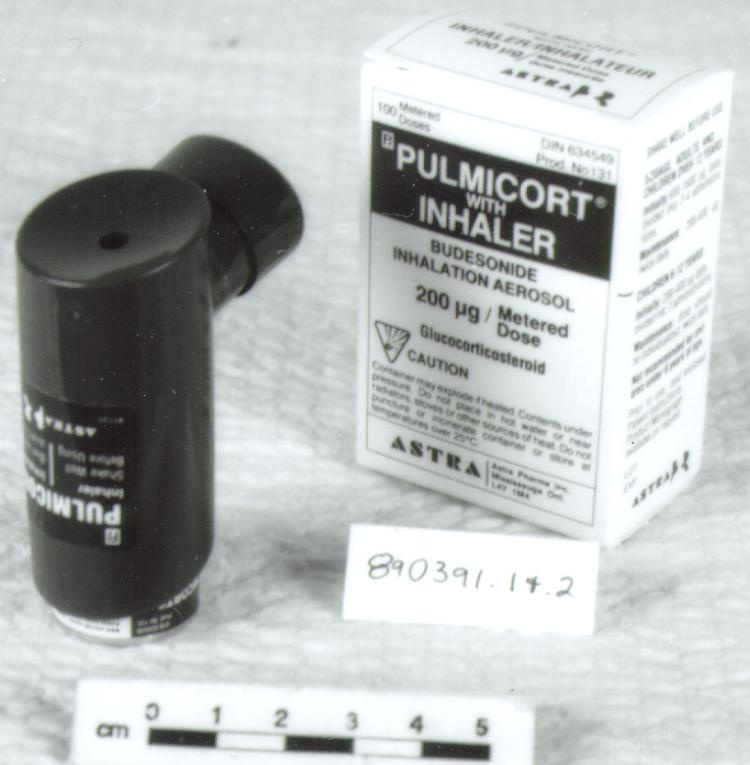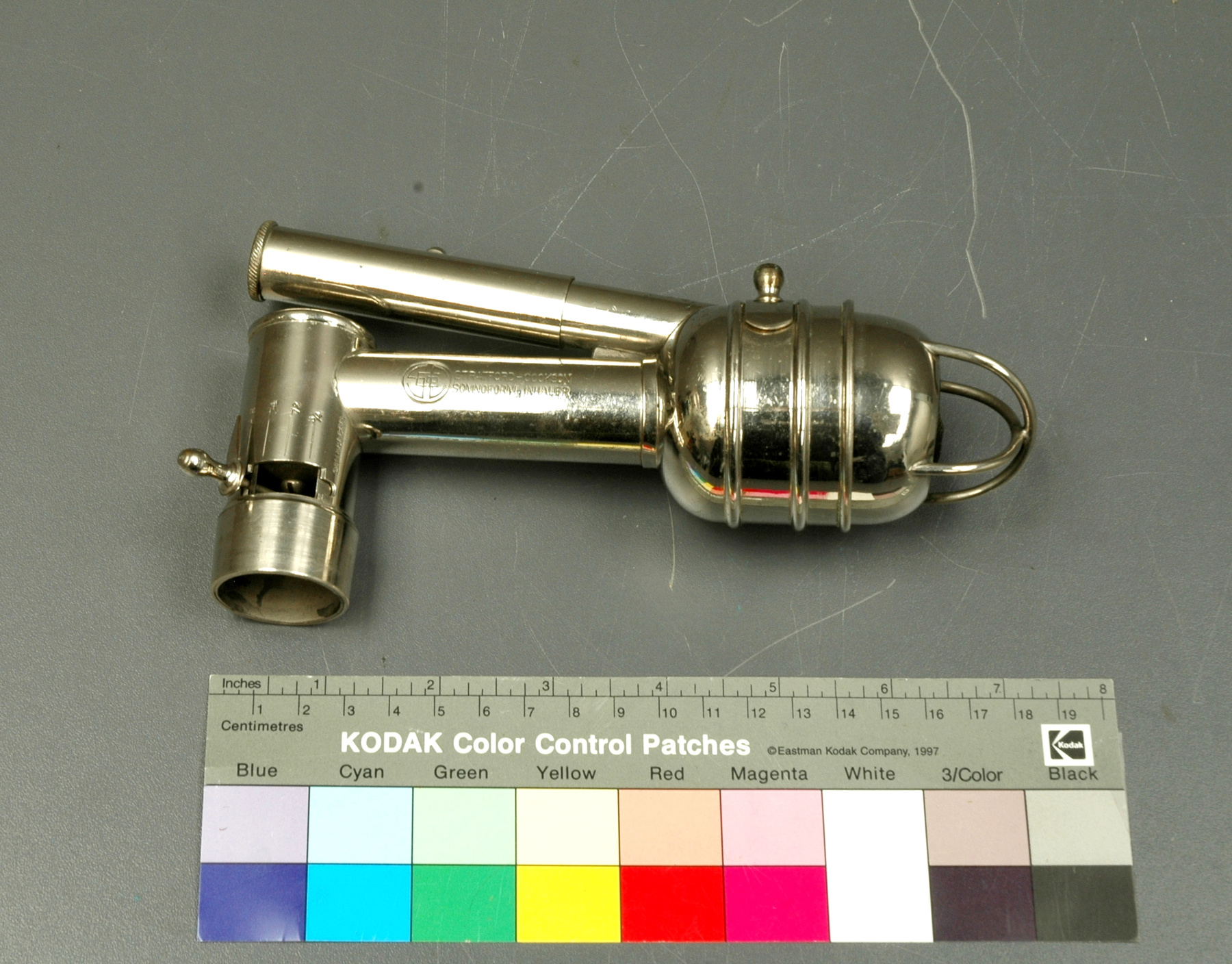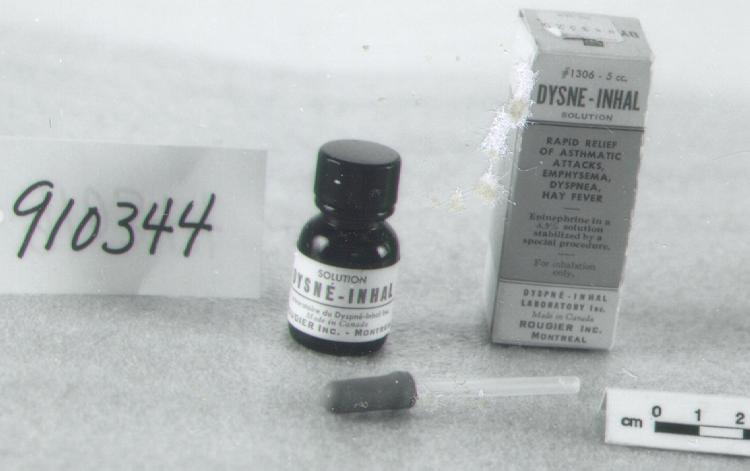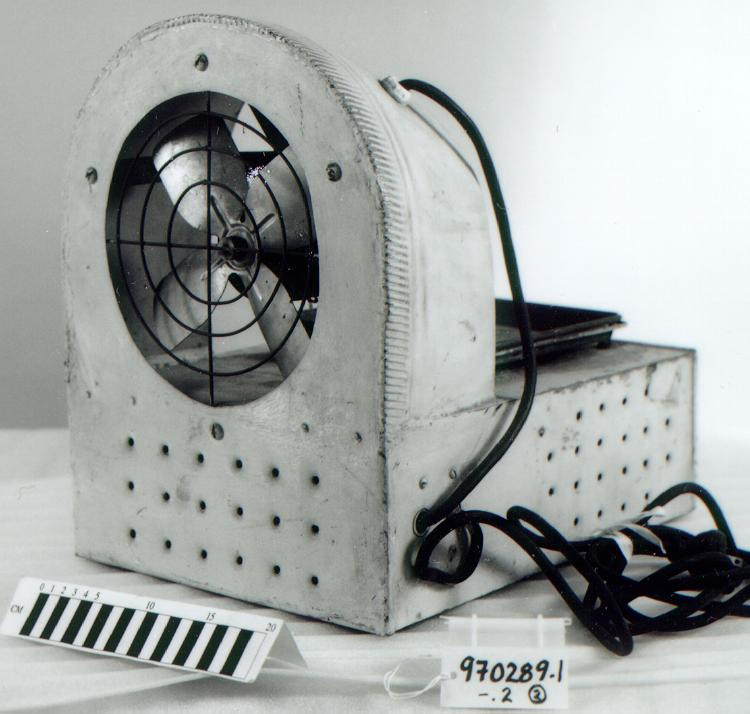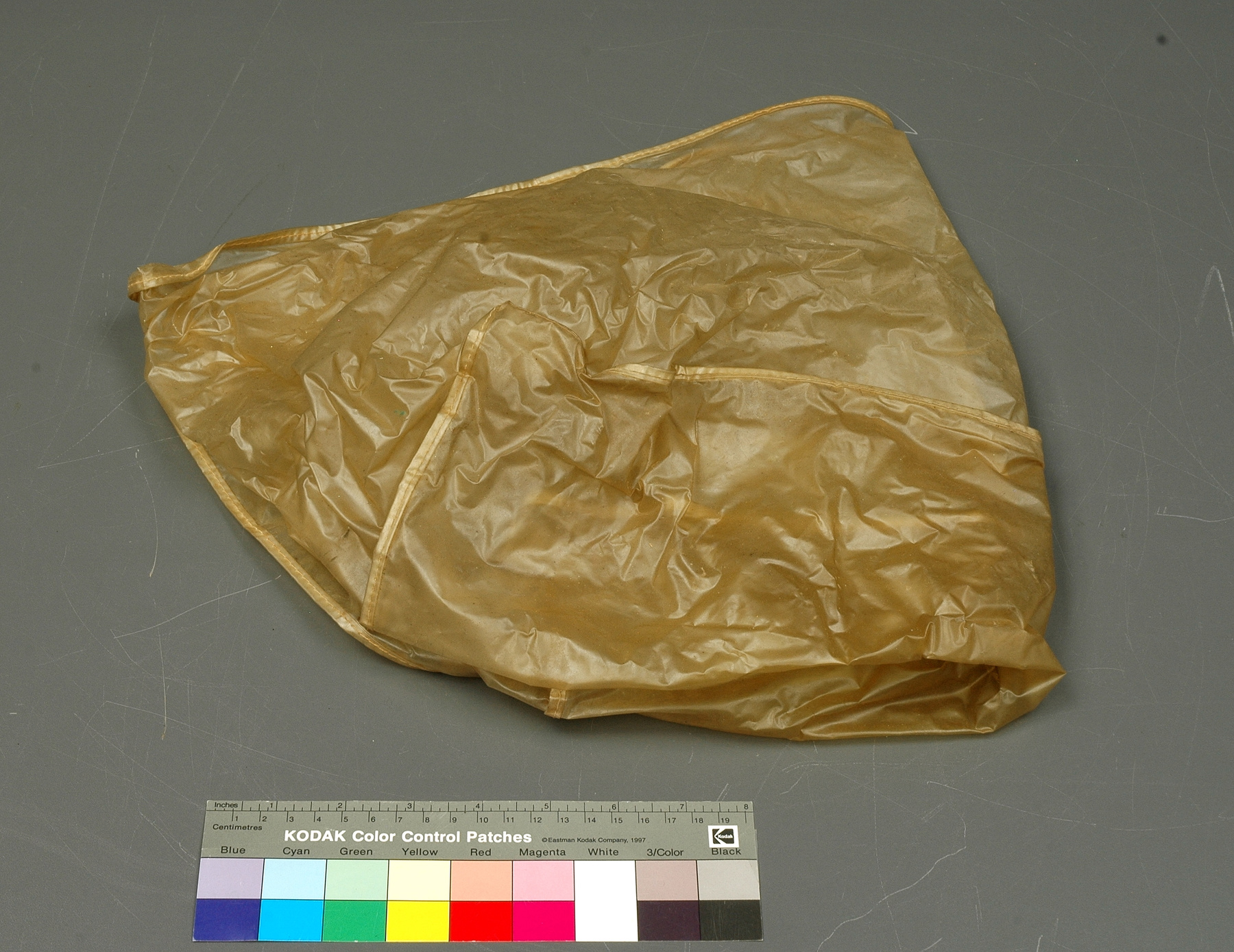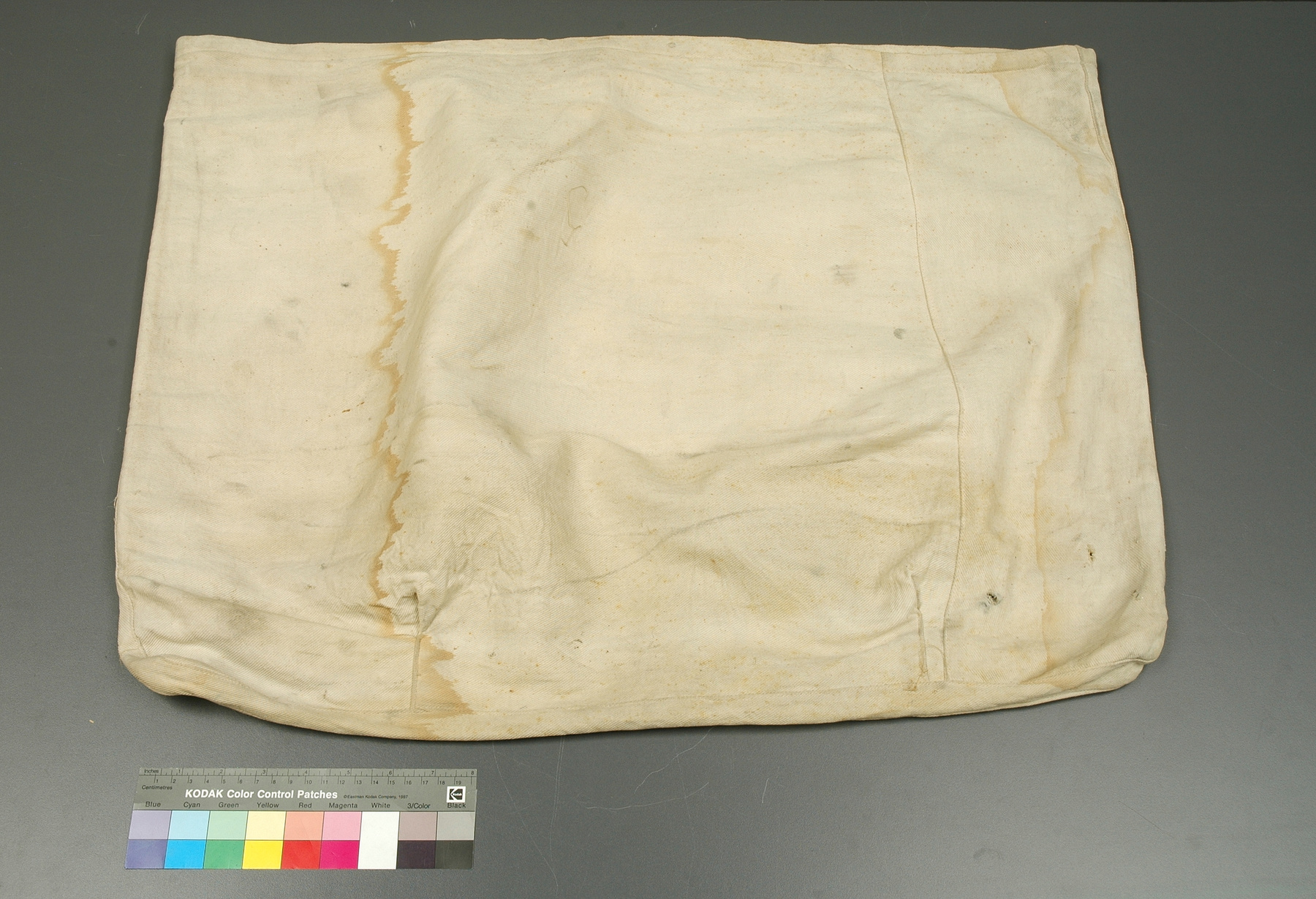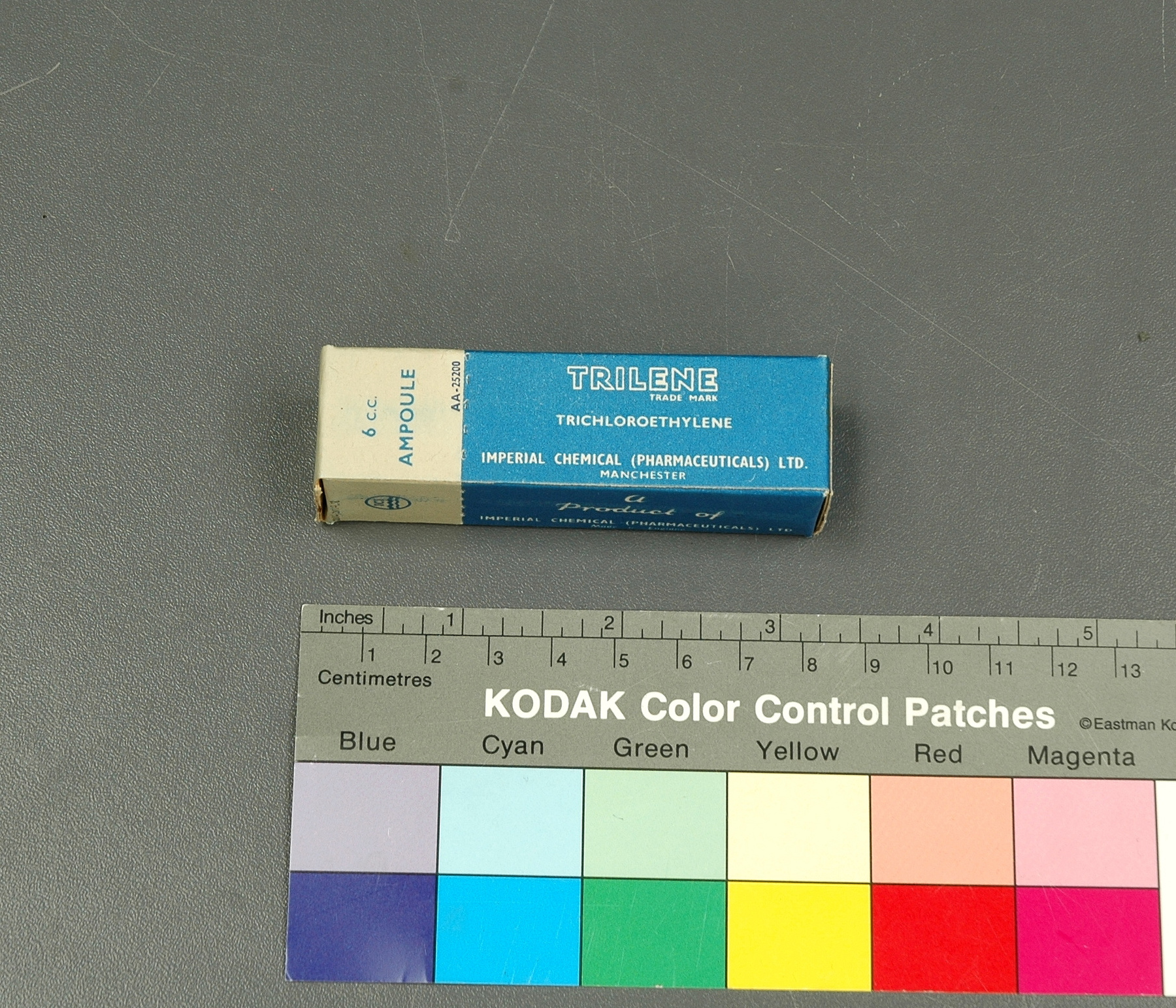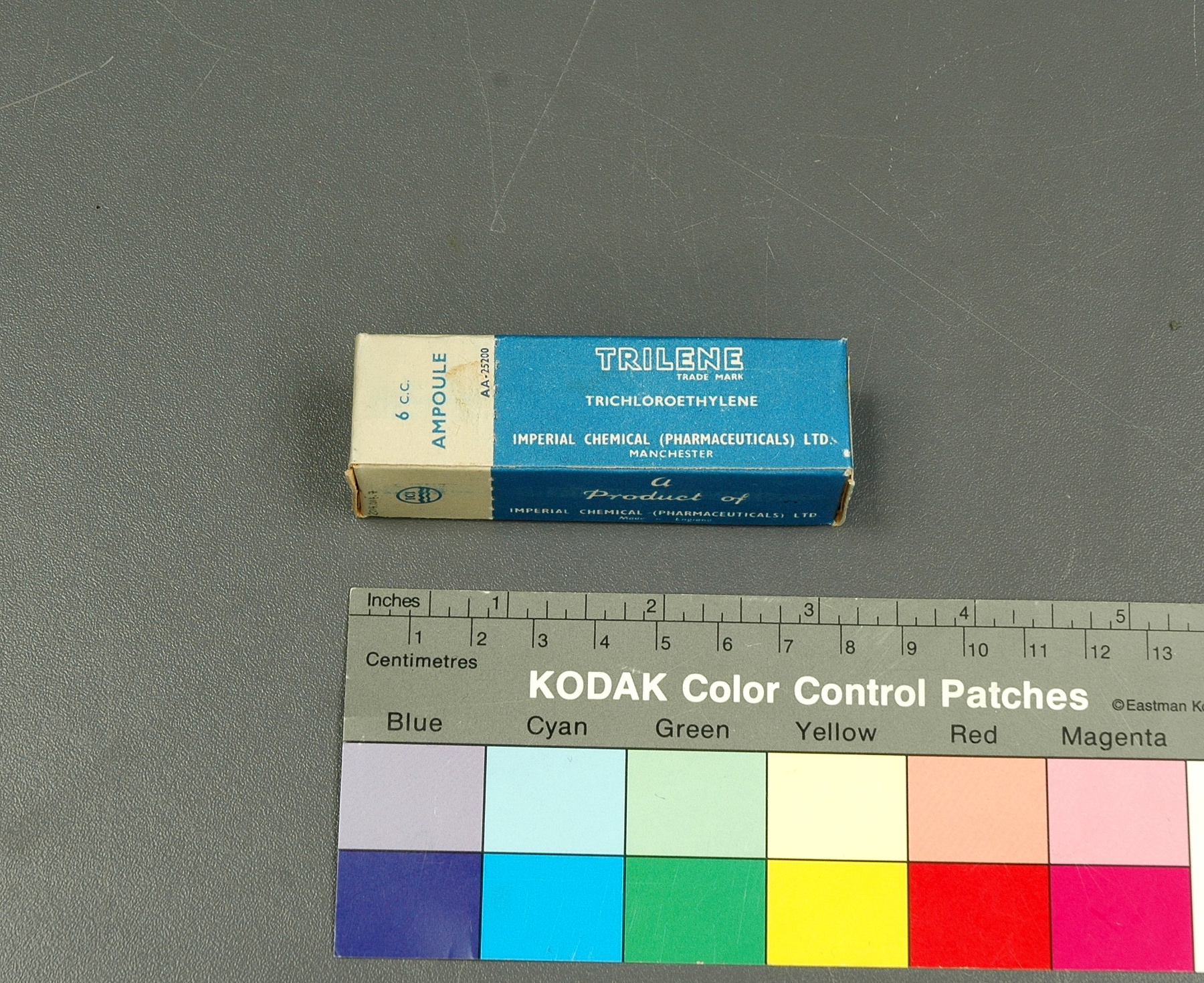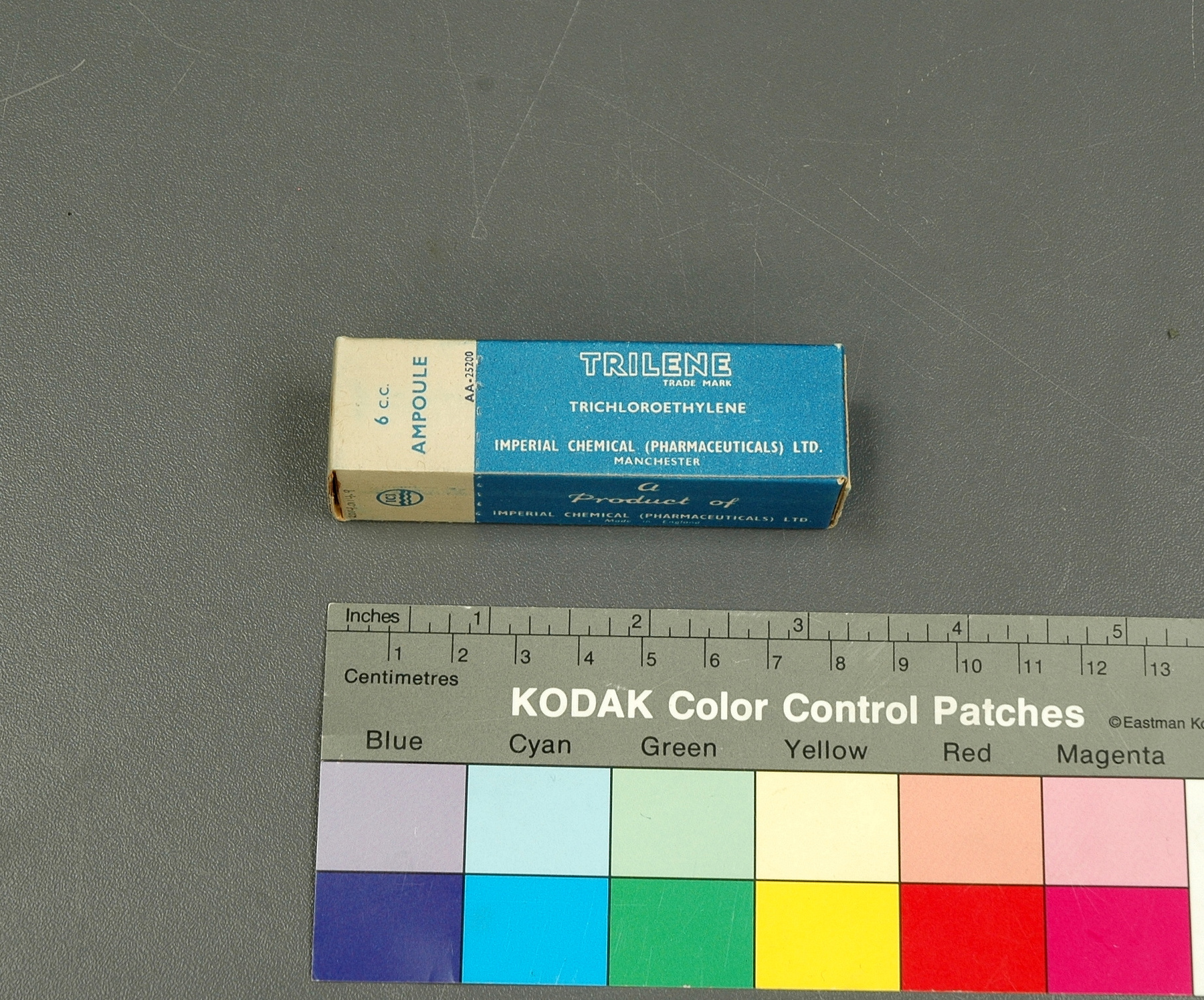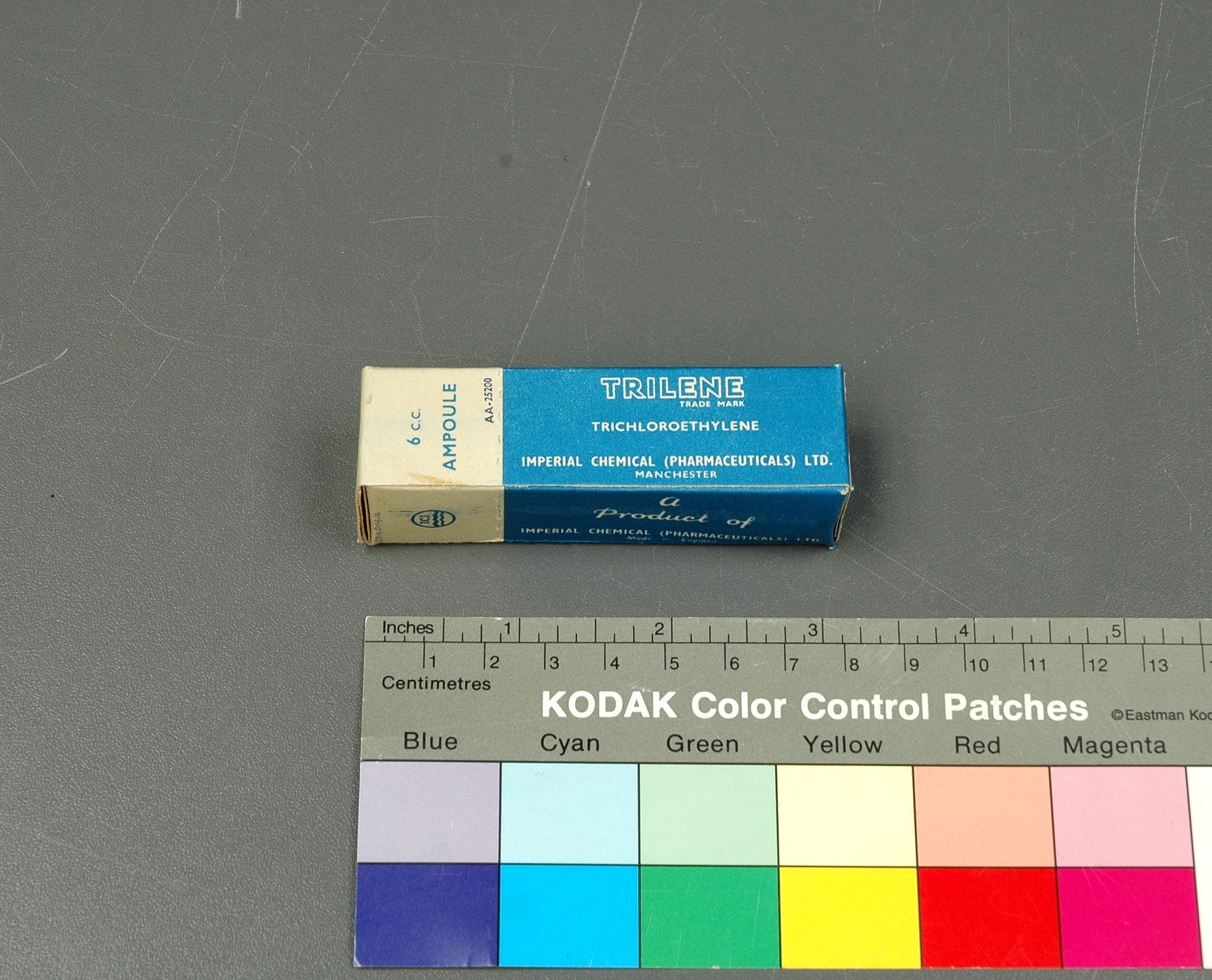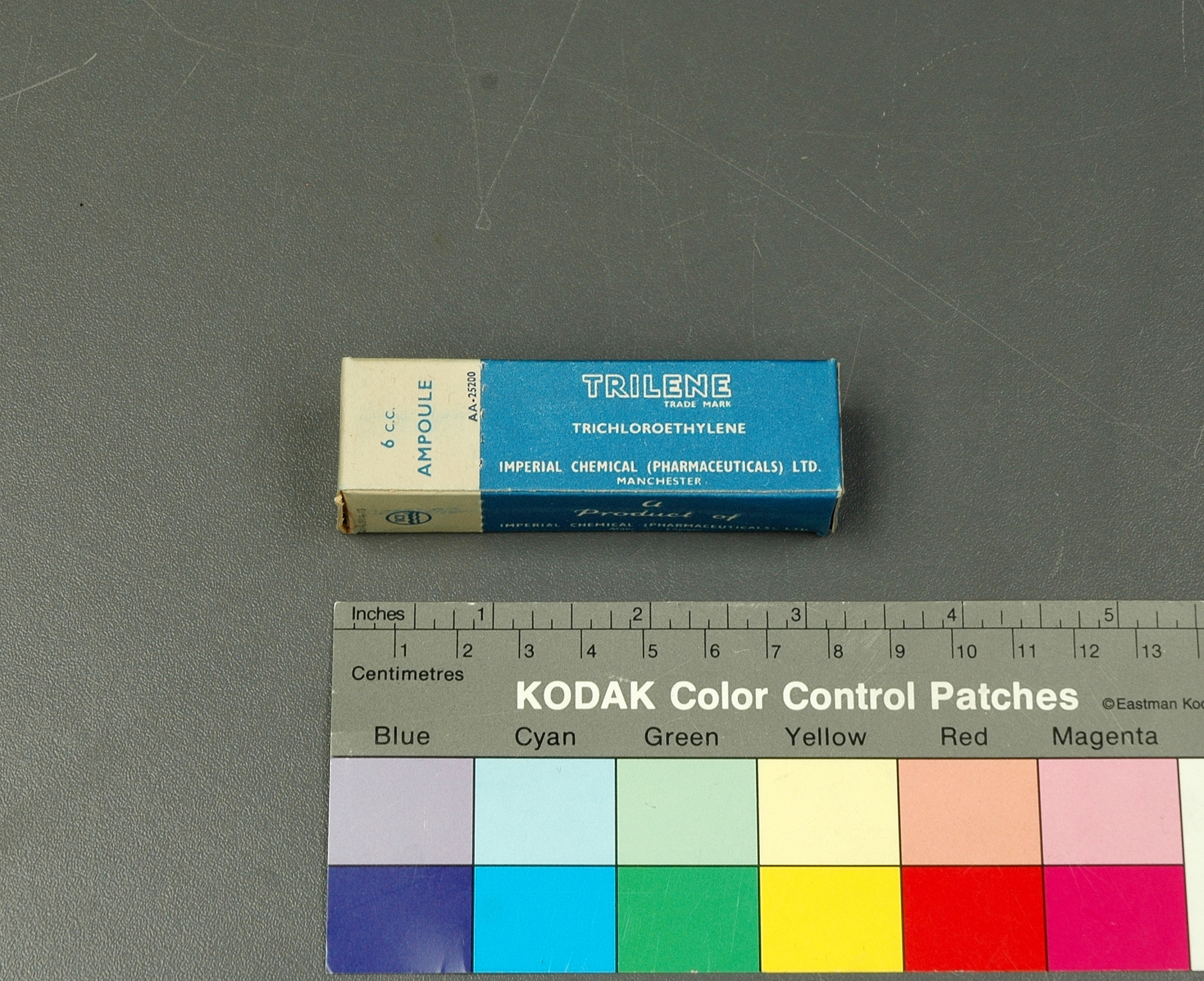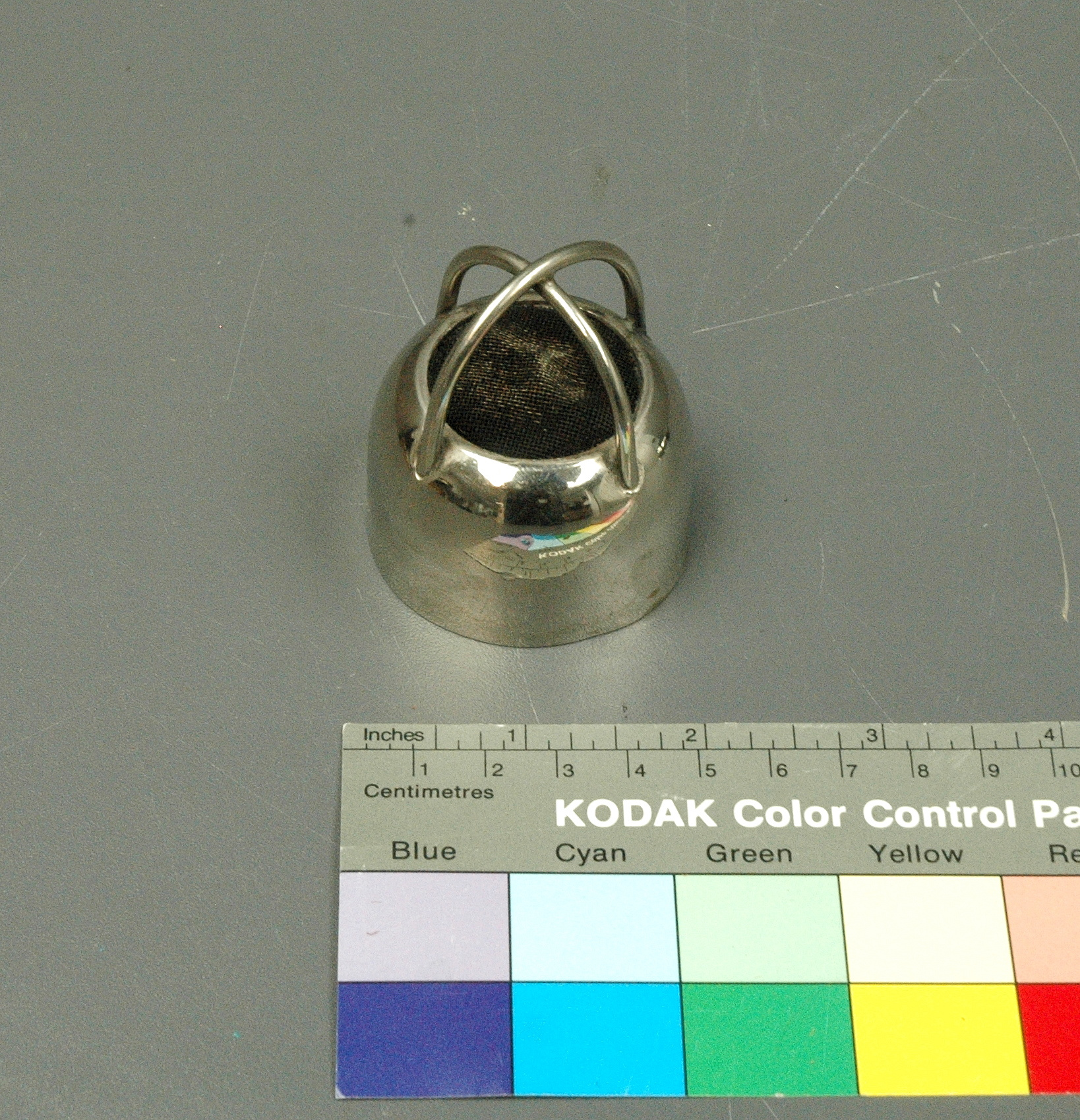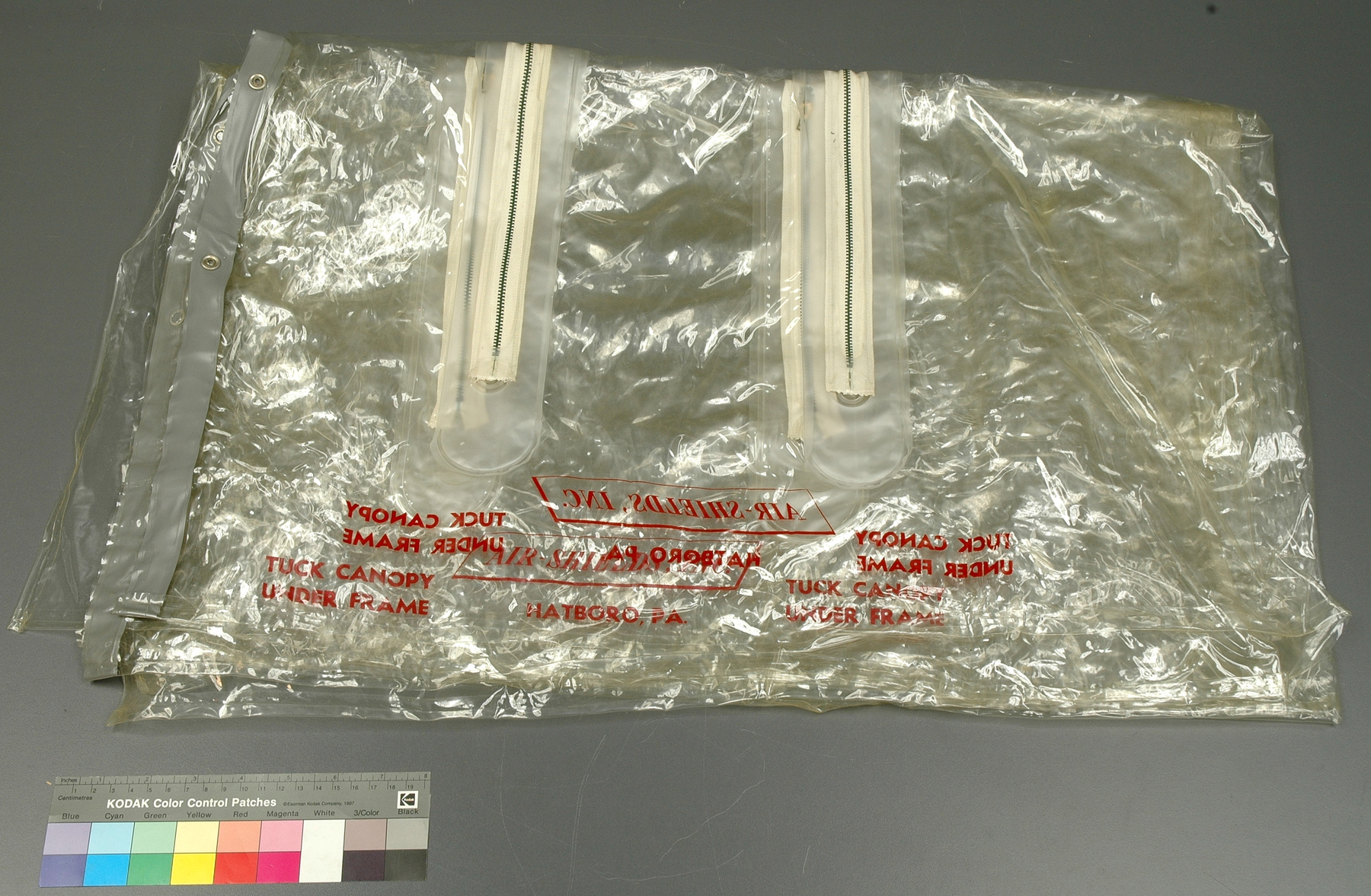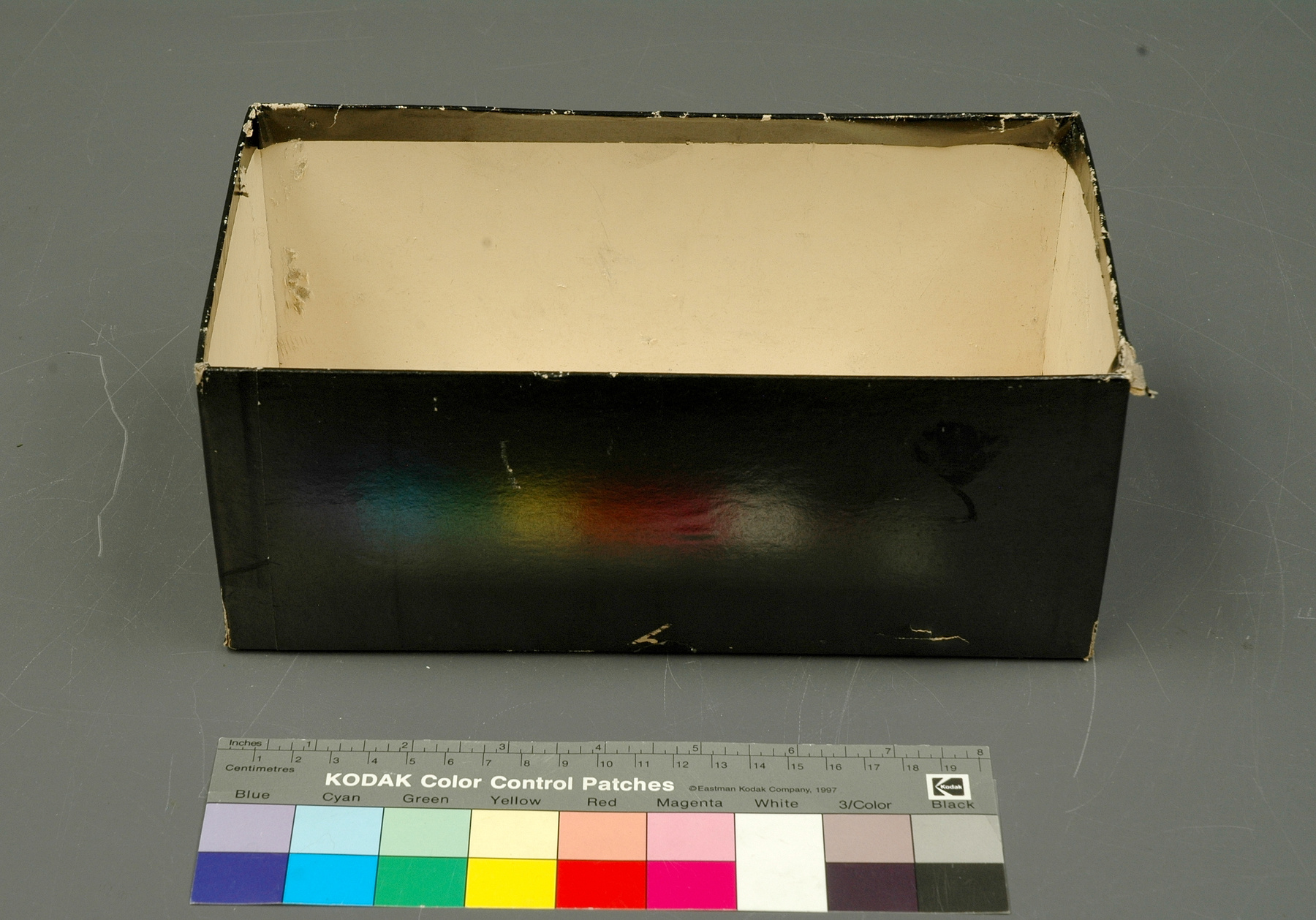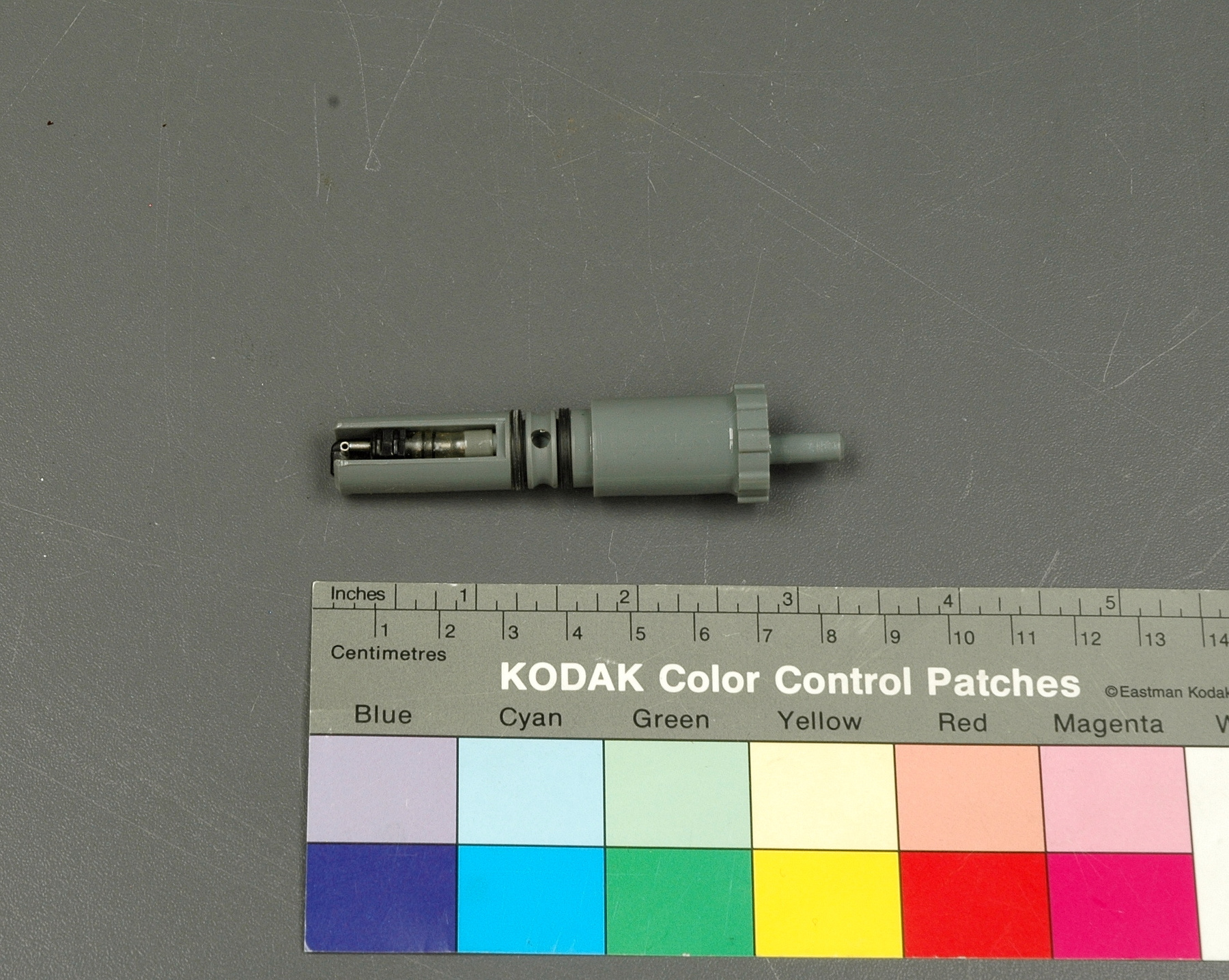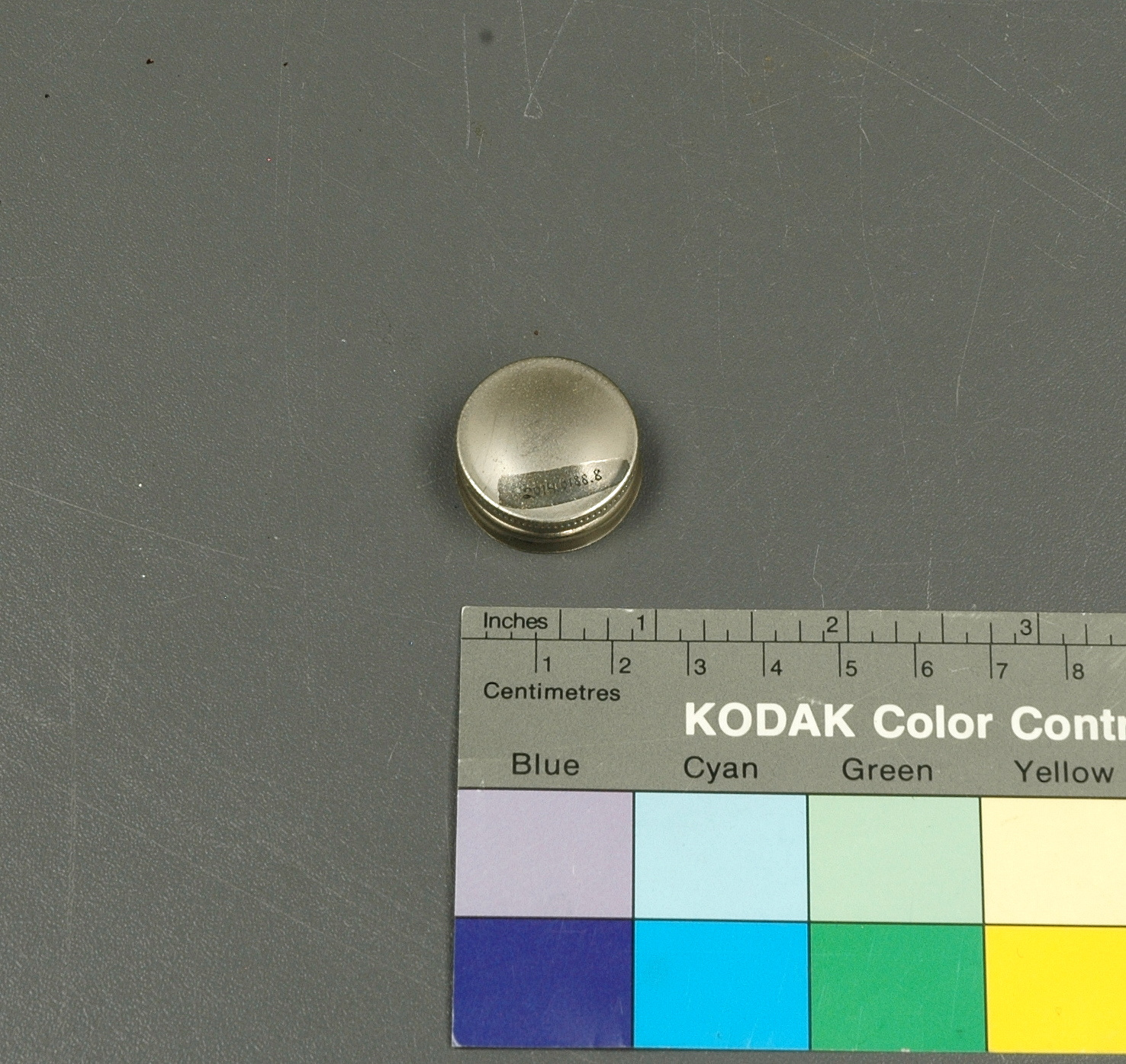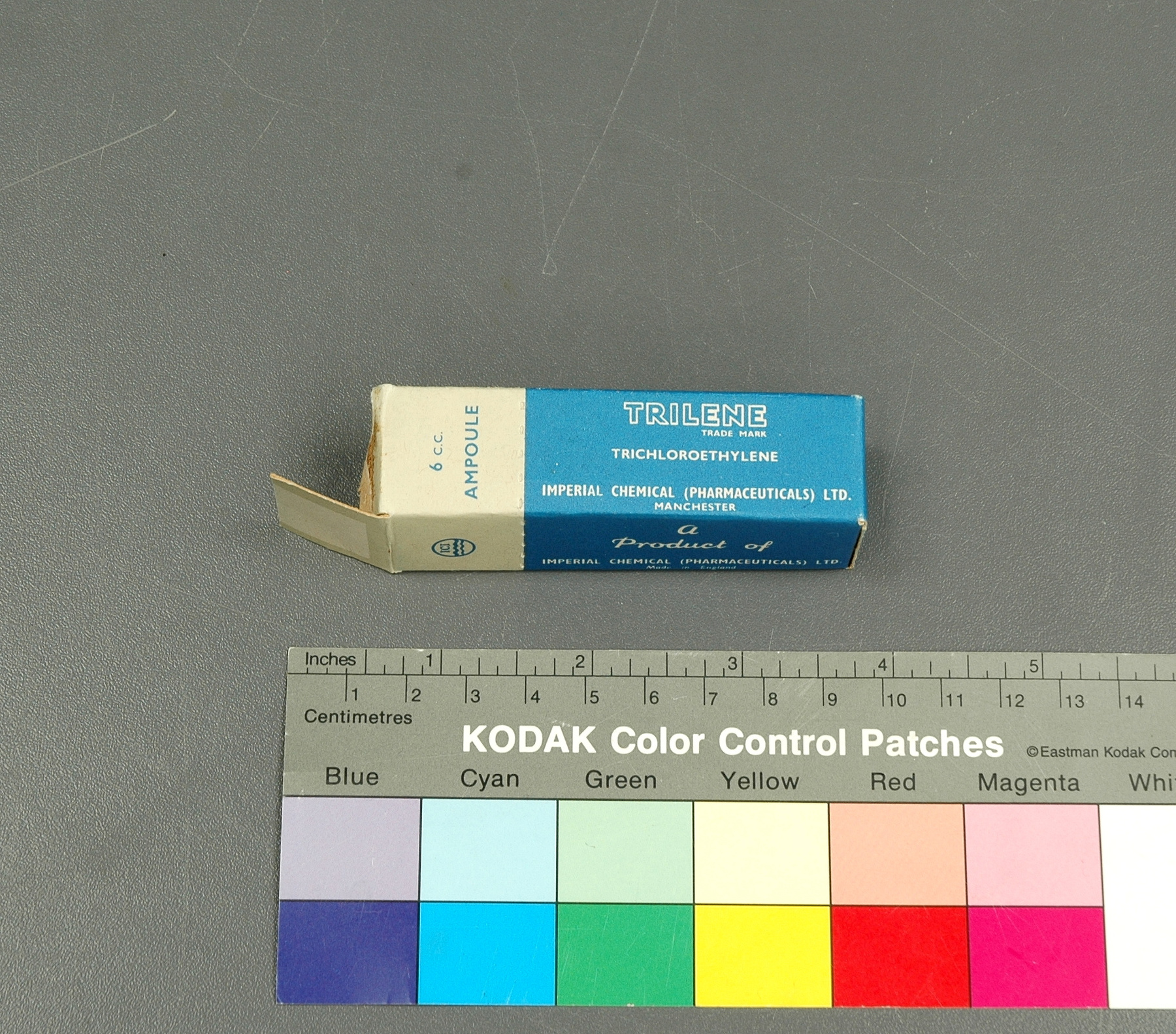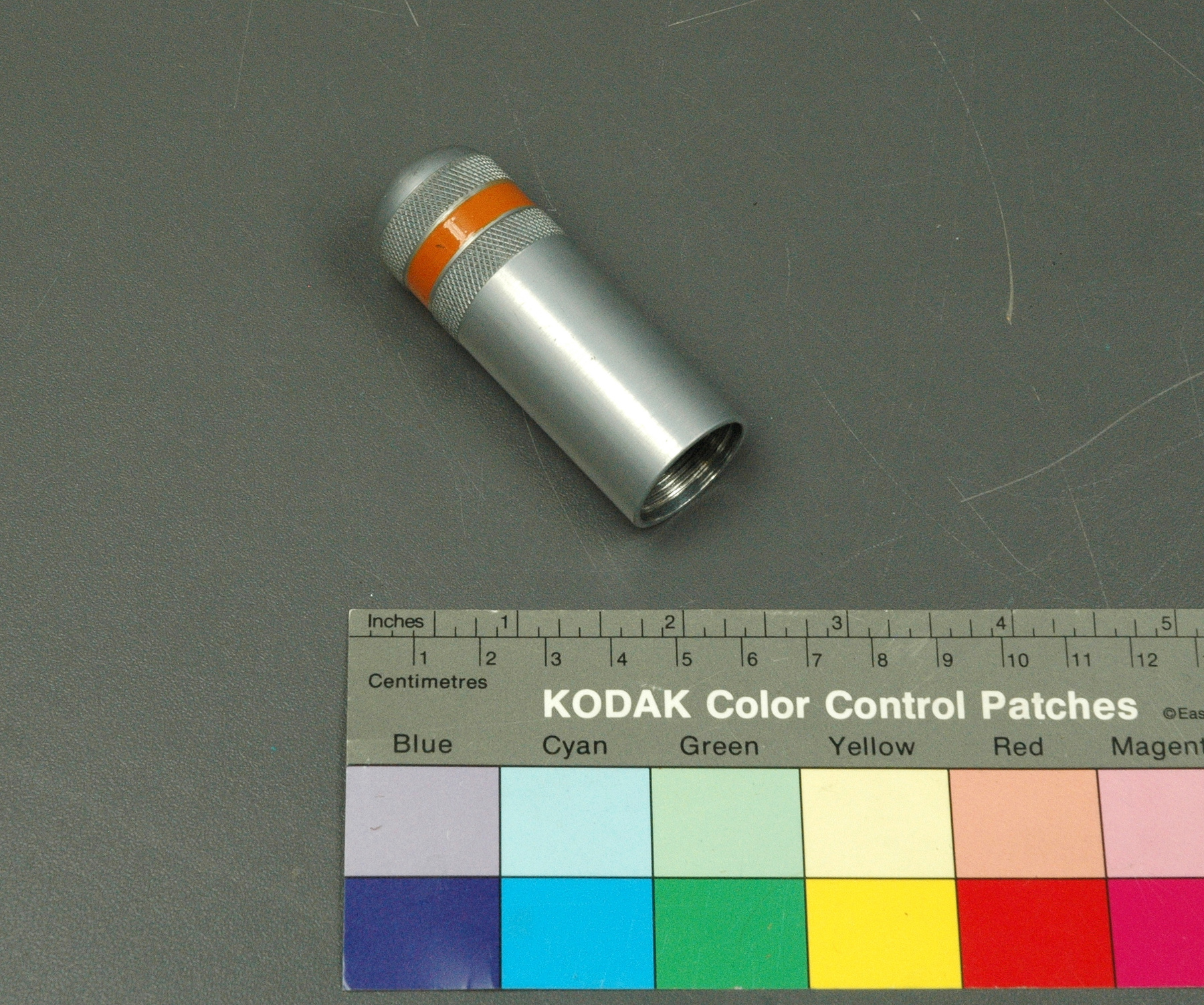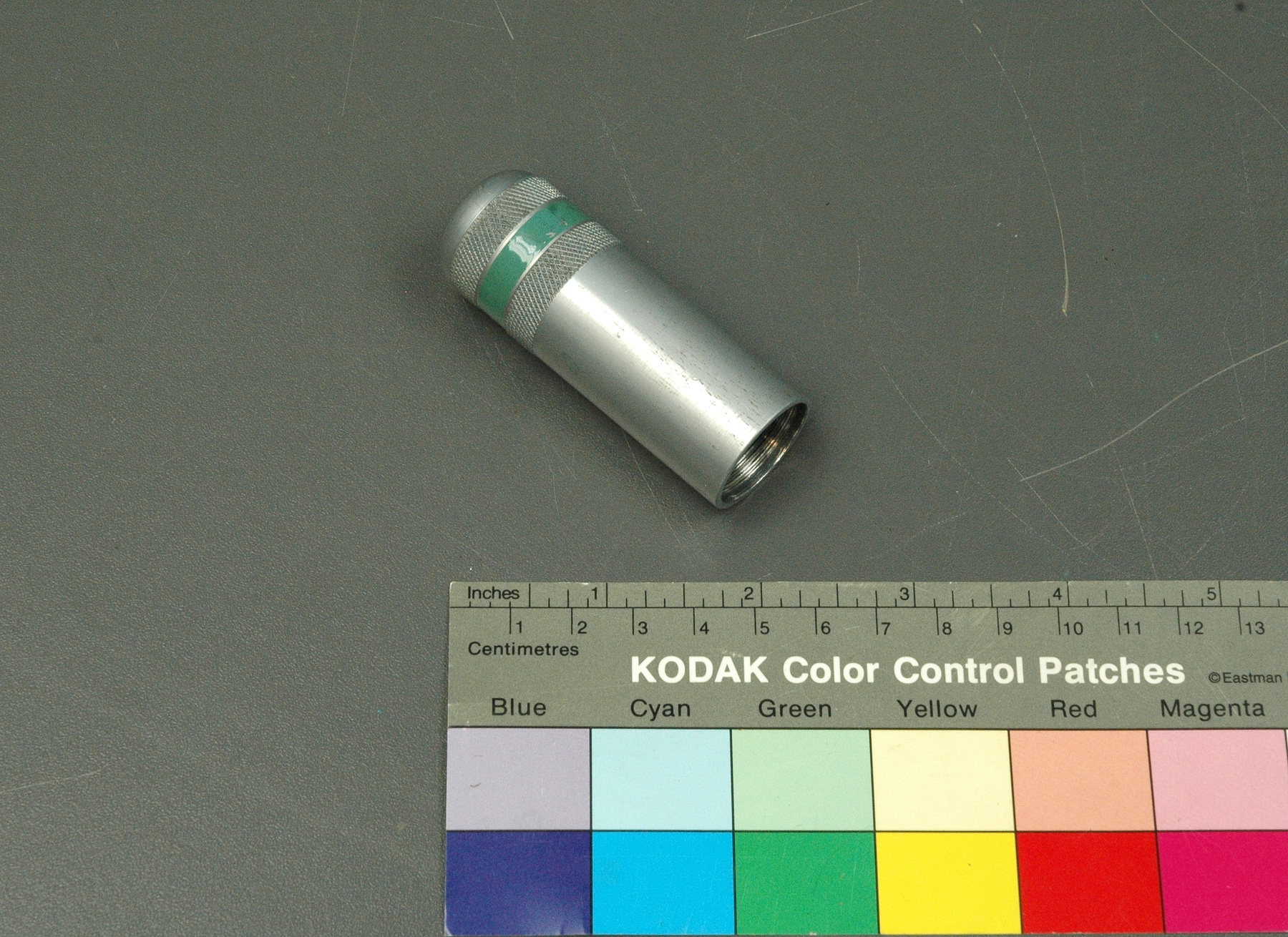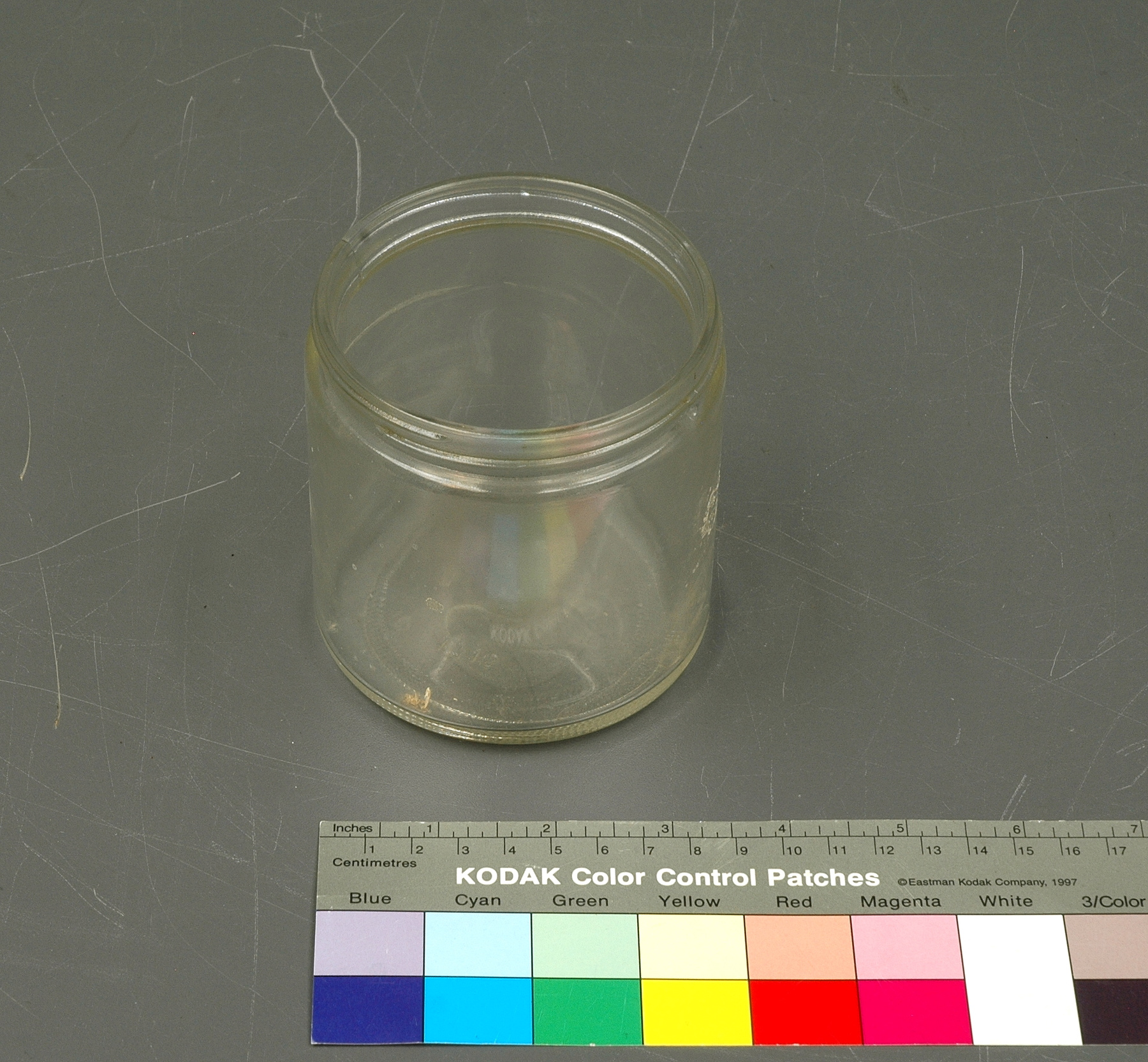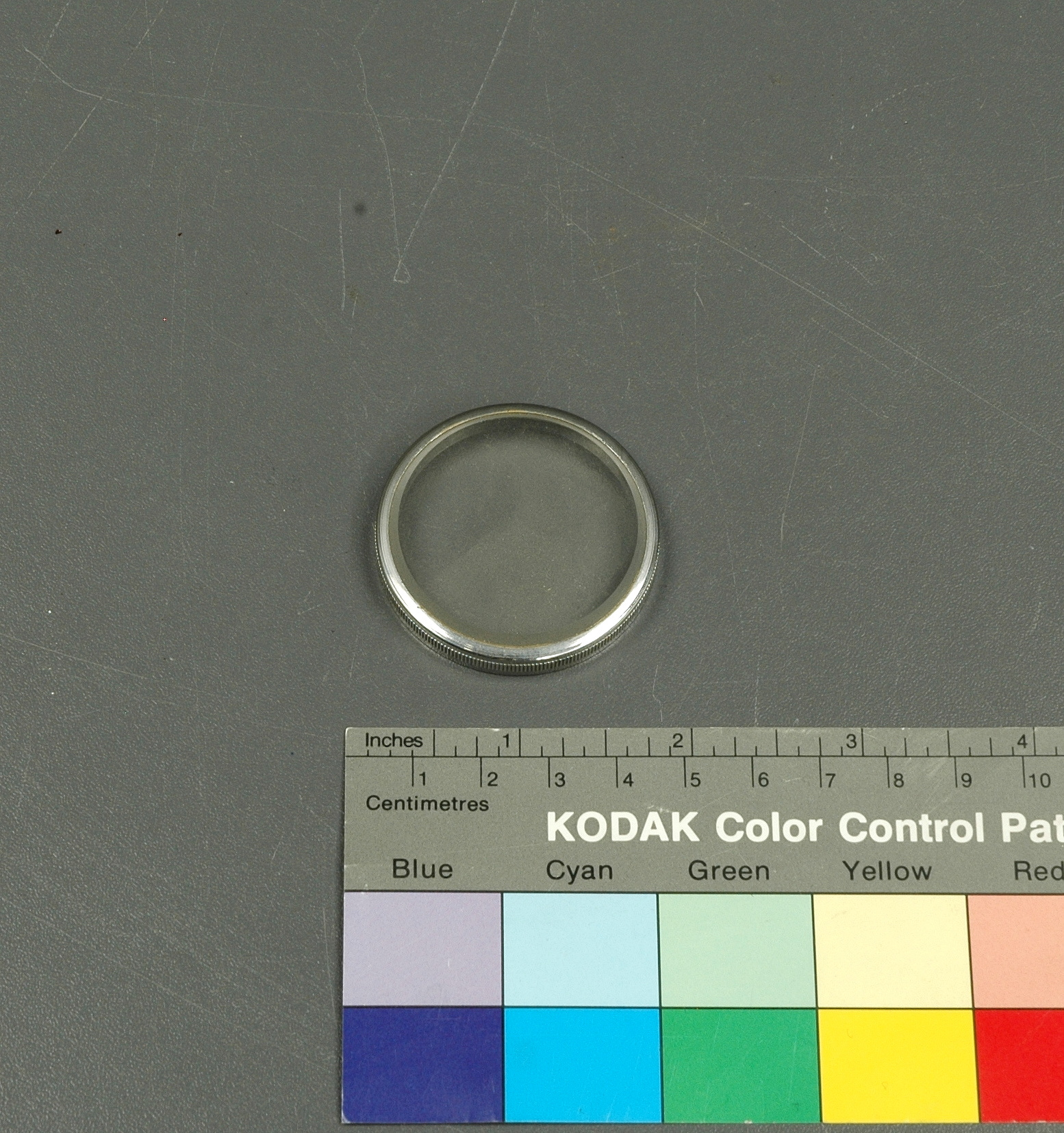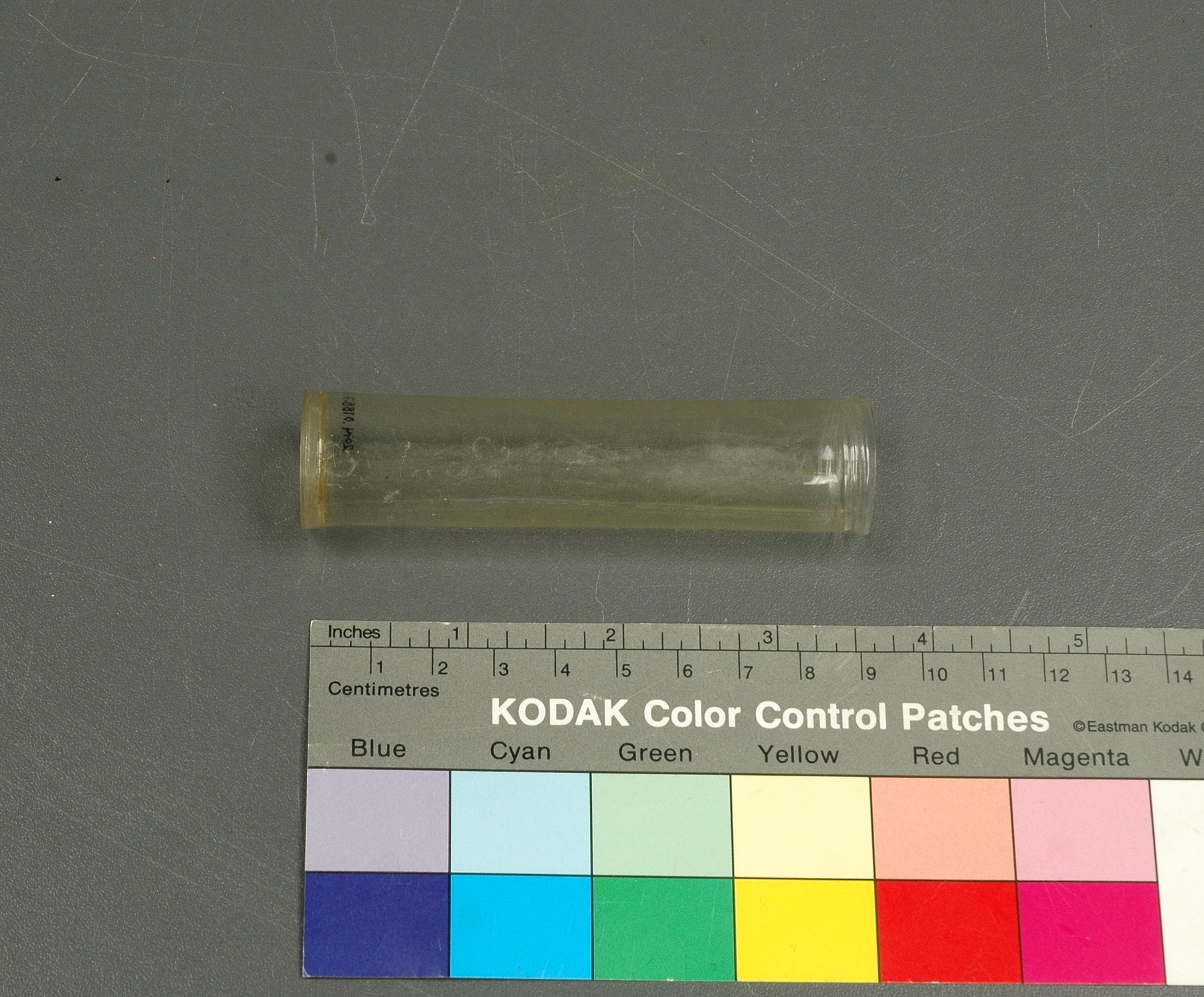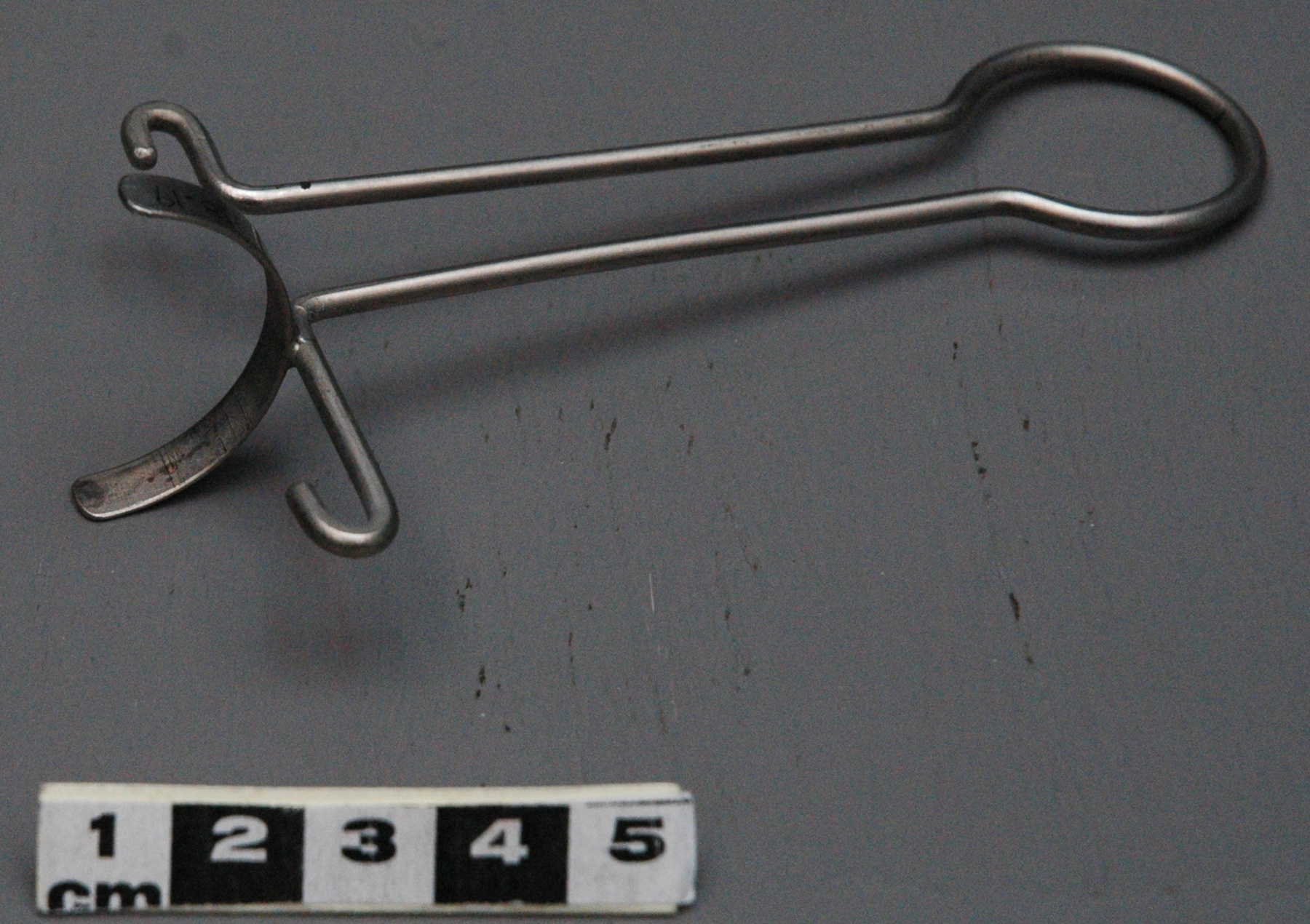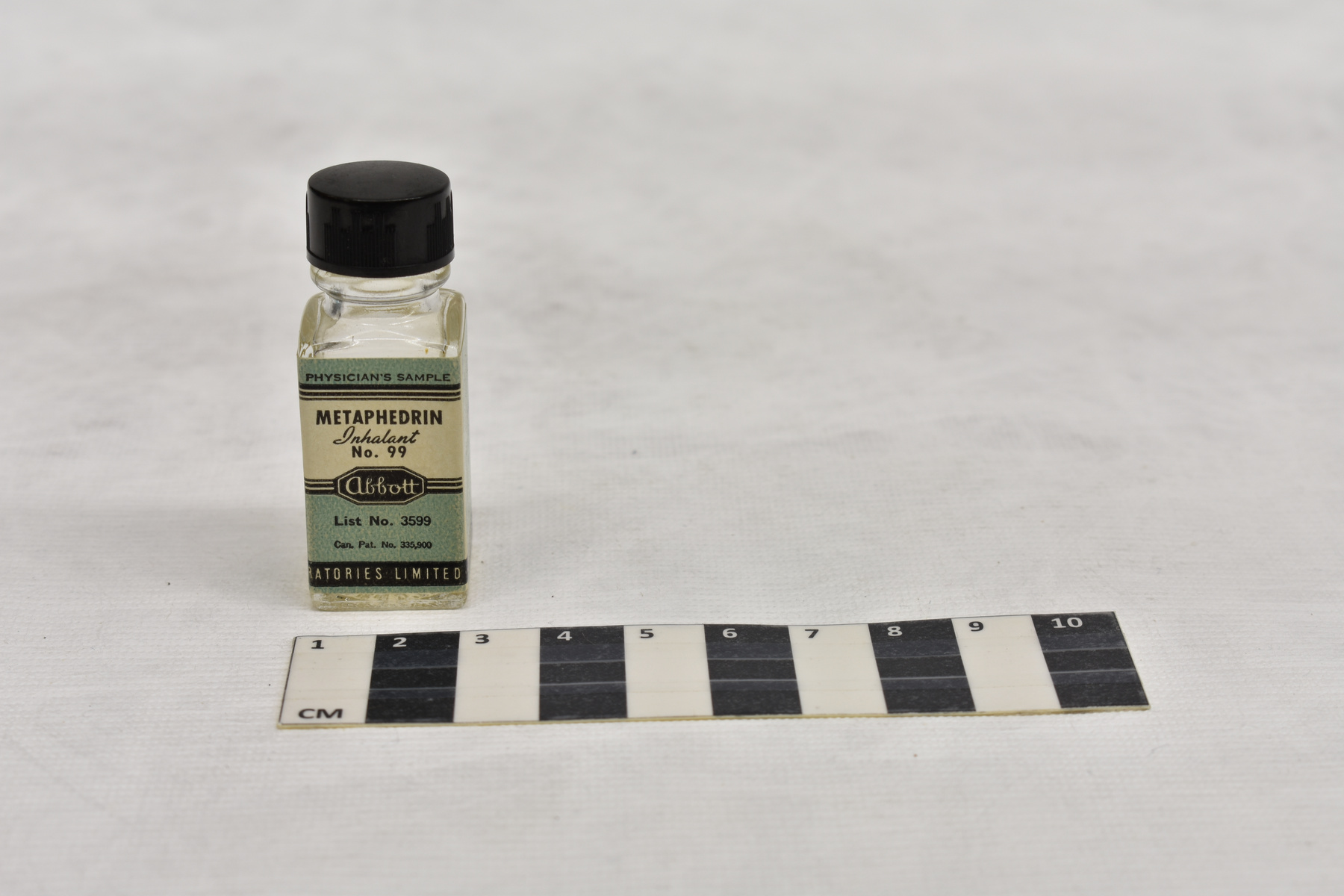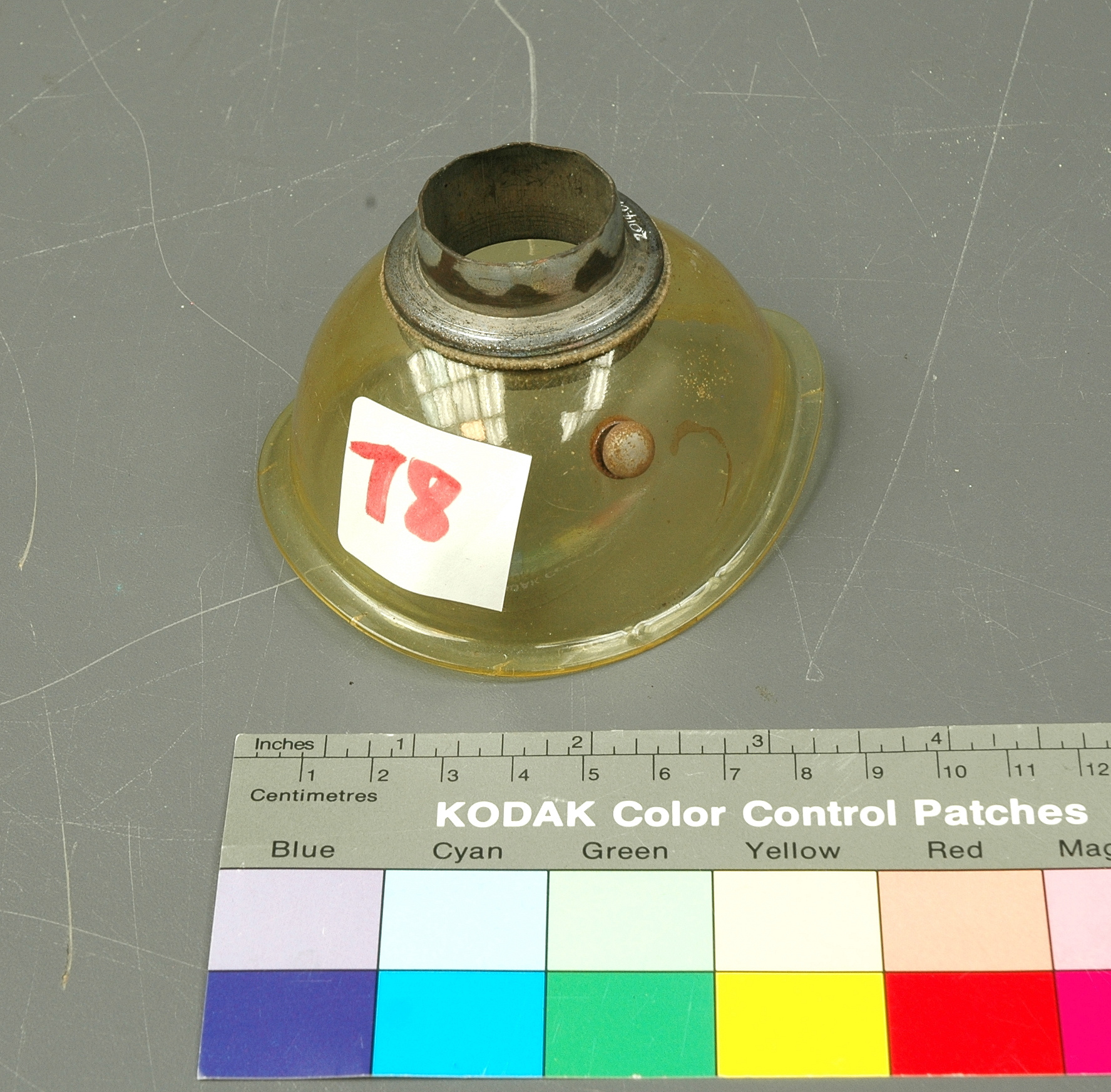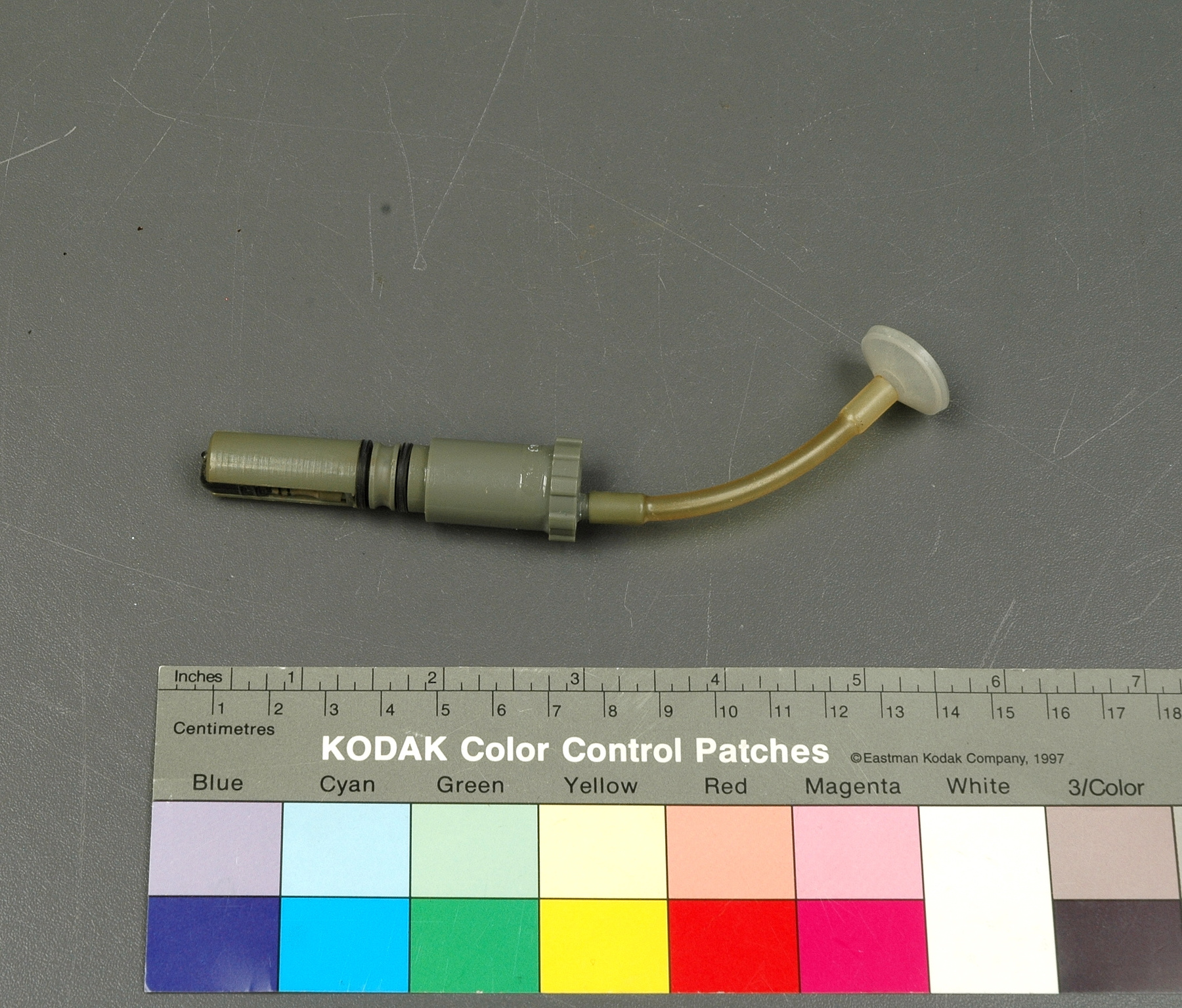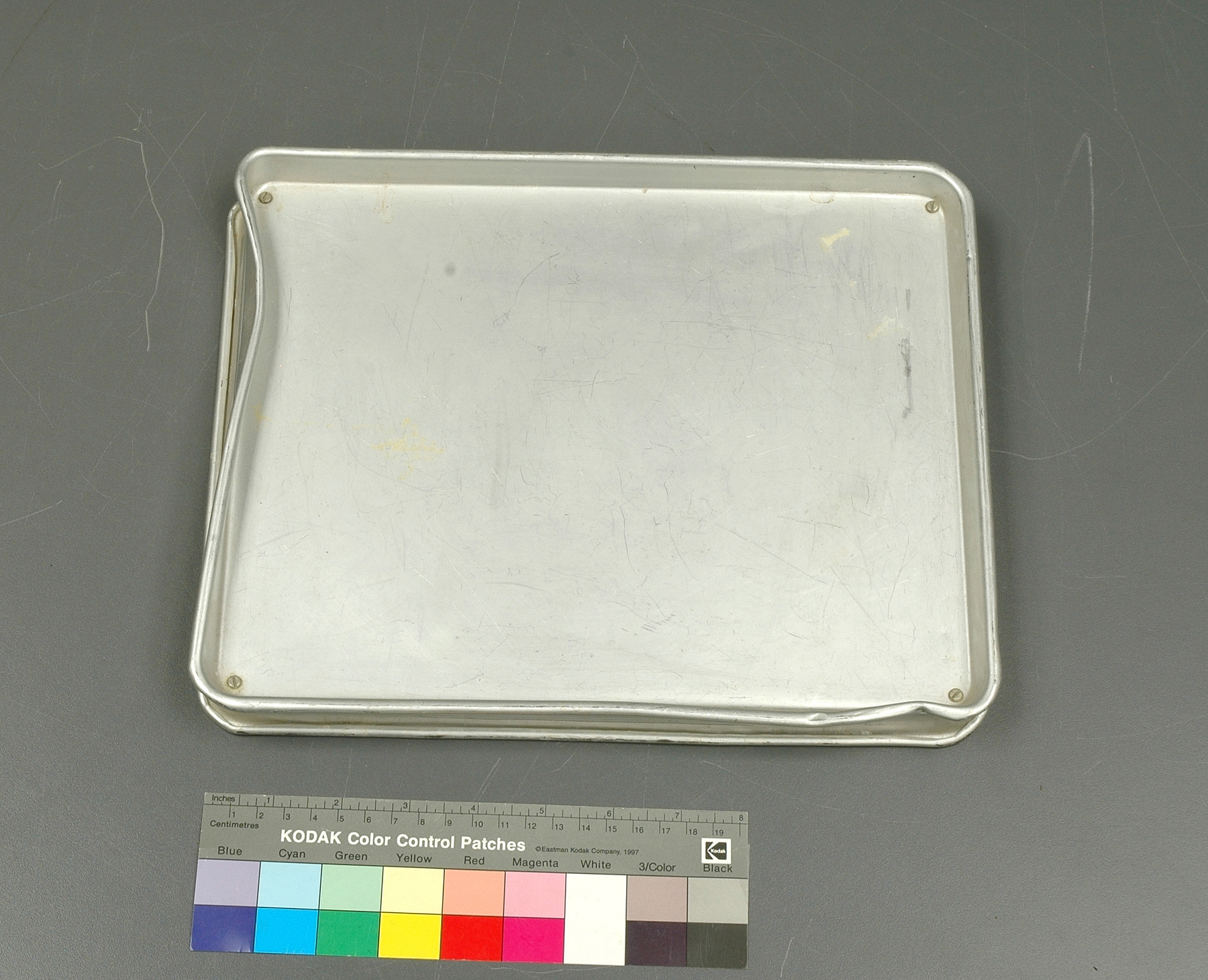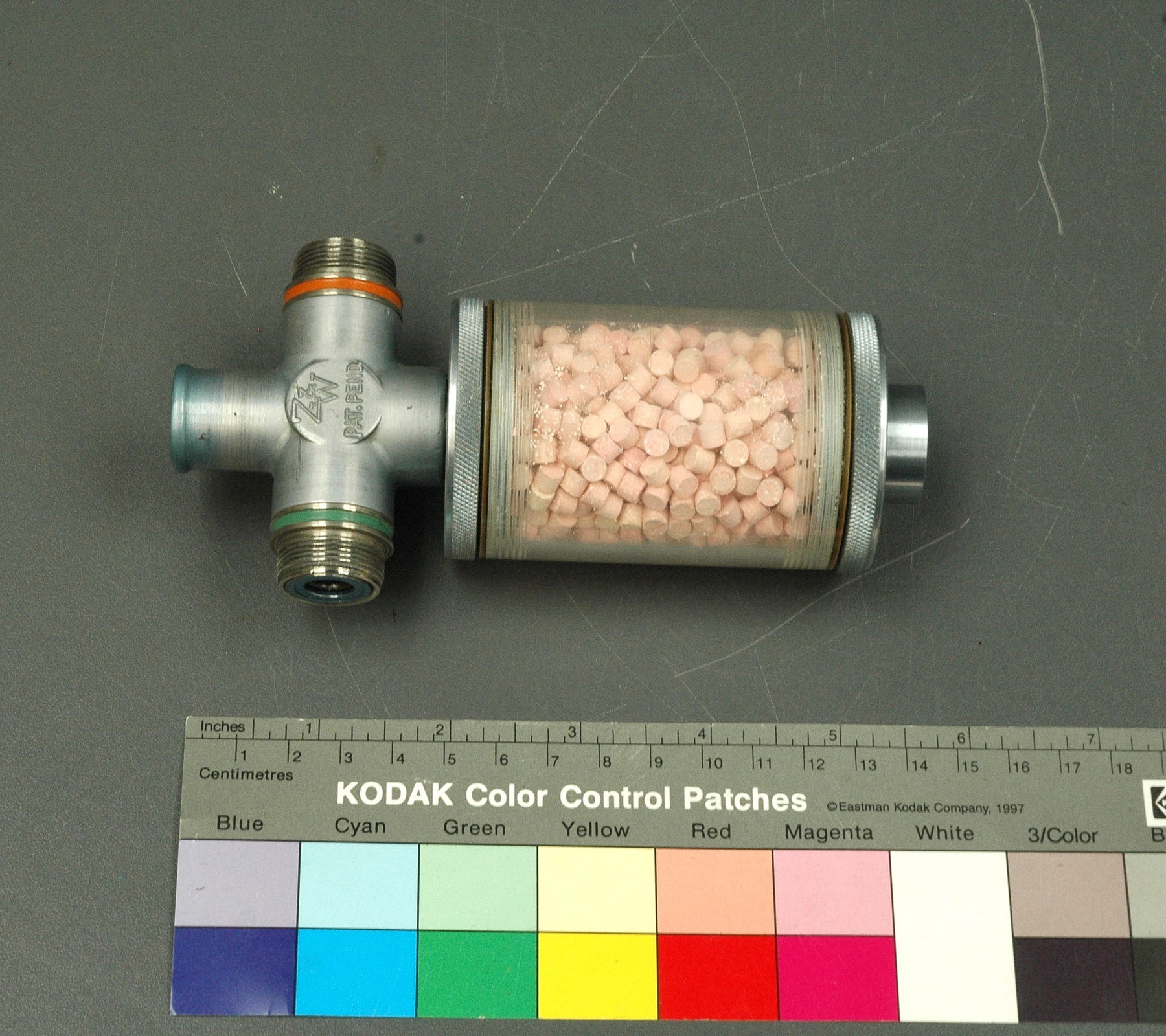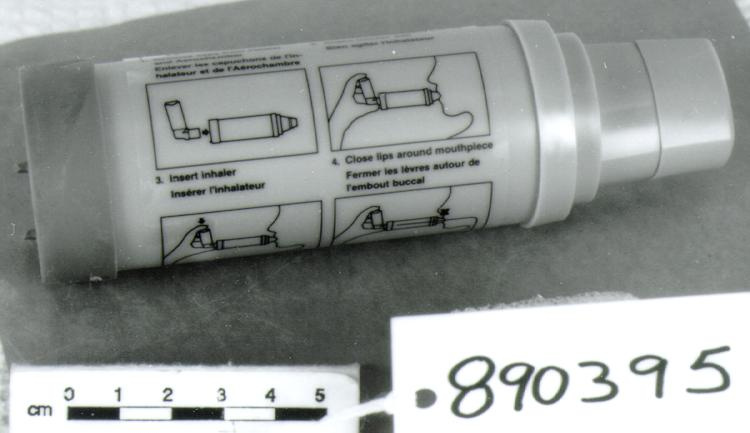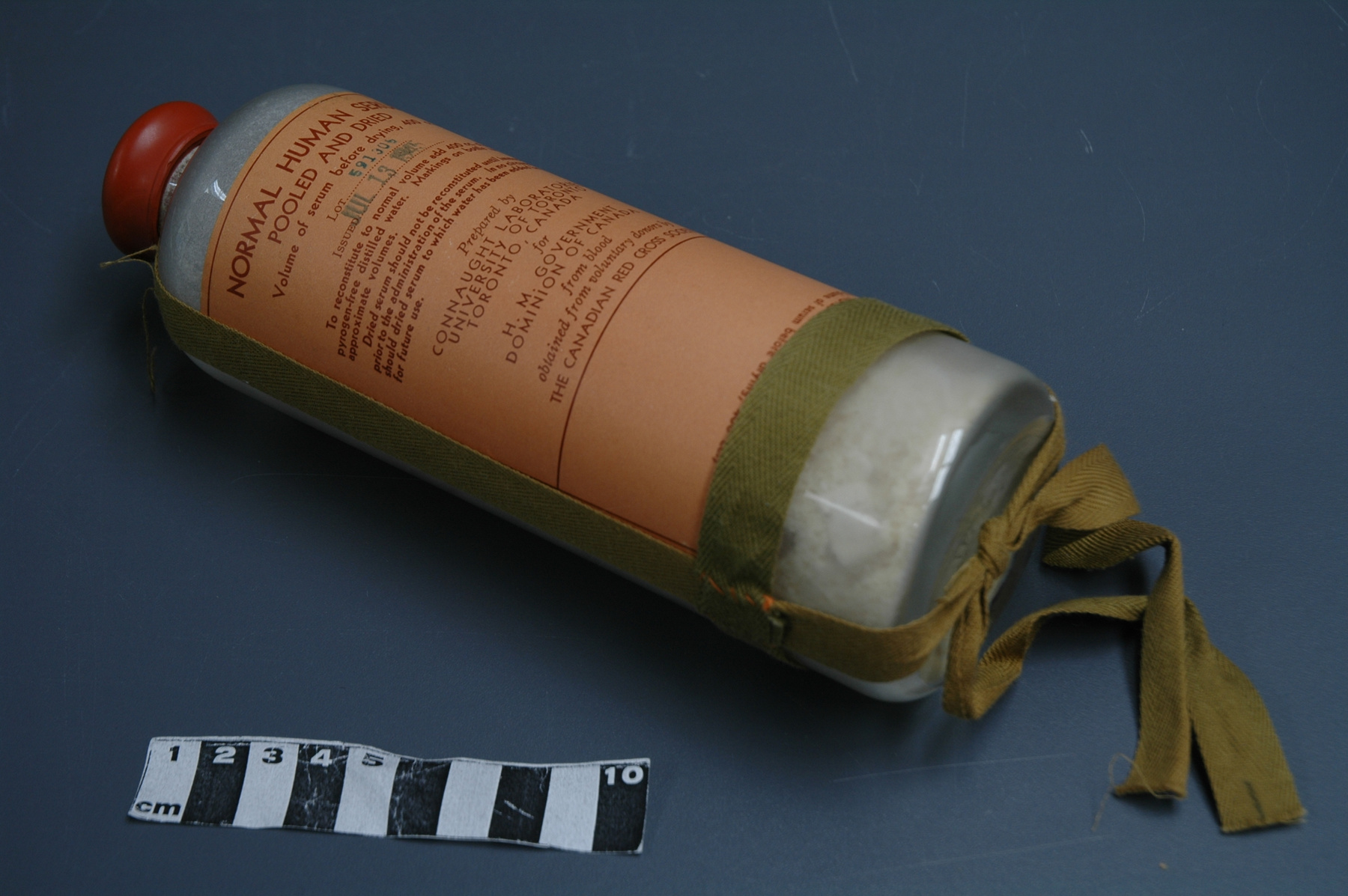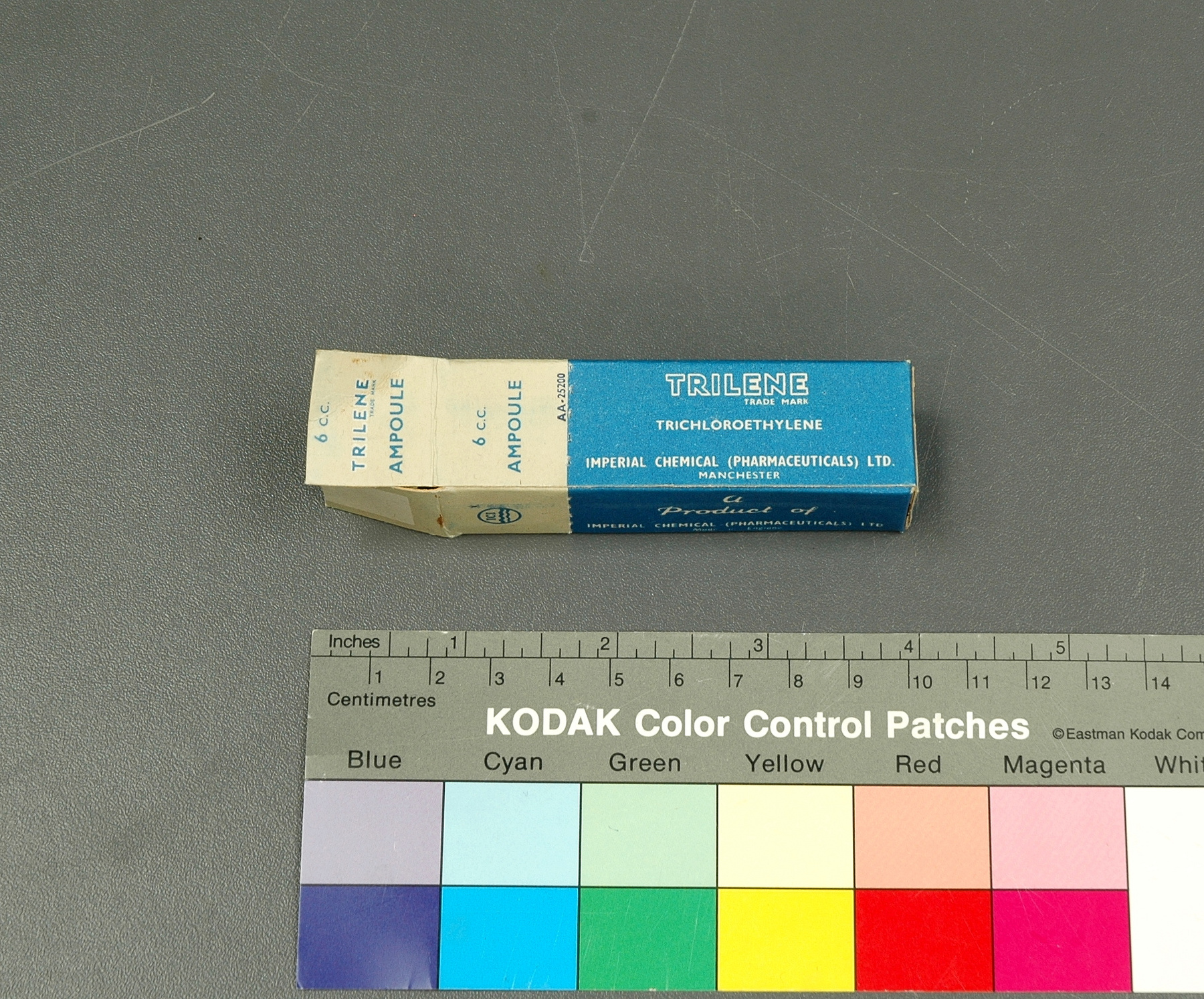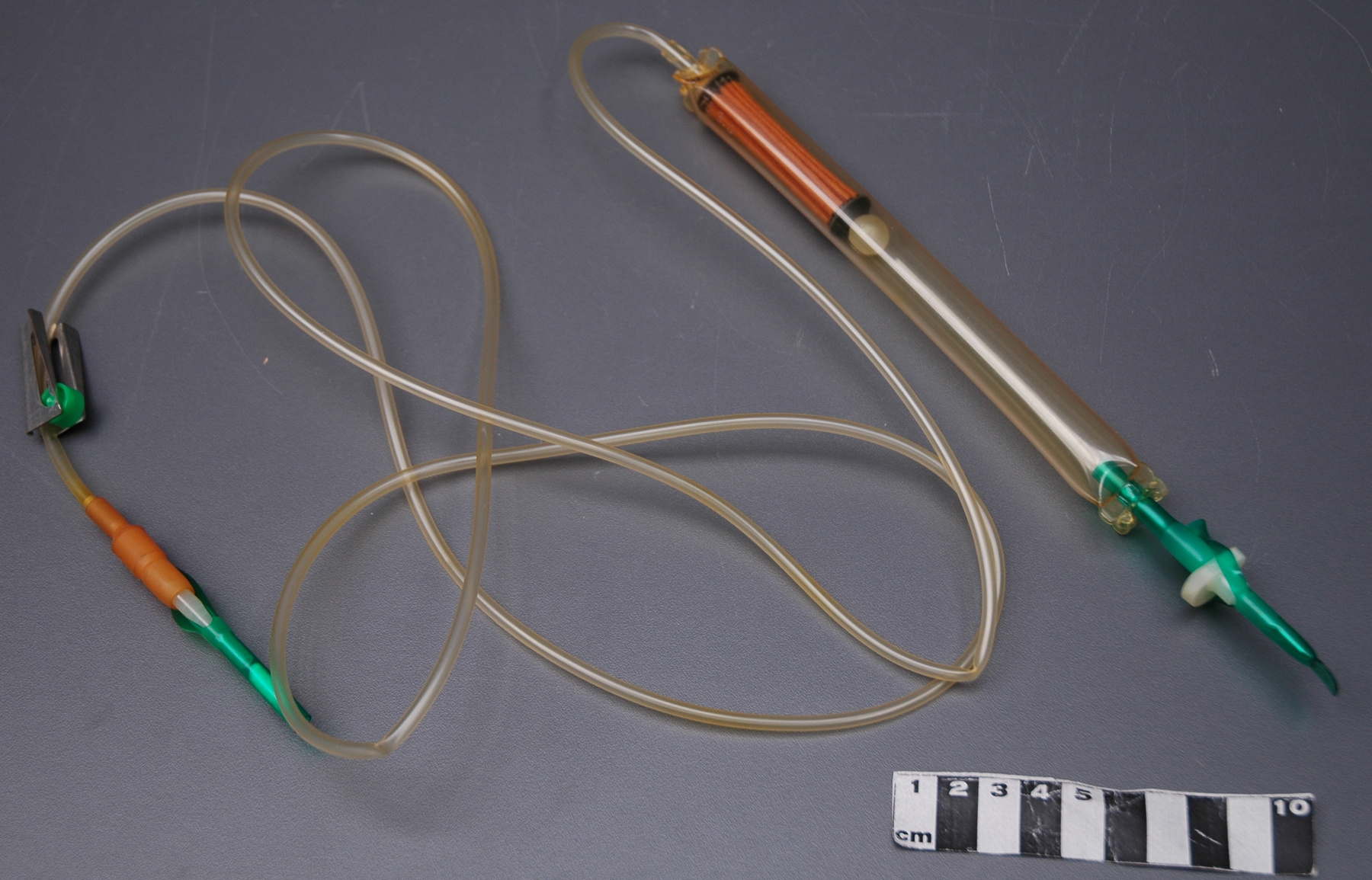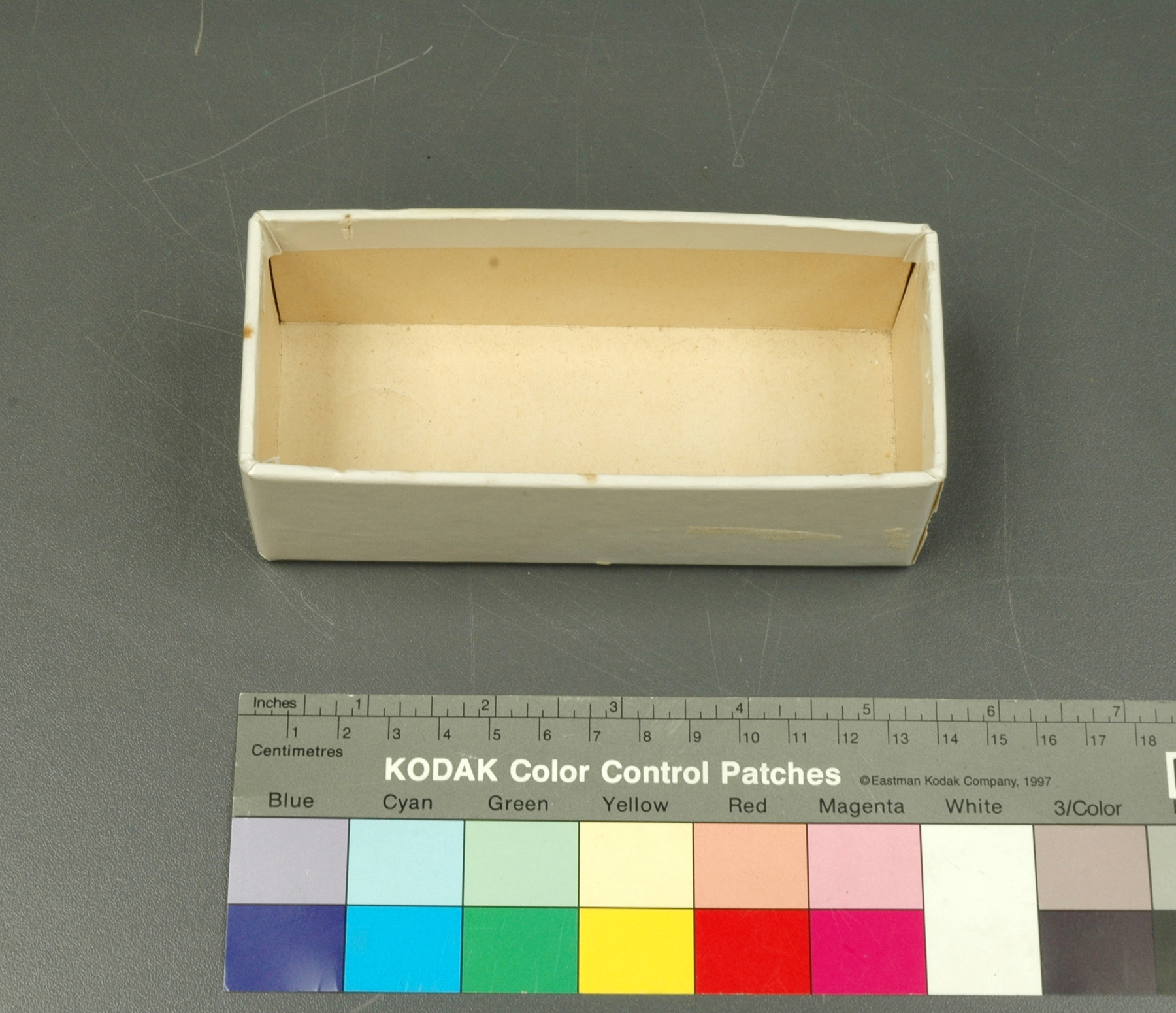Box
Use this image
Can I reuse this image without permission? Yes
Object images on the Ingenium Collection’s portal have the following Creative Commons license:
Copyright Ingenium / CC BY-NC-ND (Attribution-NonCommercial 4.0 International (CC BY-NC 4.0)
ATTRIBUTE THIS IMAGE
Ingenium,
2014.0038.002
Permalink:
Ingenium is releasing this image under the Creative Commons licensing framework, and encourages downloading and reuse for non-commercial purposes. Please acknowledge Ingenium and cite the artifact number.
DOWNLOAD IMAGEPURCHASE THIS IMAGE
This image is free for non-commercial use.
For commercial use, please consult our Reproduction Fees and contact us to purchase the image.
- OBJECT TYPE
- Carboard
- DATE
- 1950–1959
- ARTIFACT NUMBER
- 2014.0038.002
- MANUFACTURER
- Ayerst, McKenna & Harrison Ltd.
- MODEL
- Unknown
- LOCATION
- Montréal, Québec, Canada
More Information
General Information
- Serial #
- N/A
- Part Number
- 2
- Total Parts
- 10
- AKA
- N/A
- Patents
- N/A
- General Description
- Card stock construction
Dimensions
Note: These reflect the general size for storage and are not necessarily representative of the object's true dimensions.
- Length
- 13.4 cm
- Width
- 5.5 cm
- Height
- 4.5 cm
- Thickness
- N/A
- Weight
- N/A
- Diameter
- N/A
- Volume
- N/A
Lexicon
- Group
- Medical Technology
- Category
- Chemicals & medications
- Sub-Category
- N/A
Manufacturer
- AKA
- Ayerst
- Country
- Canada
- State/Province
- Québec
- City
- Montréal
Context
- Country
- Unknown
- State/Province
- Unknown
- Period
- Unknown
- Canada
-
Part of a collection of medical technologies donated to the Canada Science and Technology Museums Corporation by the Canadian Anesthesiologists’ Society. This object was on display as part ‘An Exhibit on Inhalers and Vaporizers, 1847-1968’ at CAS’s Annual Meeting in Ottawa in 2003. This inhaler was developed by Dr. Ronald Stephen of Montreal in partnership with colleagues at Duke University. - Function
-
To contain and protect contents - Technical
-
“The Duke inhaler for the administration of Trilene was developed in 1951-52 by Ronald Stephen (formerly of Montreal) and others at Duke University. It was used primarily as a self-administered means of pain relief in childbirth, but liked the Columbus inhaler, it could be used to provide analgesia during dentistry and dressing changes. It is of interest that similar self-administration devices had been used in the 19th century for the delivery of chloroform during childbirth. The Duke inhaler was evidently successful: some 50,000 inhalers were sold, with the royalty of $2.00 per inhaler going to improve laboratory facilities in the Duke department of anesthesia. (The department was a division of surgery rather than an autonomous department, which is why laboratories were, in Stephen’s words “sorely needed” – and why Stephen moved to Dallas and then to St. Louis.)” “The inhaler made use of the drawover principle, and a nonrebreathing mechanism prevent accumulation of carbon dioxide. An inlet tube at the neck of the apparatus permitted the addition of oxygen. The concentration of Trilene, which did no exceed 0.3 to 0.5%, could be controlled by the patient. The face mask was applied over the nose and mouth. A wrist strap kept the inhaler from falling too far from the patient when not in use.” (ref.2) - Area Notes
-
Unknown
Details
- Markings
- None
- Missing
- Appears complete
- Finish
- Off white colour card
- Decoration
- N/A
CITE THIS OBJECT
If you choose to share our information about this collection object, please cite:
Ayerst, McKenna & Harrison Ltd., Box, between 1950–1959, Artifact no. 2014.0038, Ingenium – Canada’s Museums of Science and Innovation, http://collections.ingeniumcanada.org/en/item/2014.0038.002/
FEEDBACK
Submit a question or comment about this artifact.
More Like This
